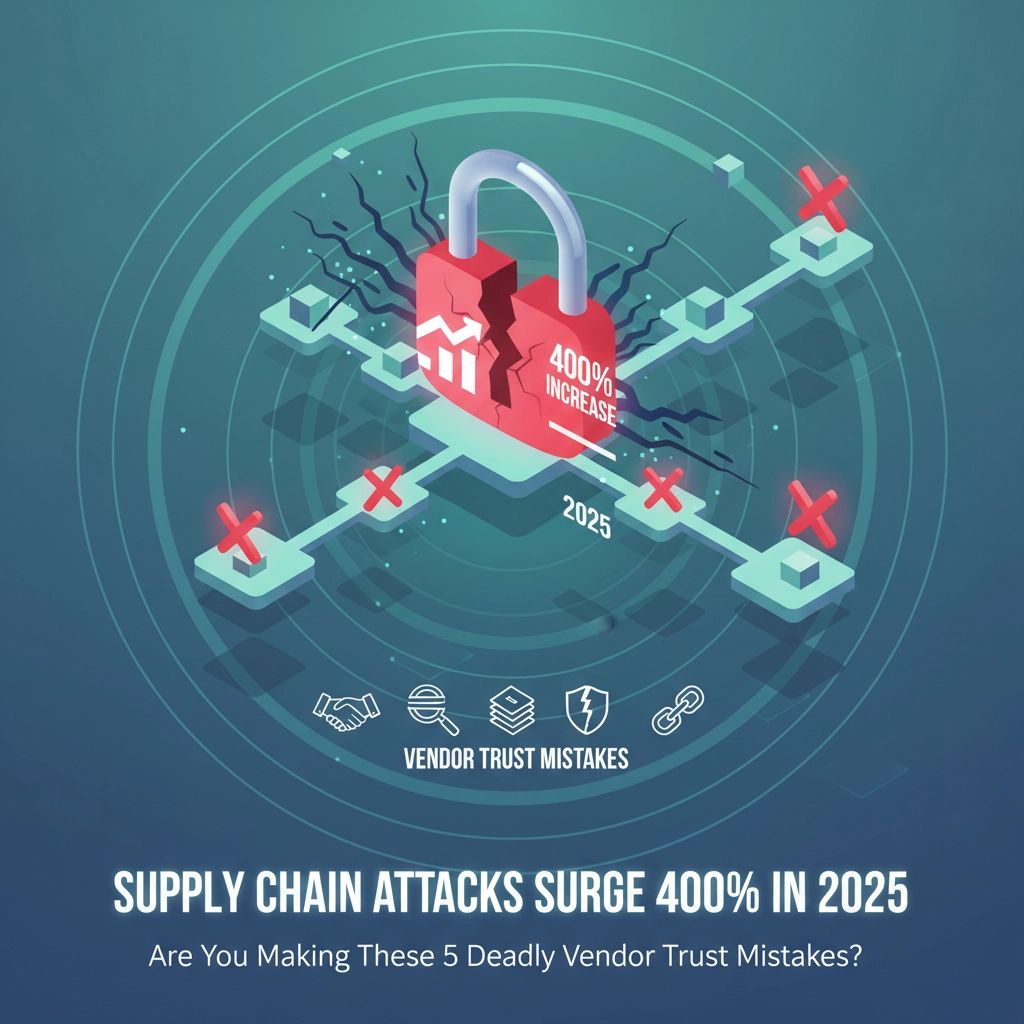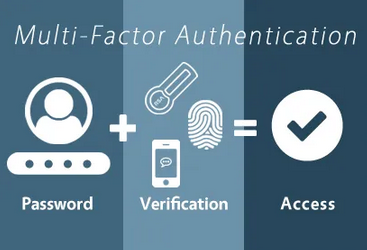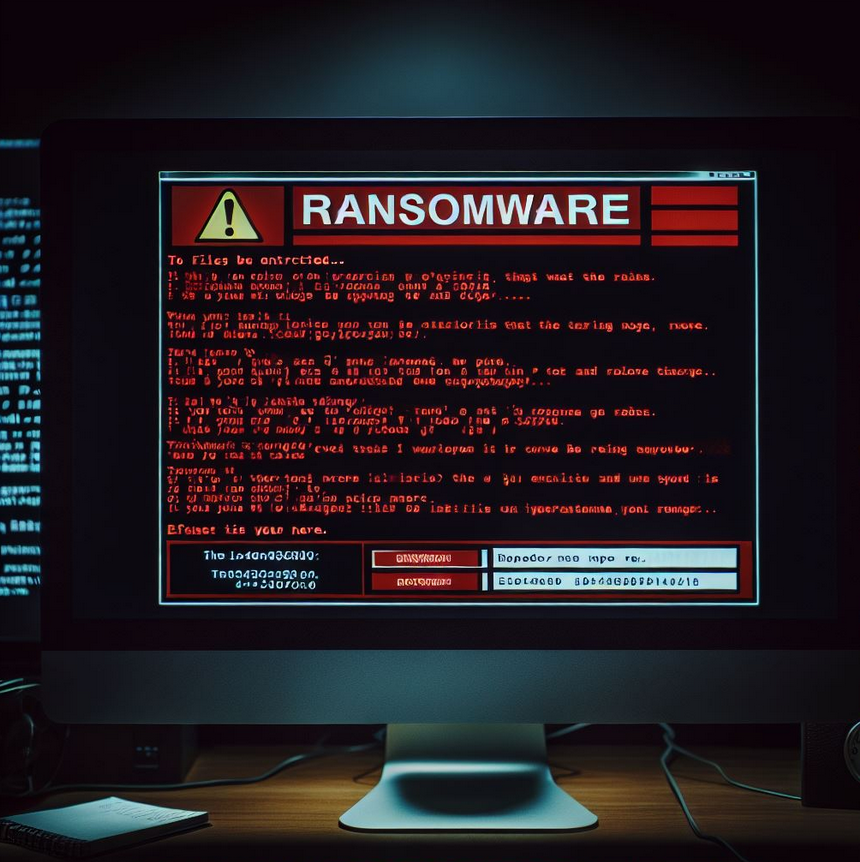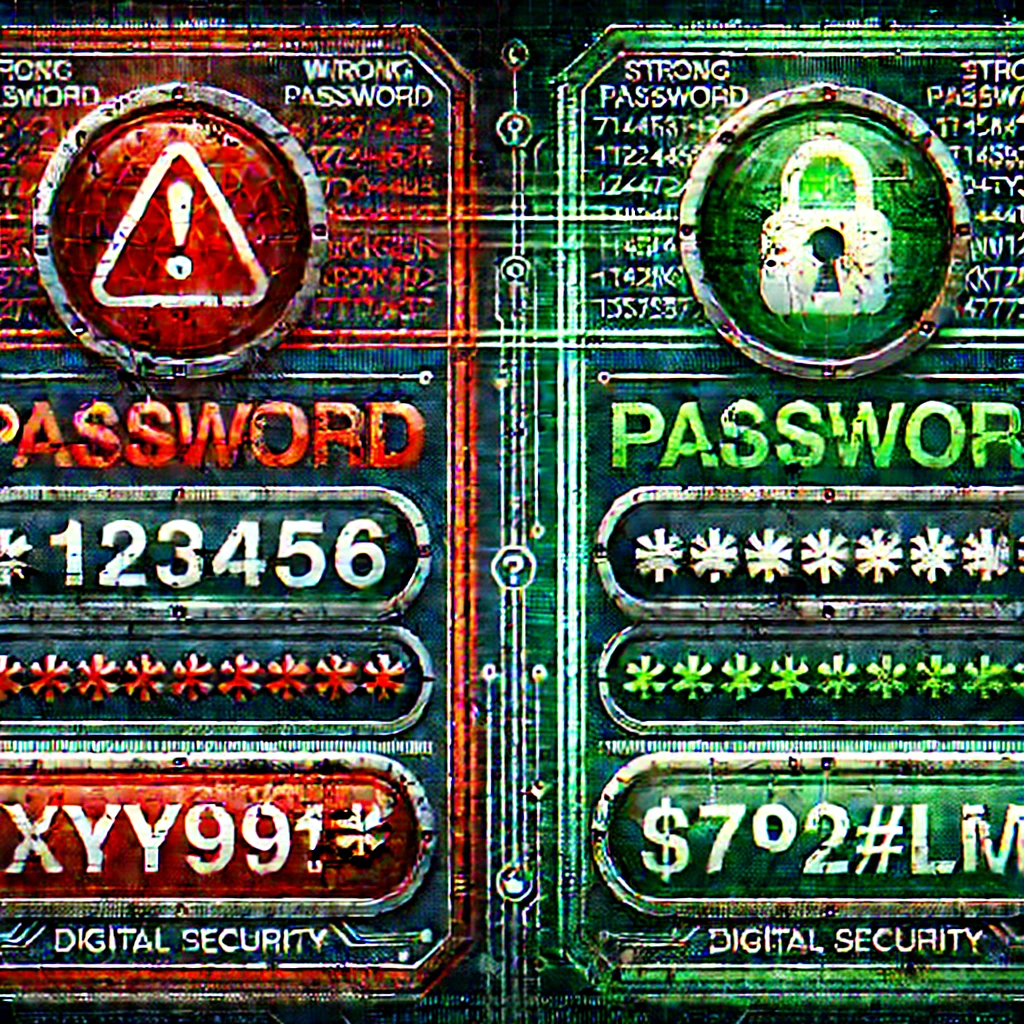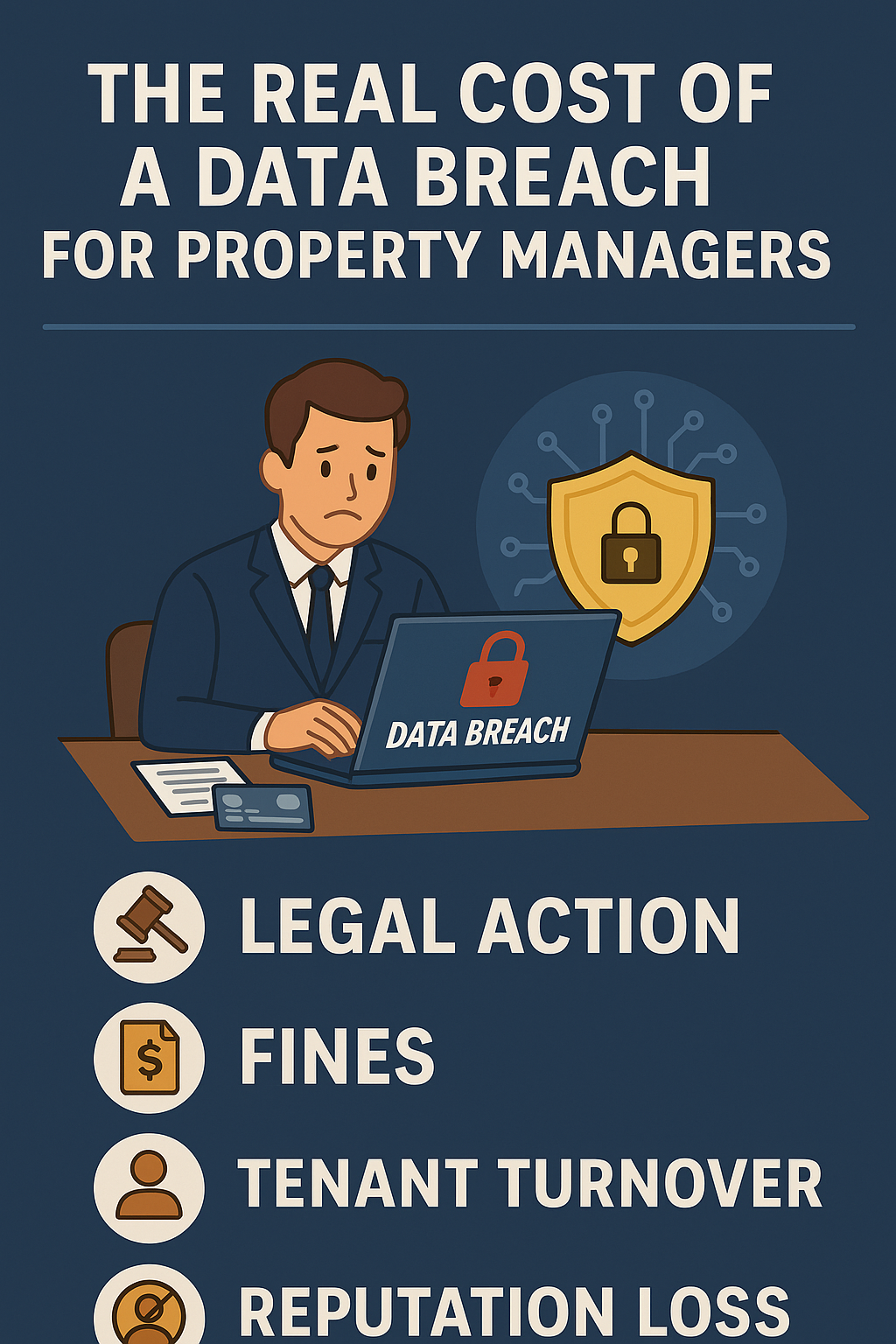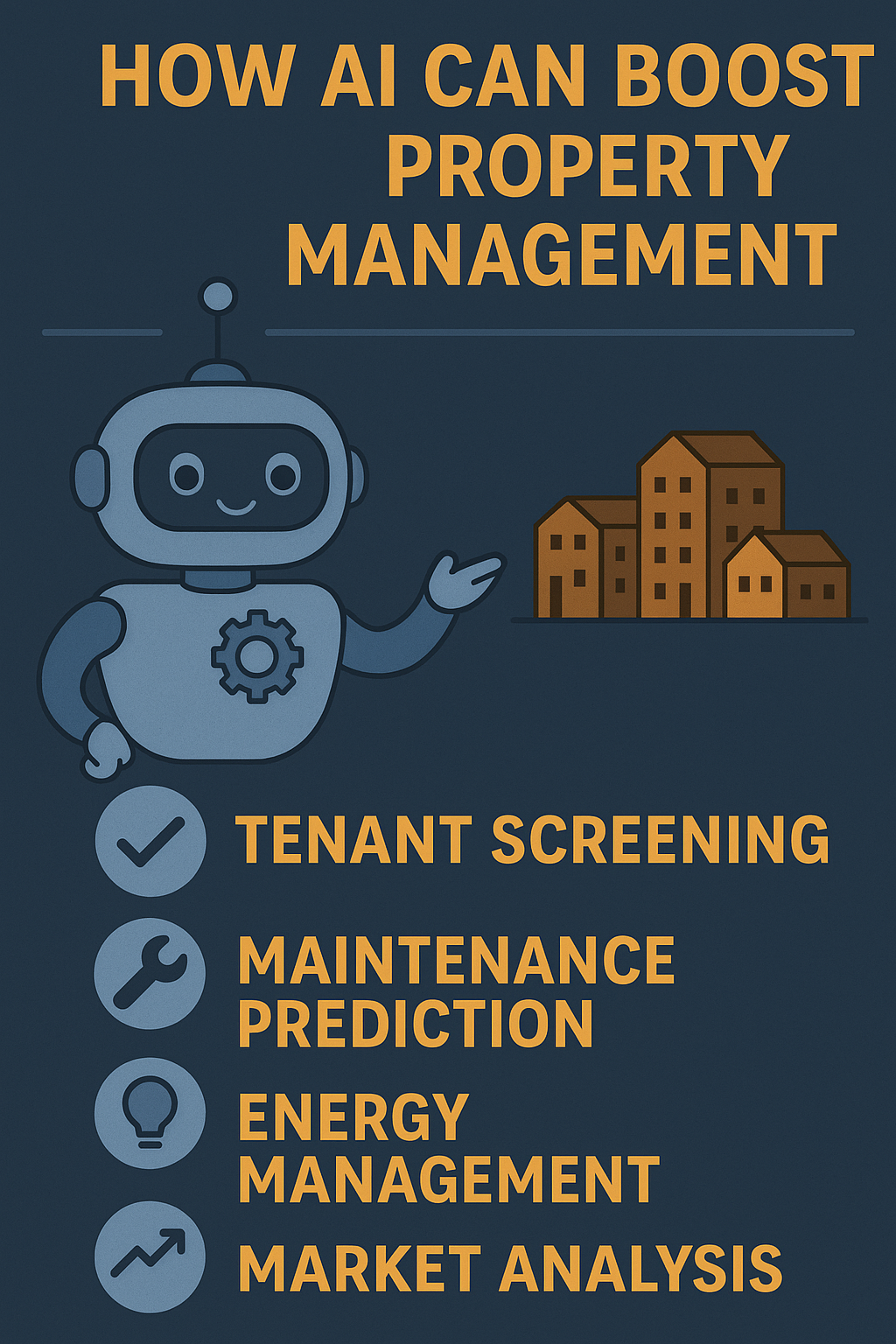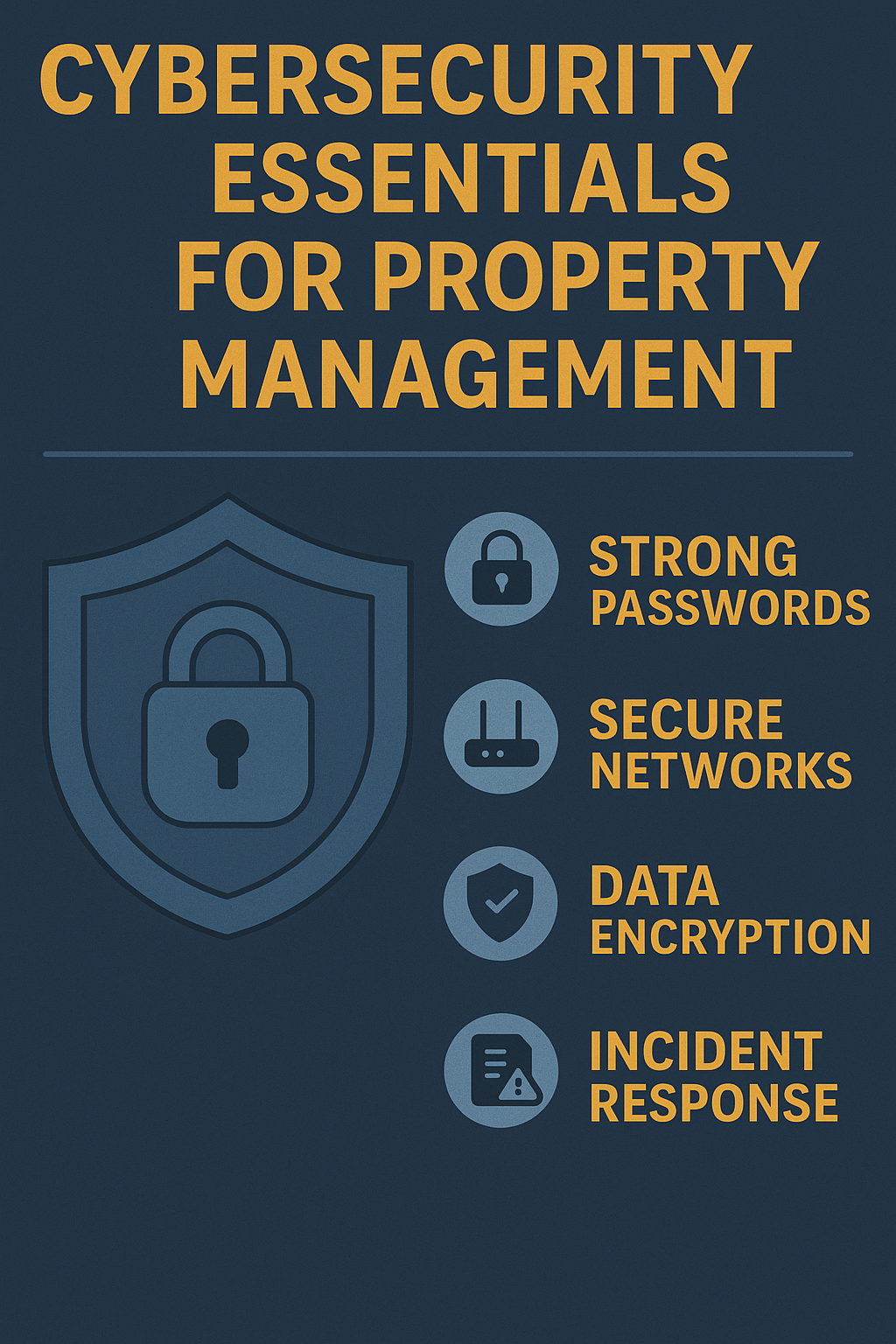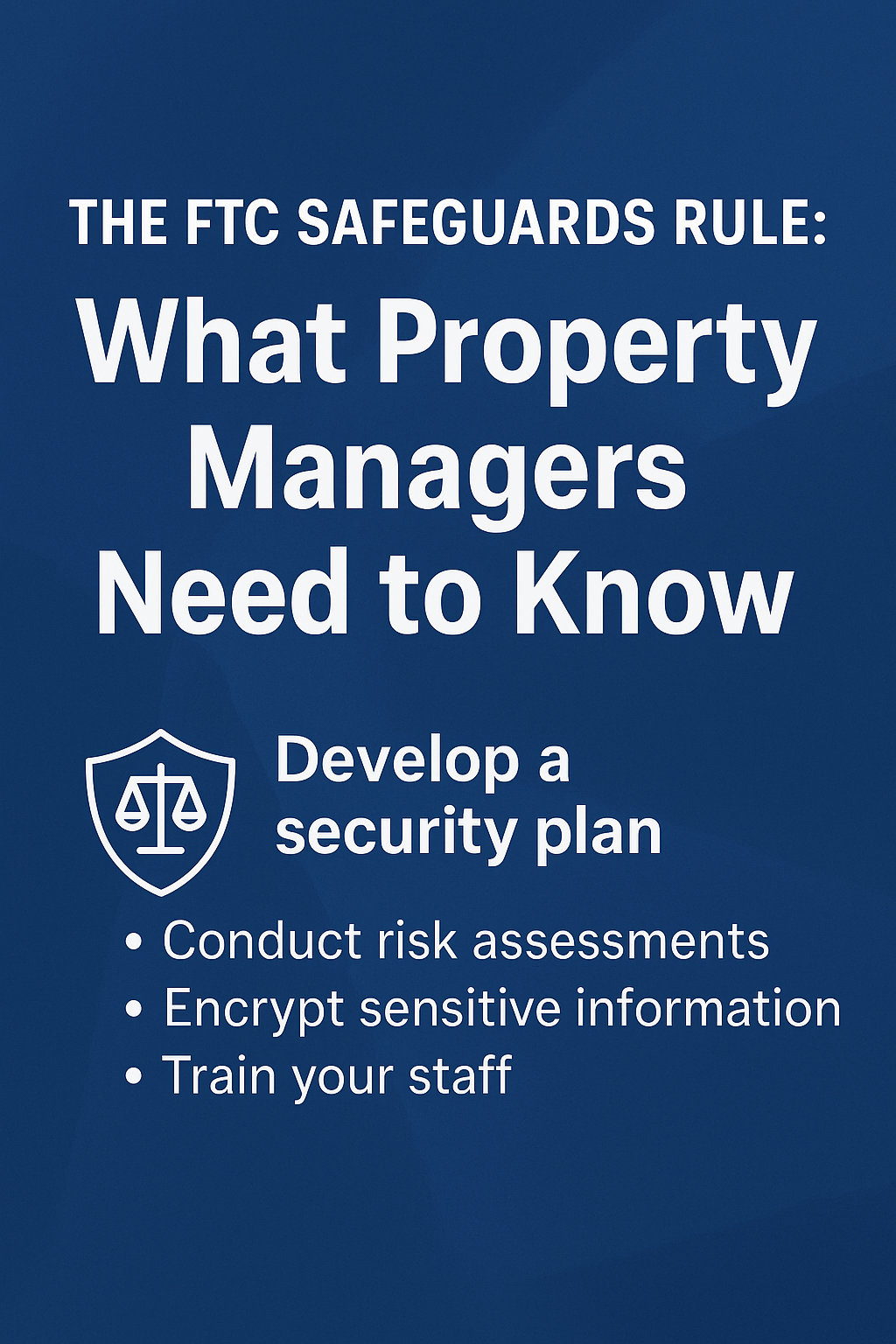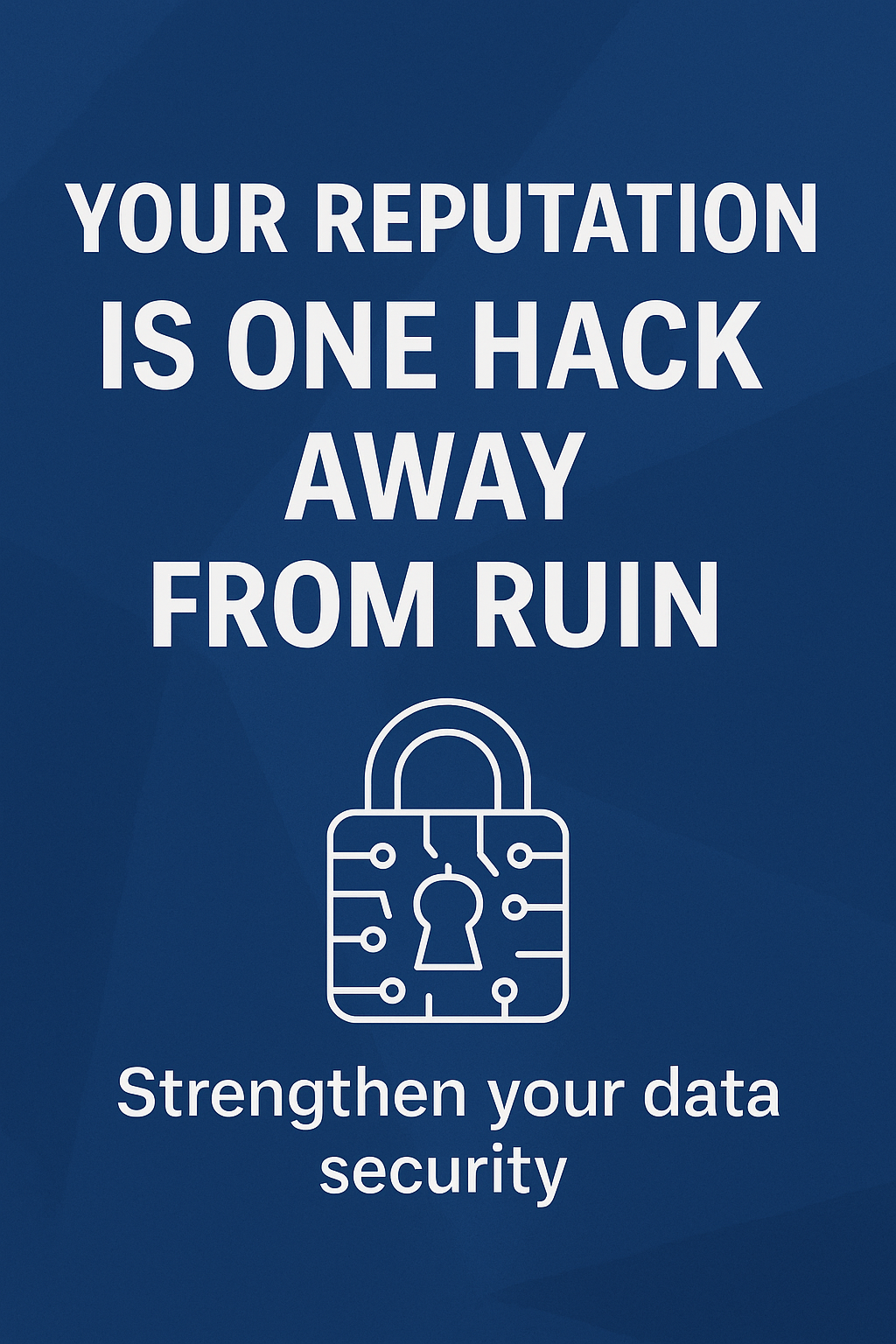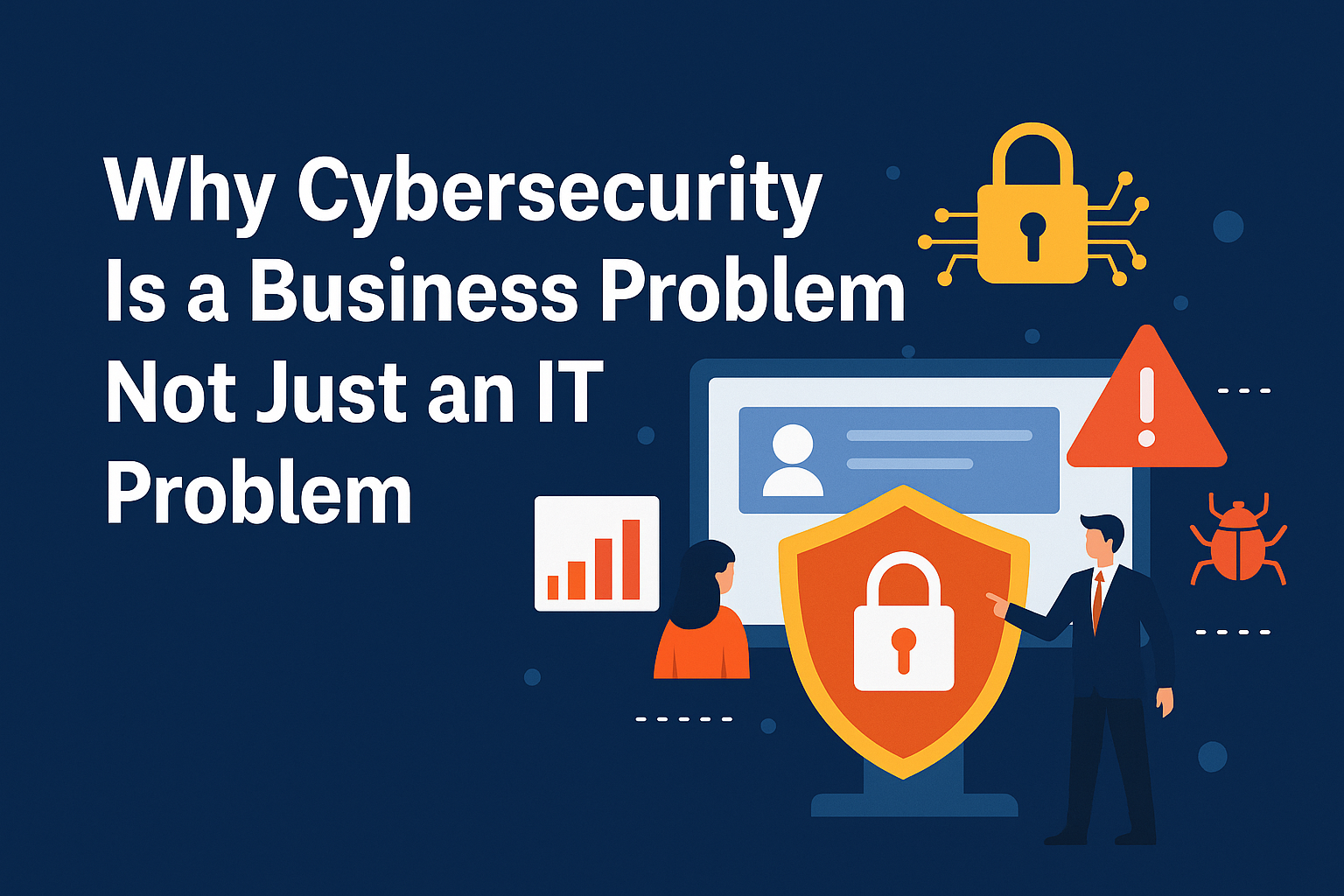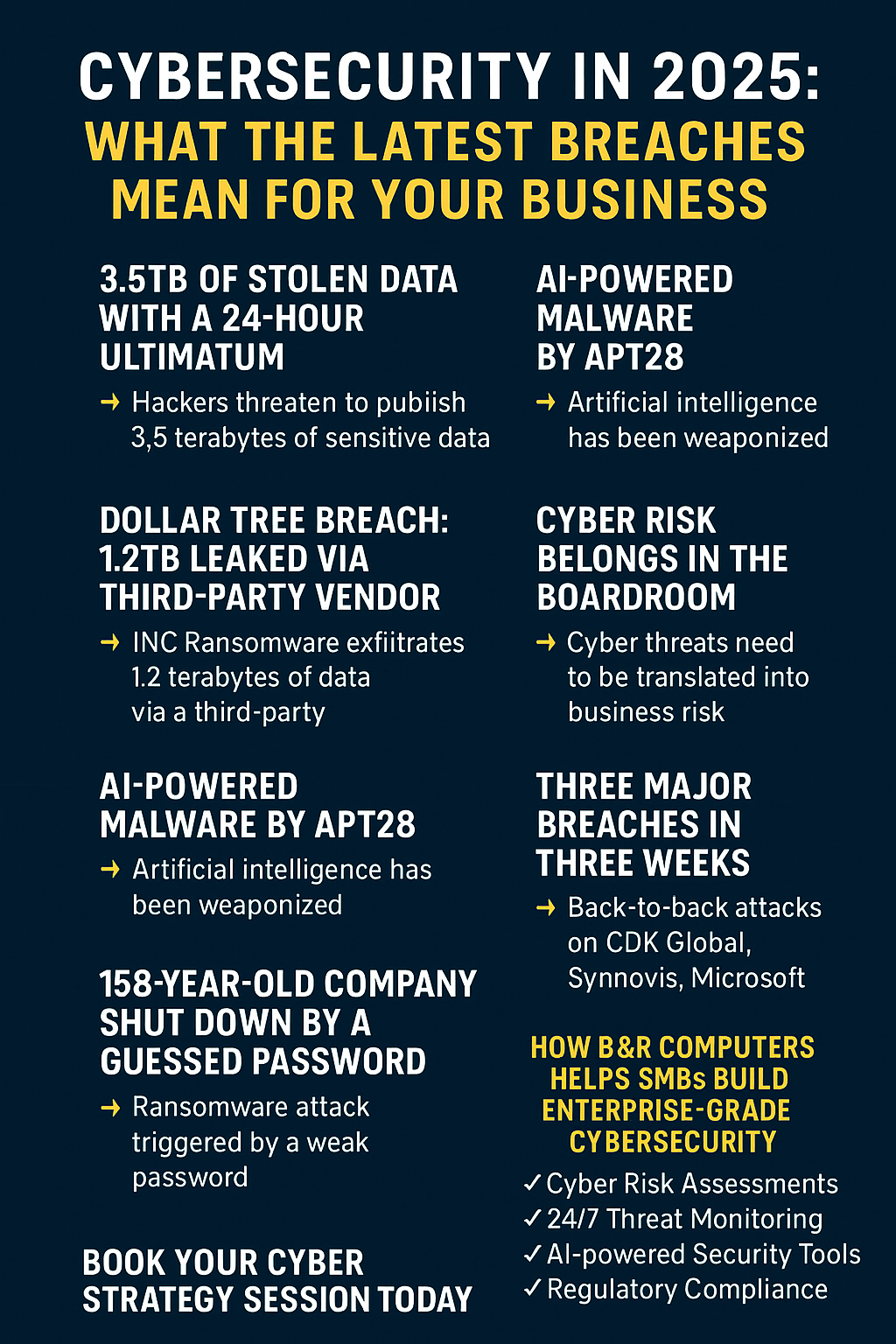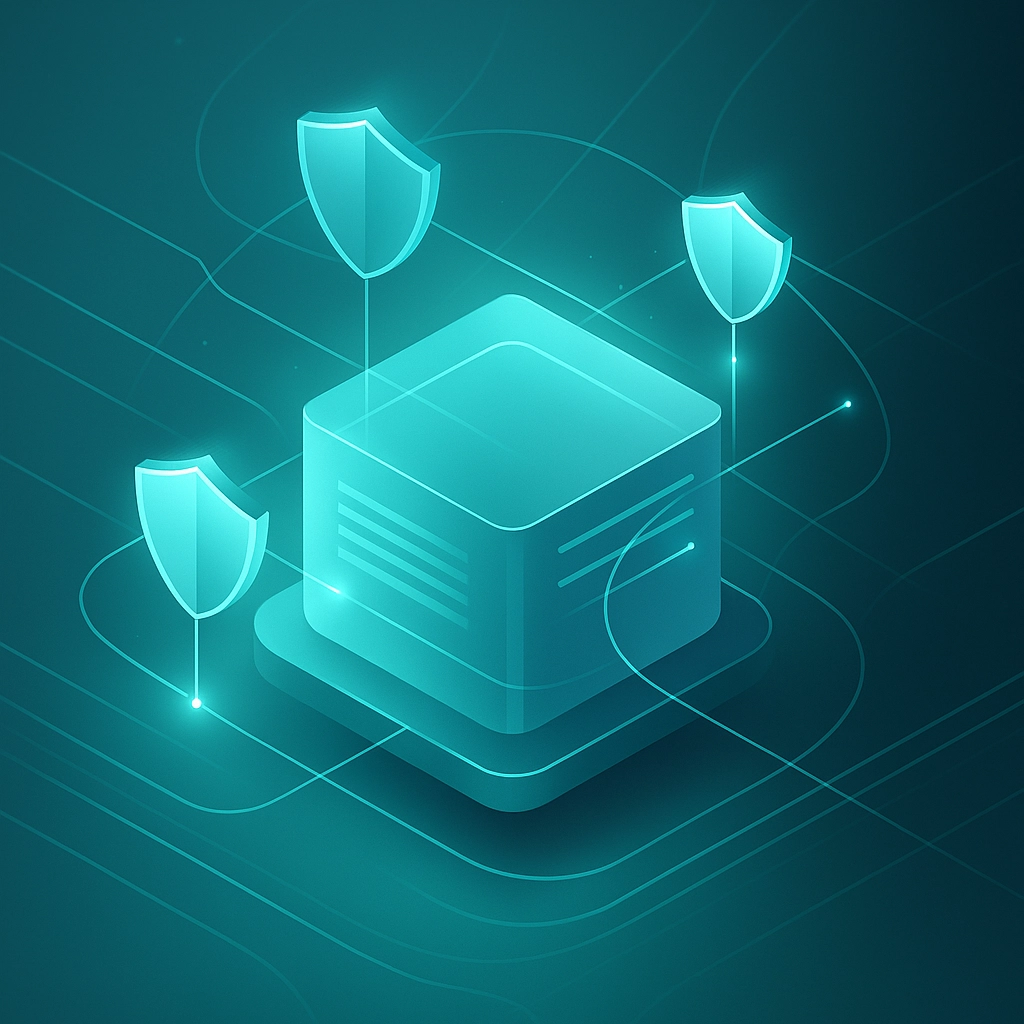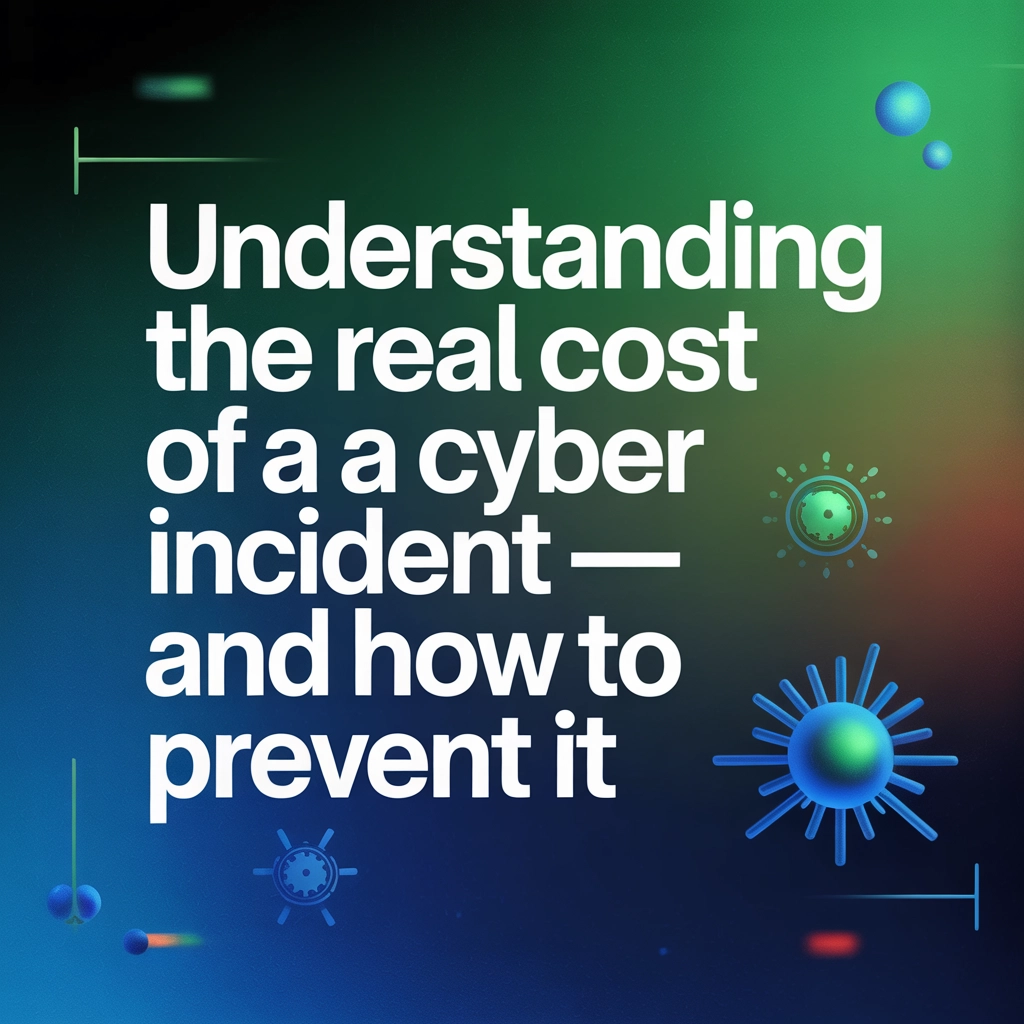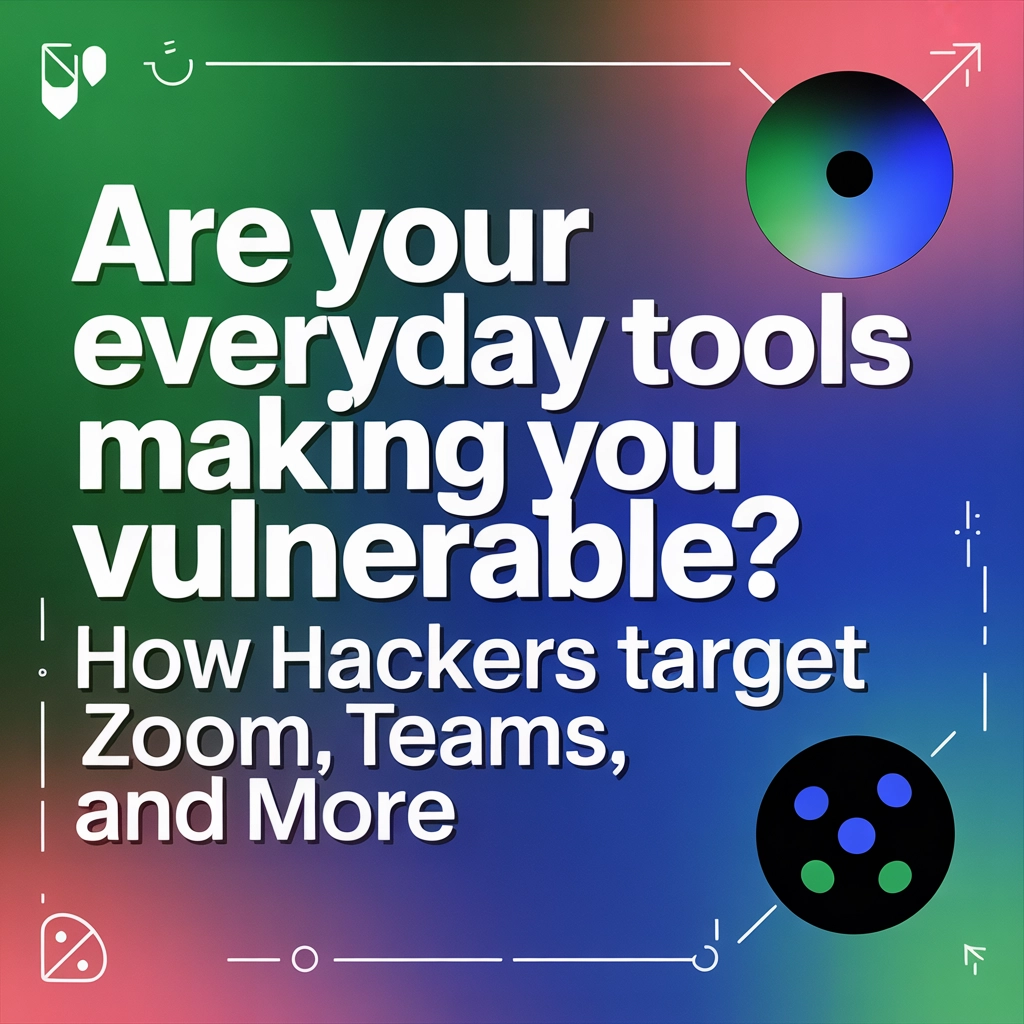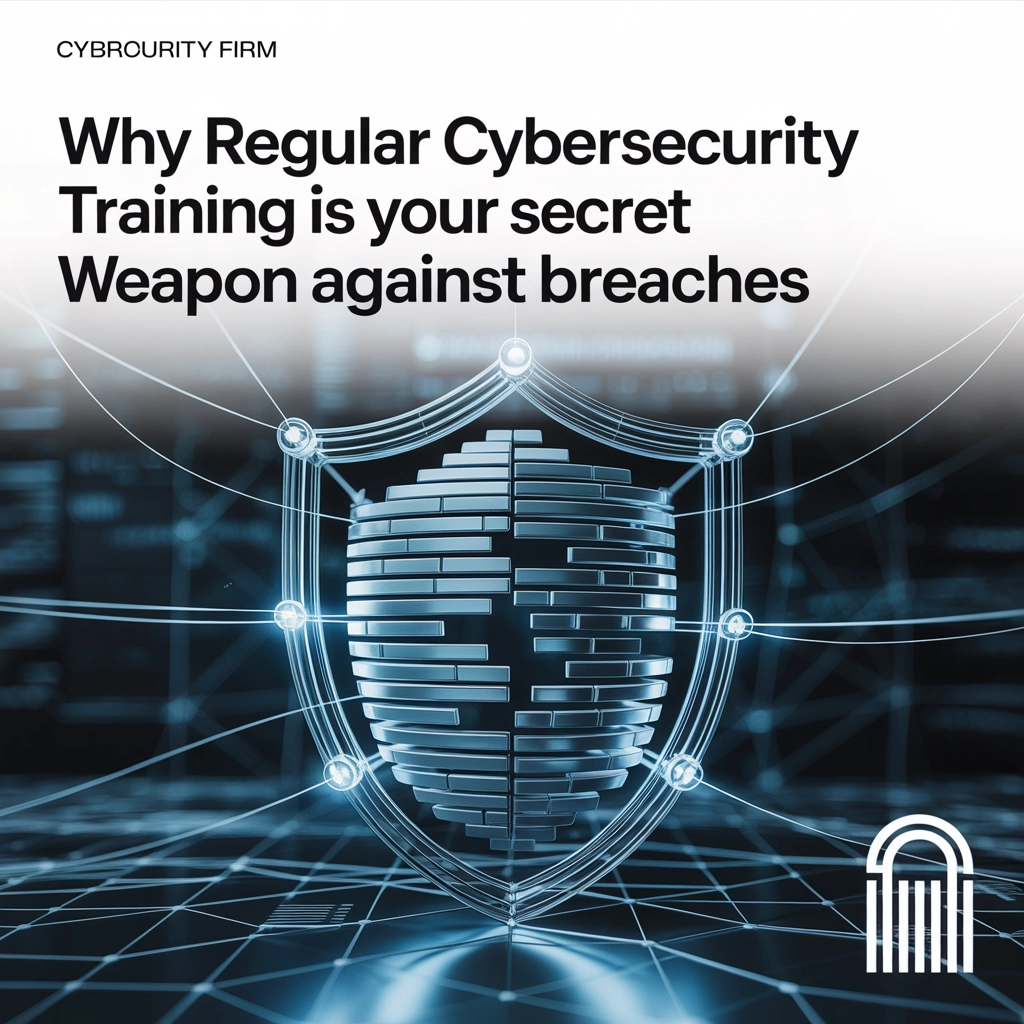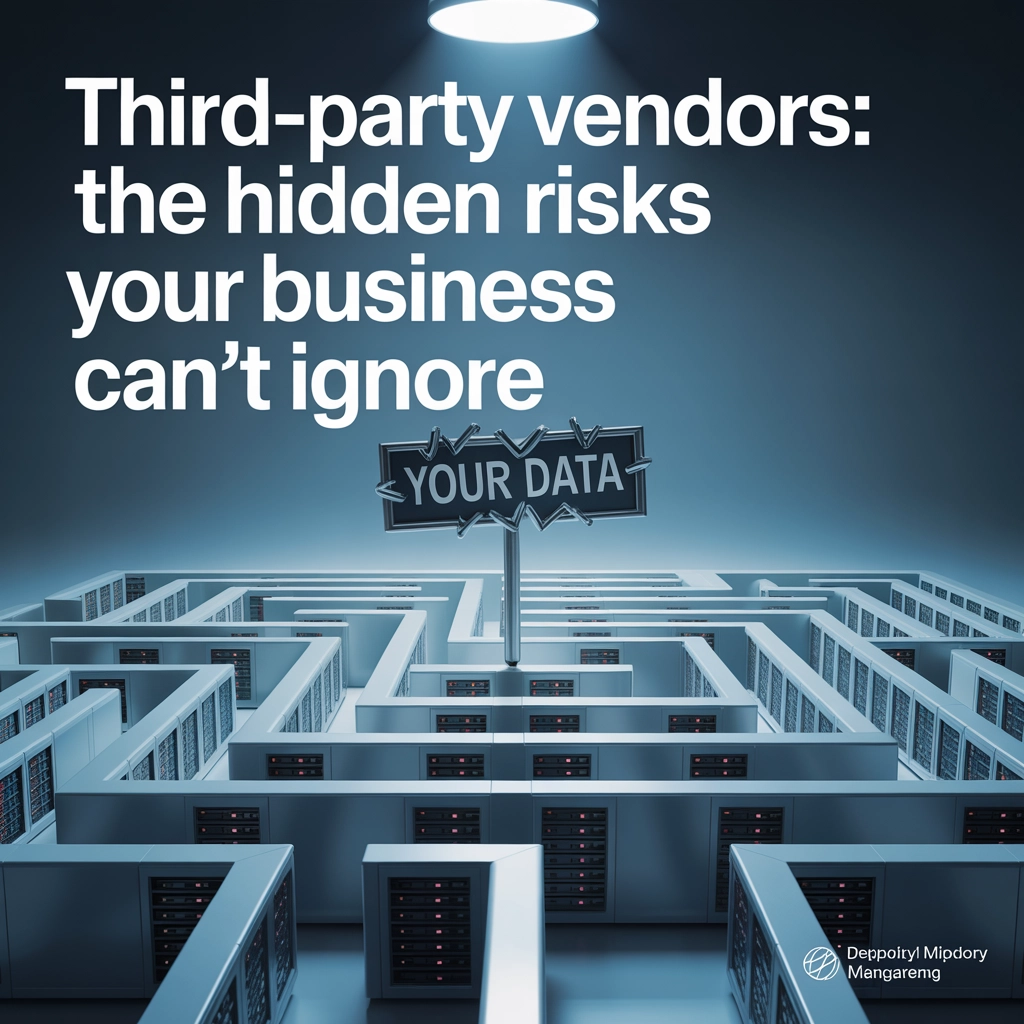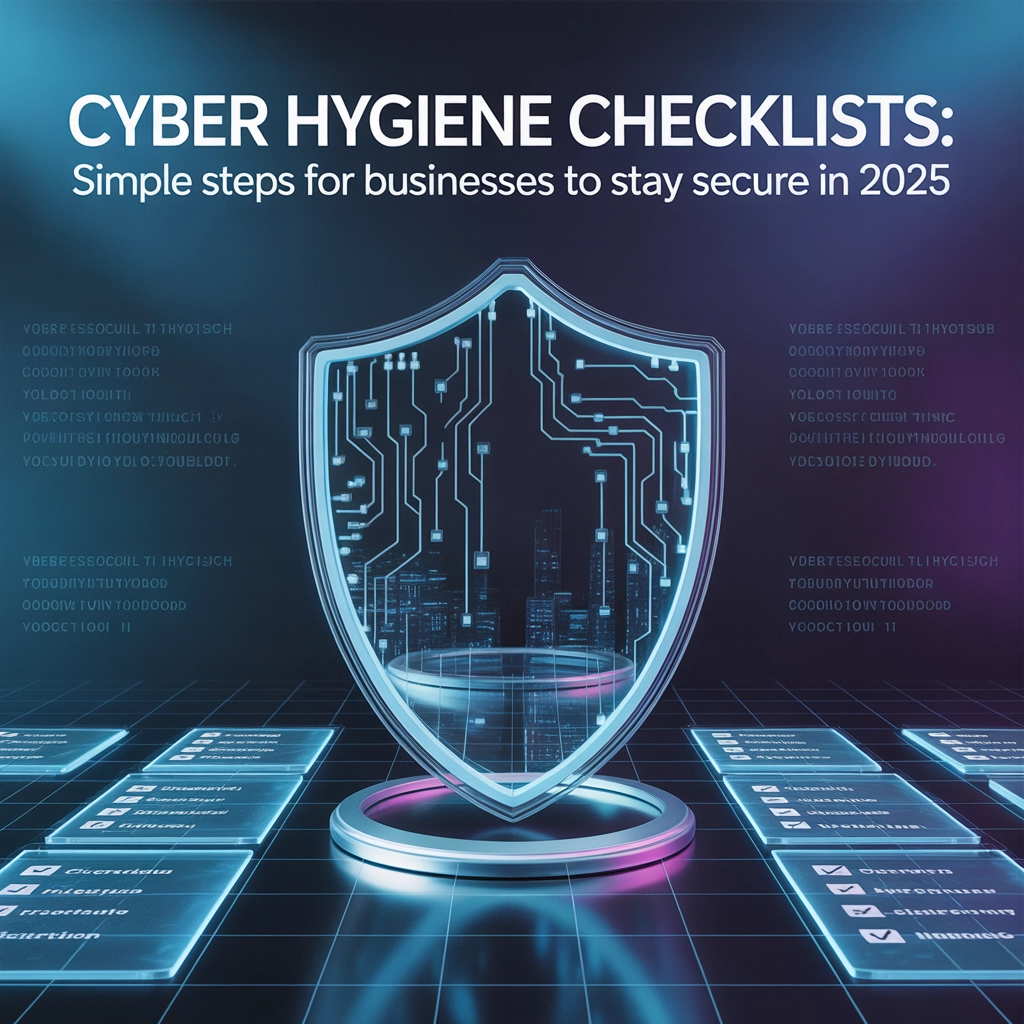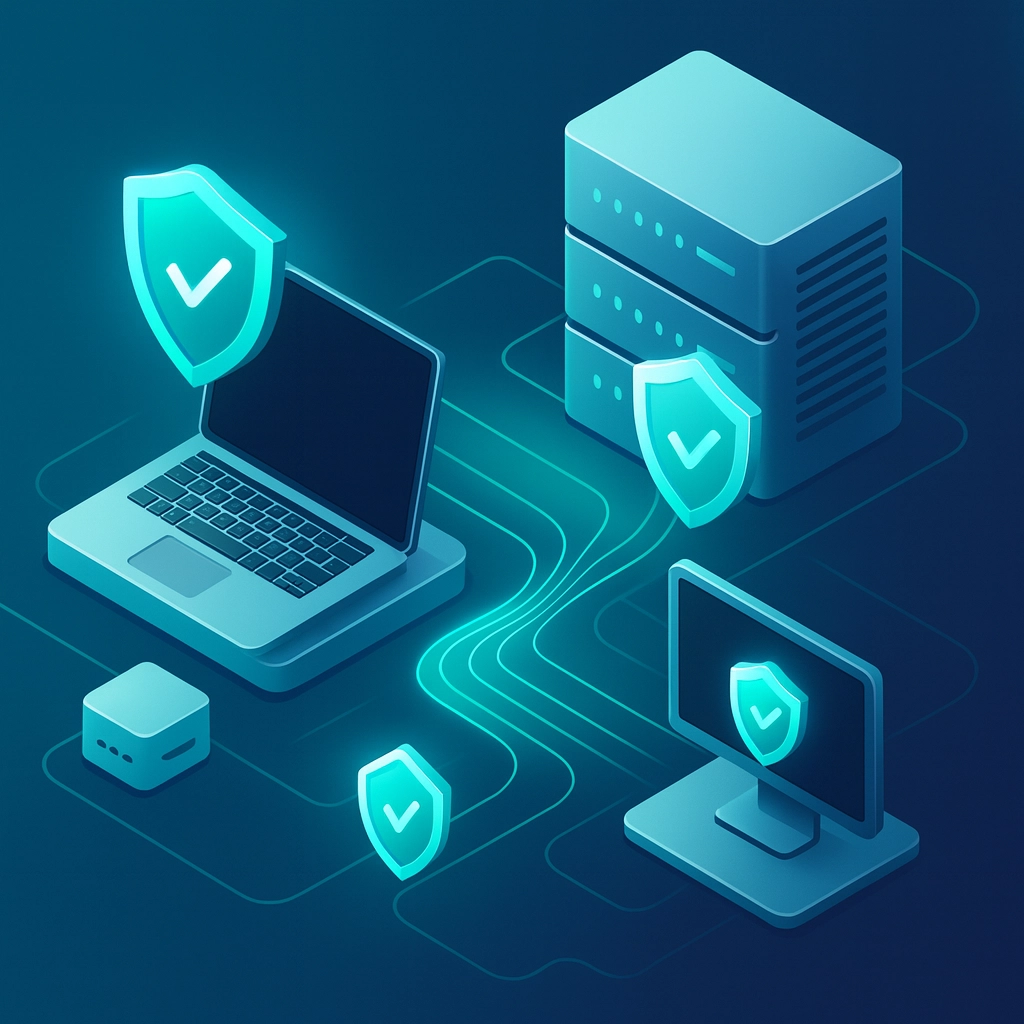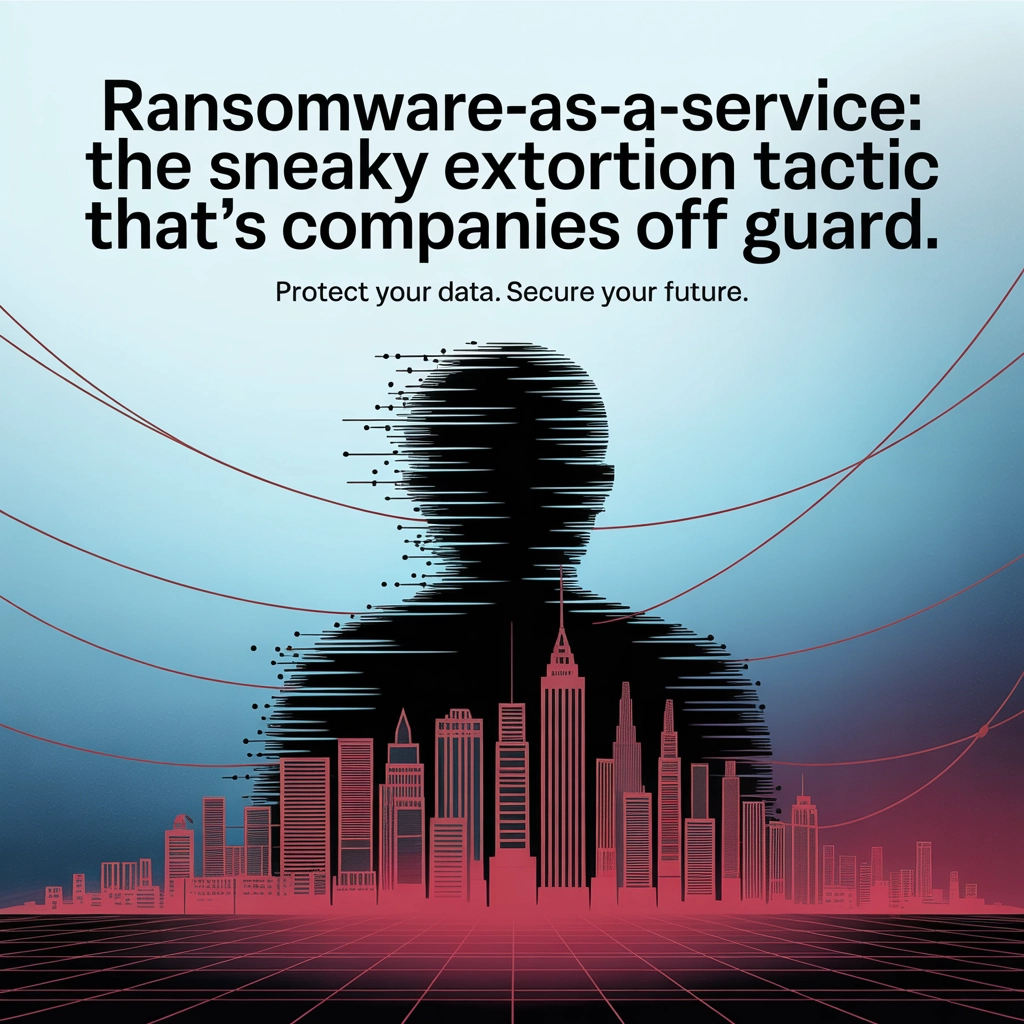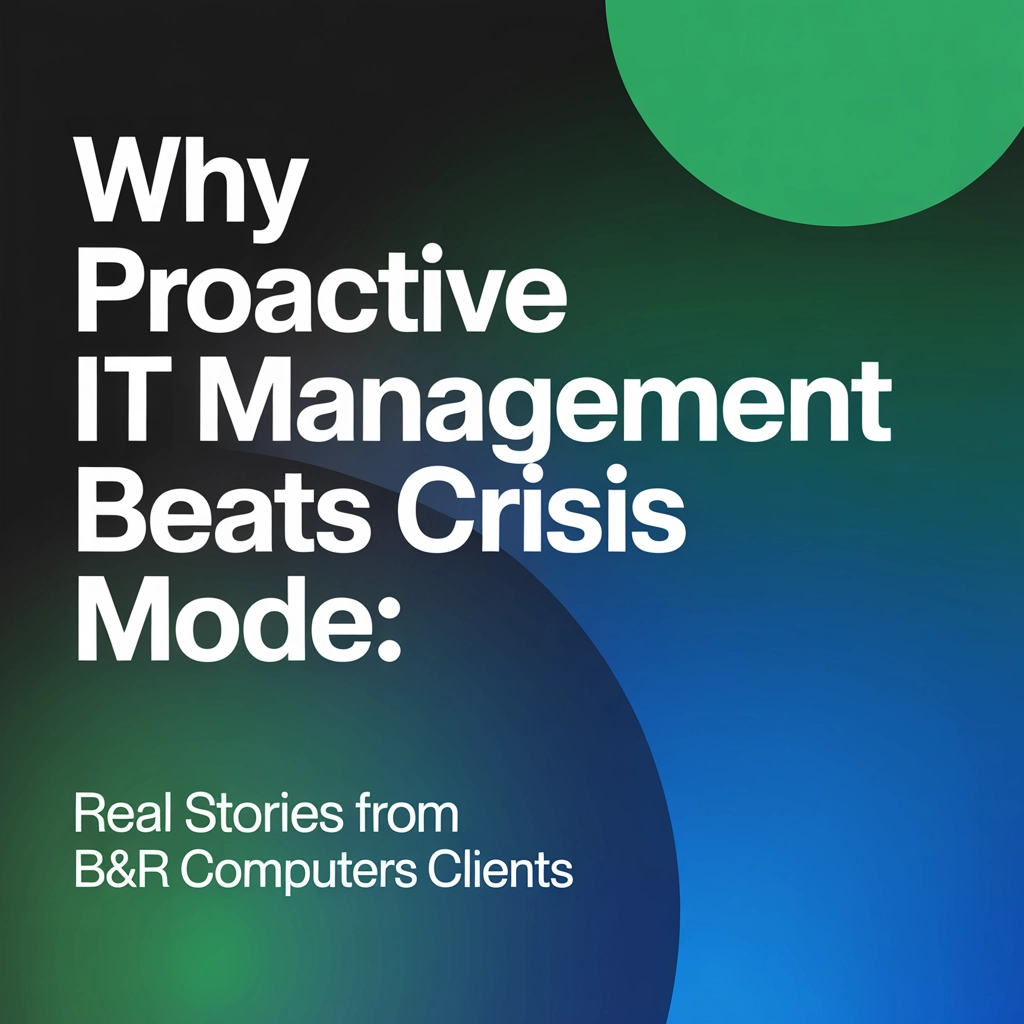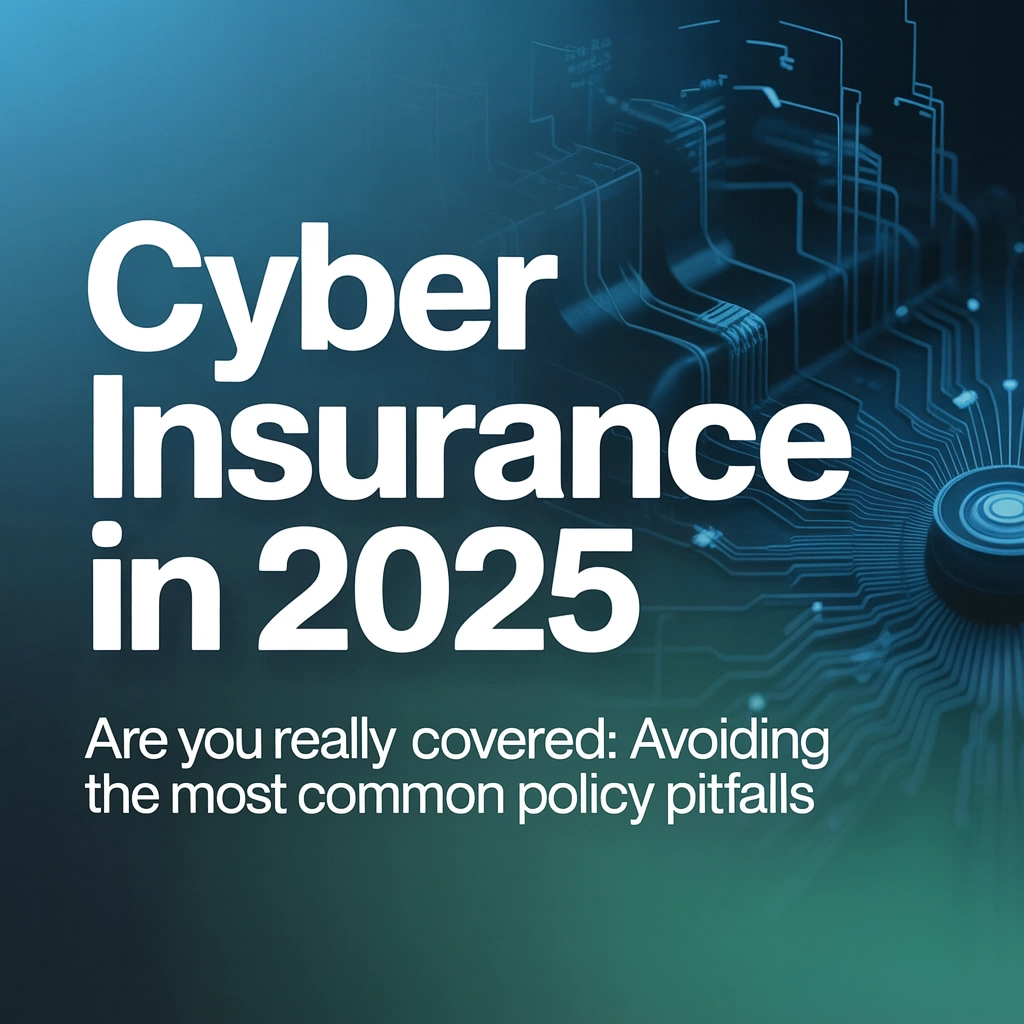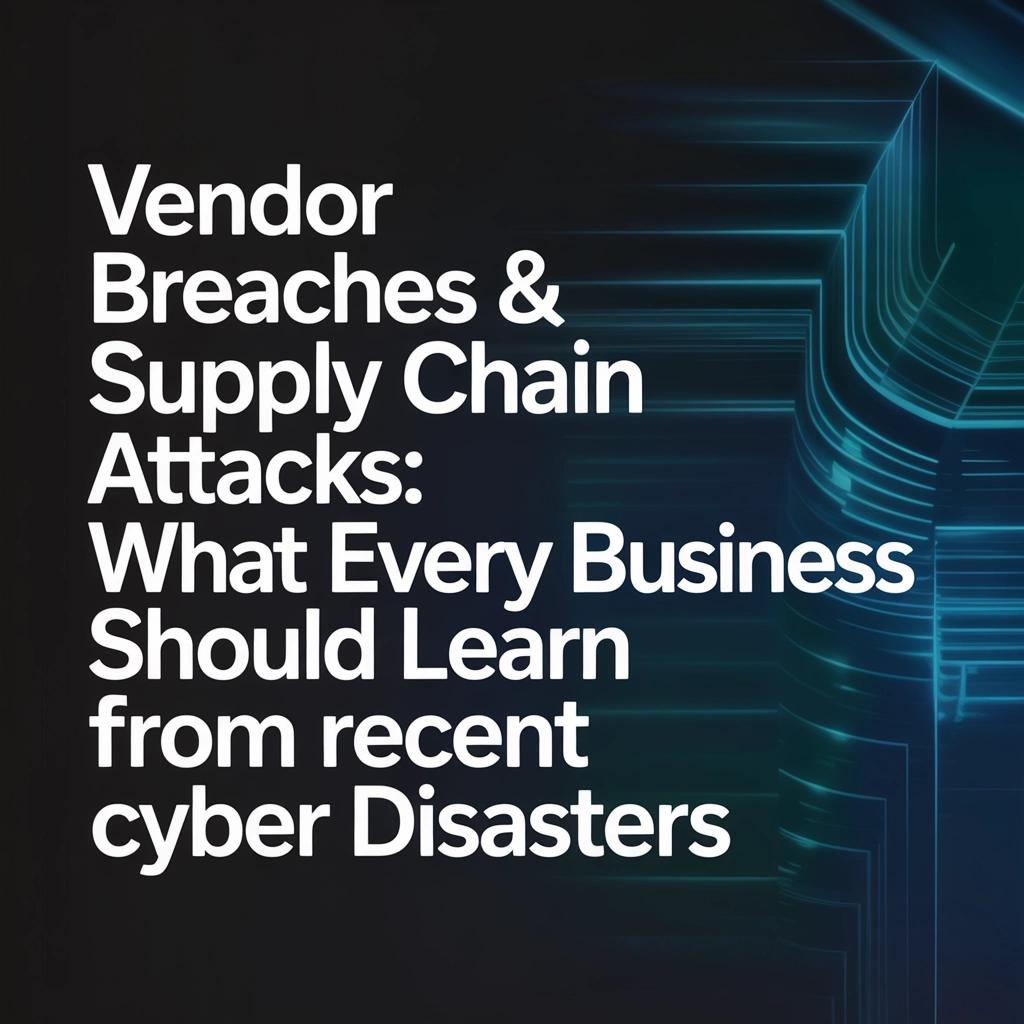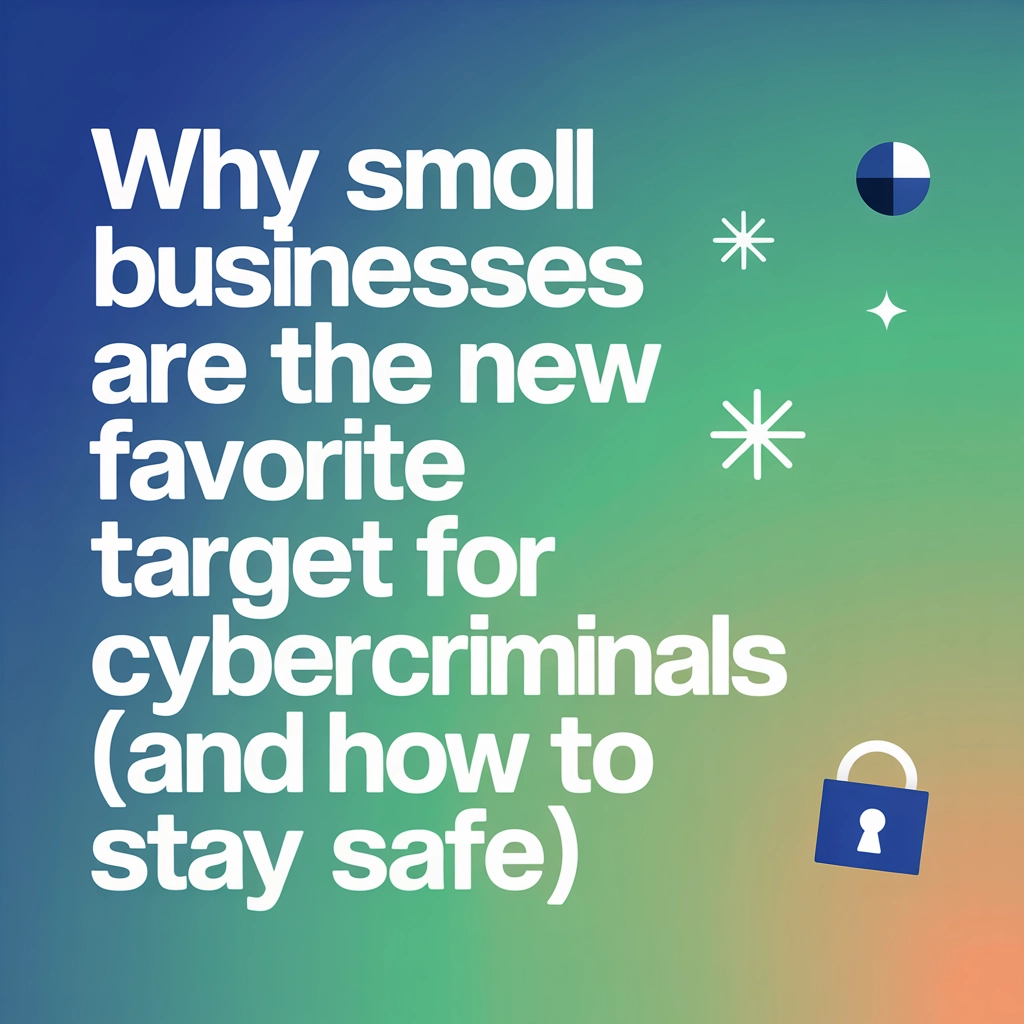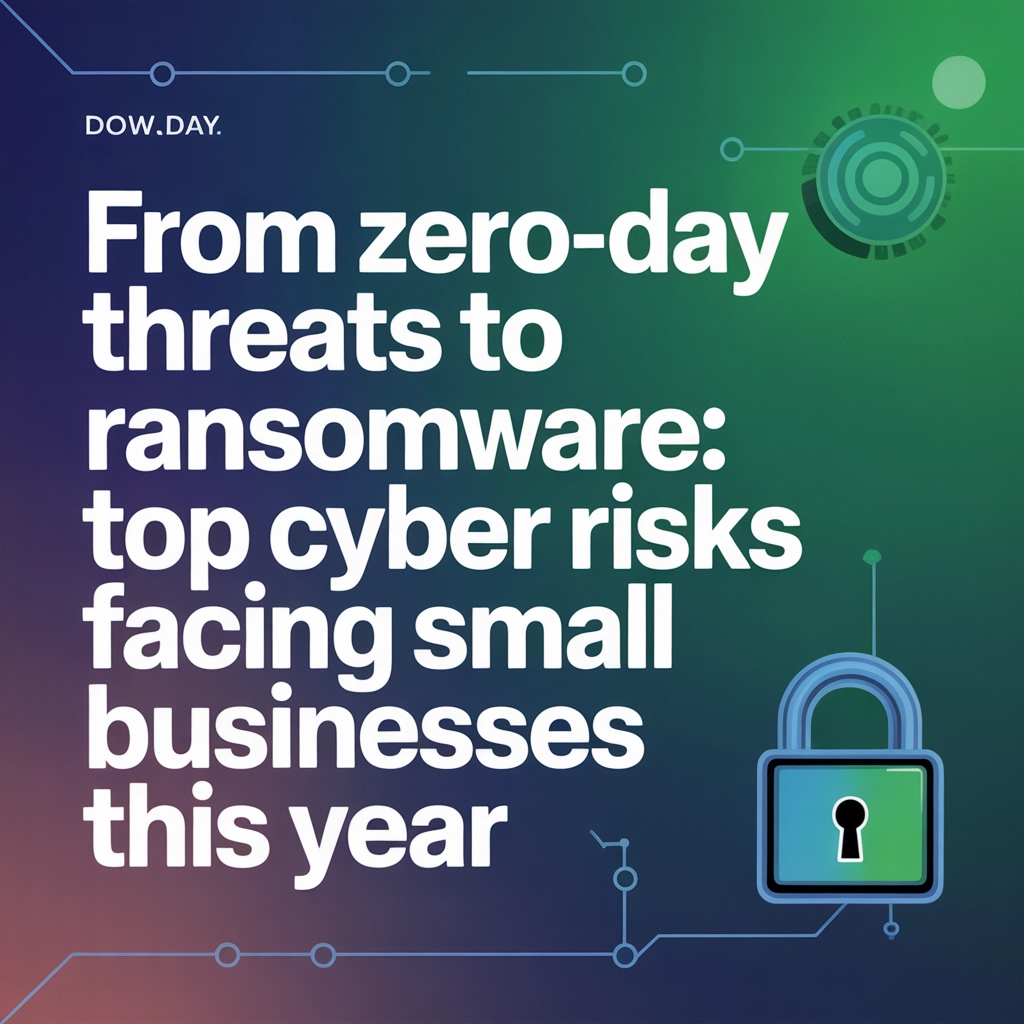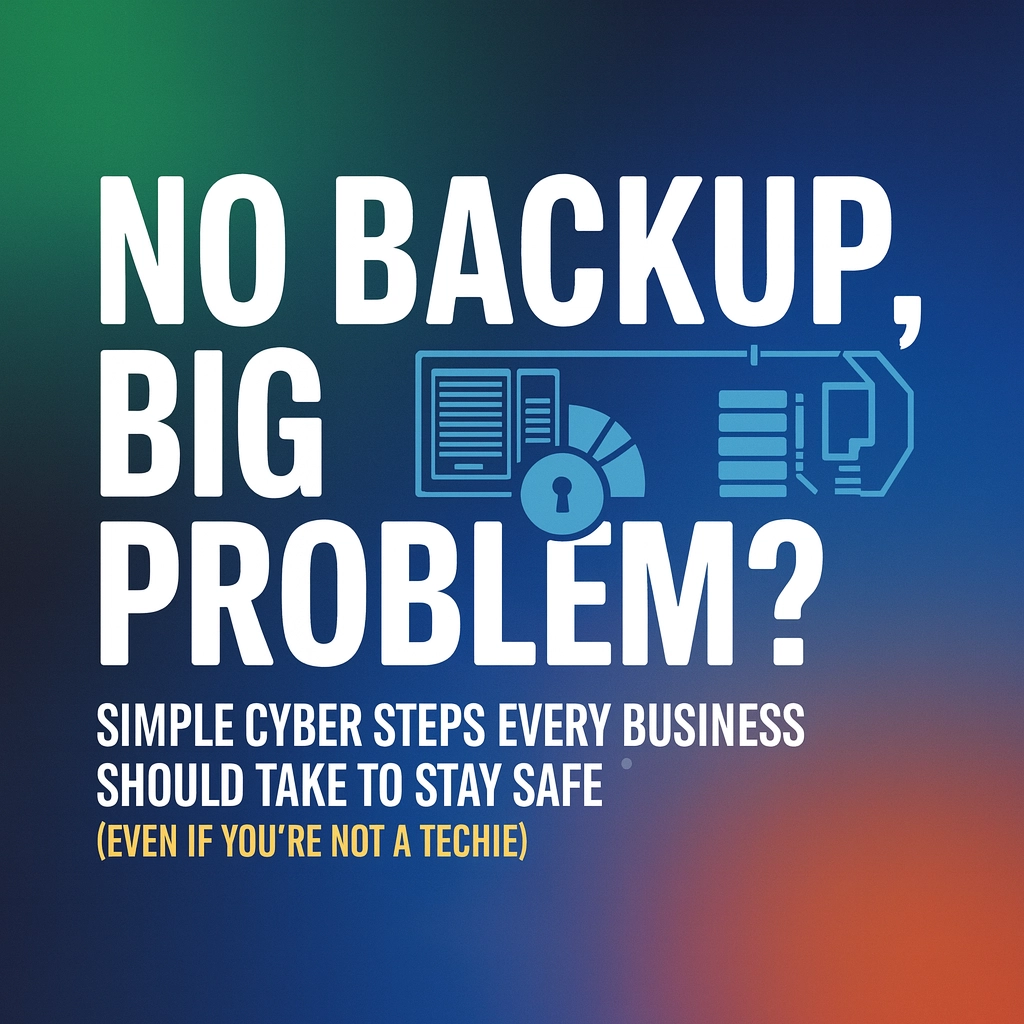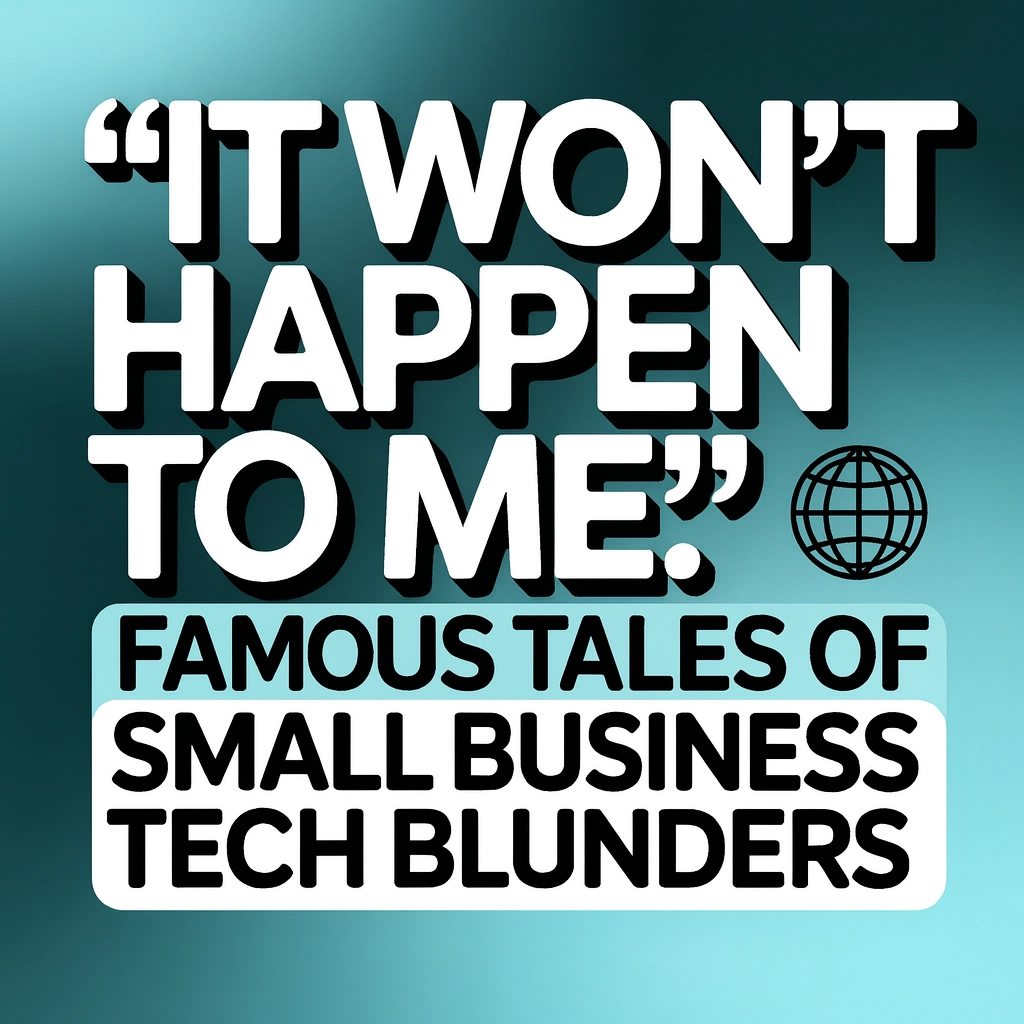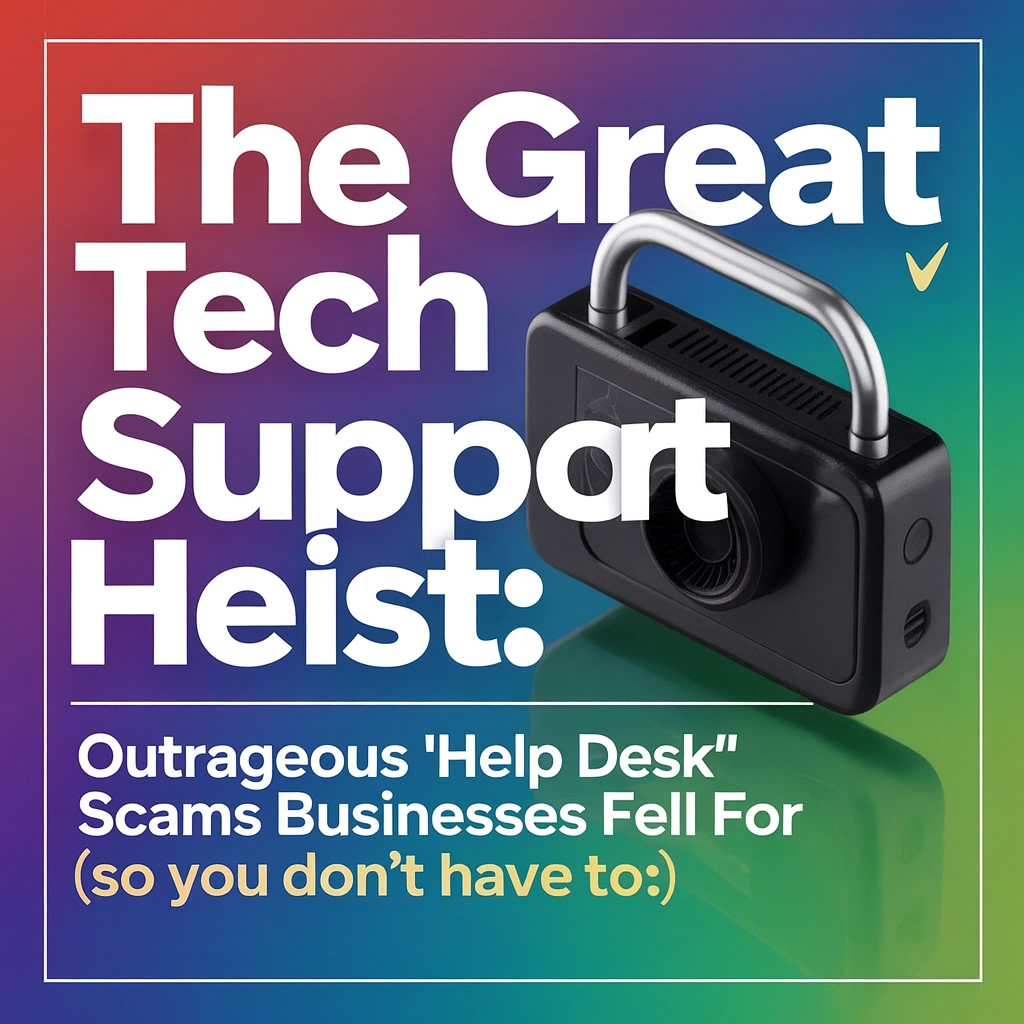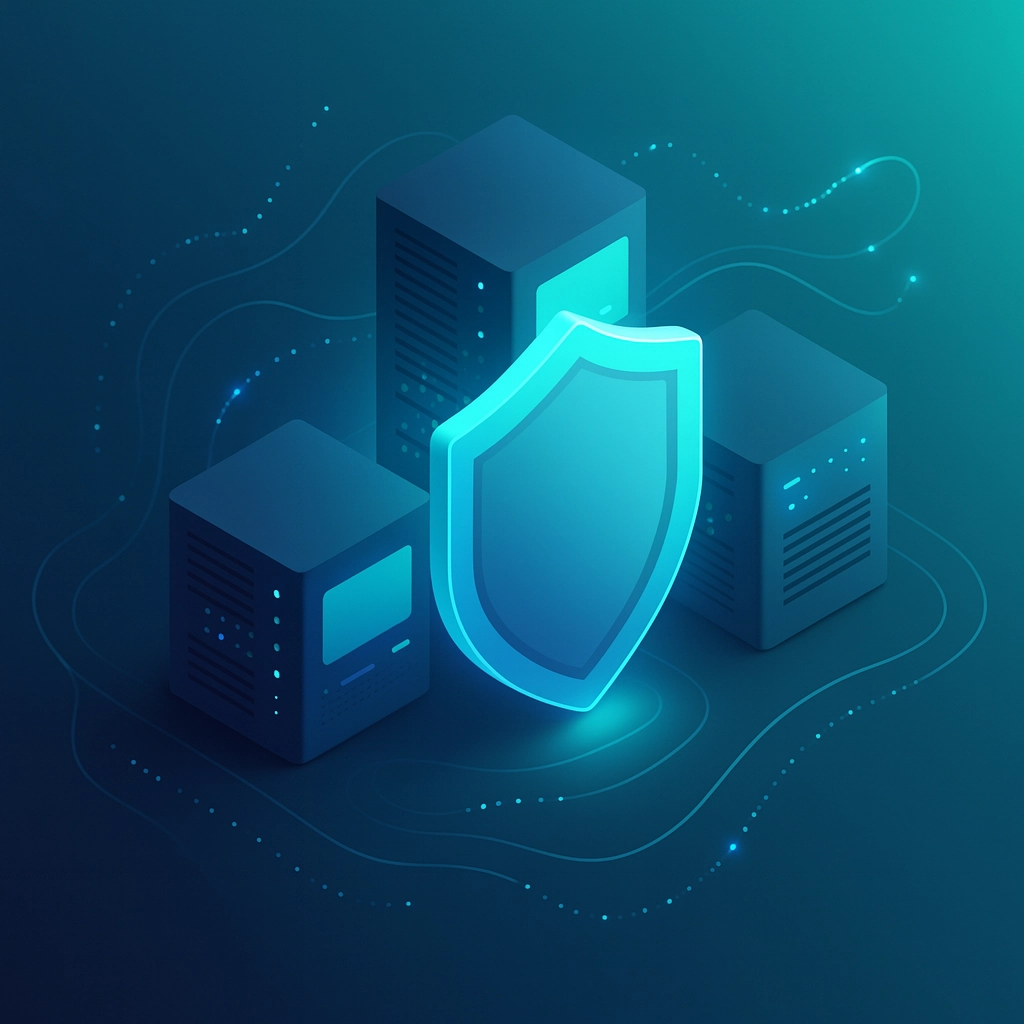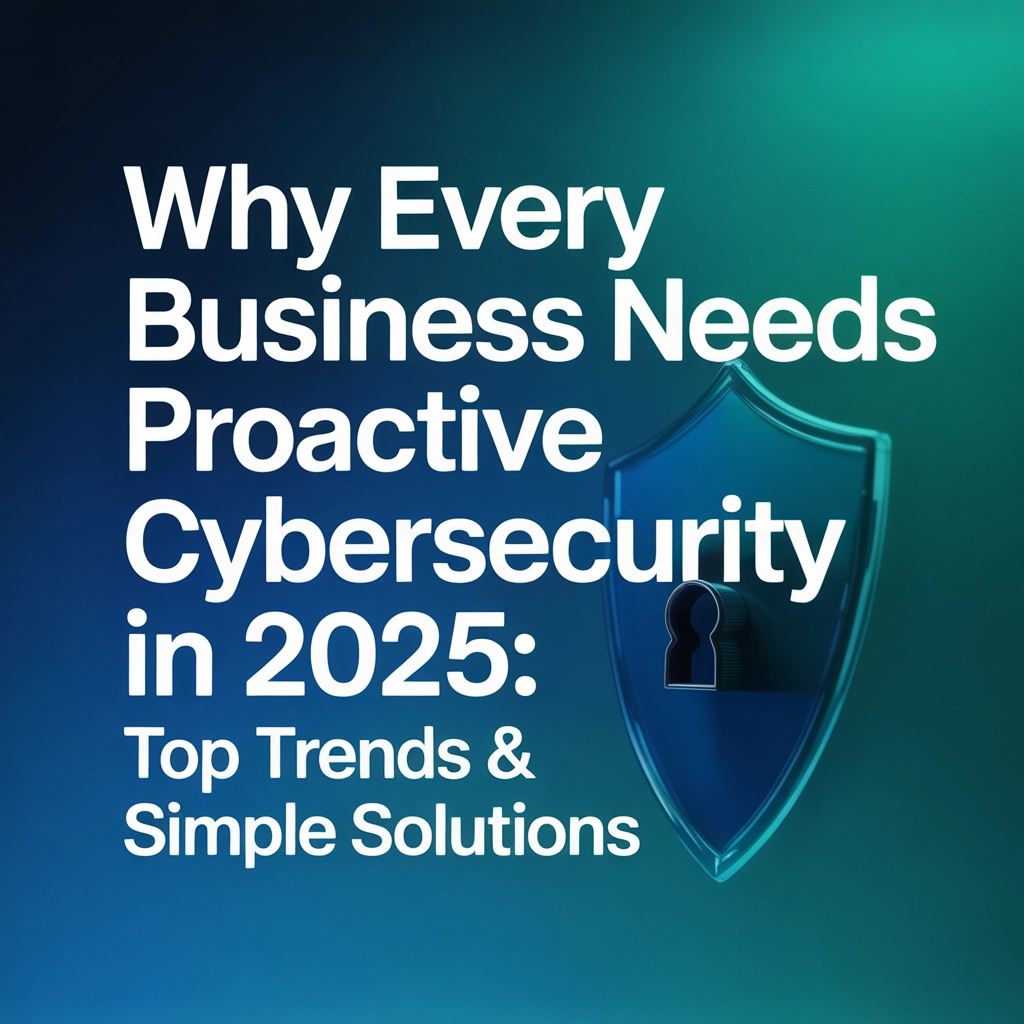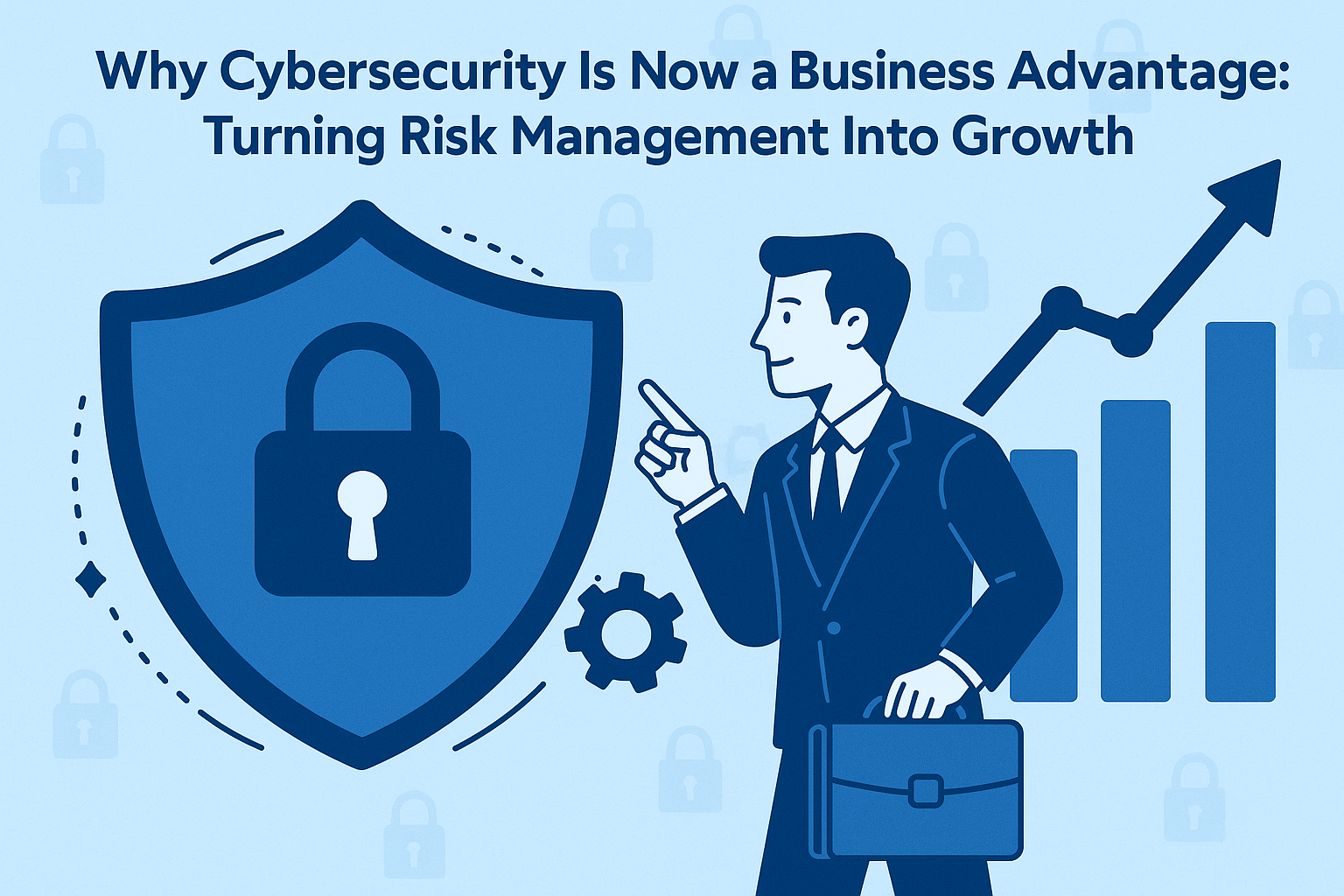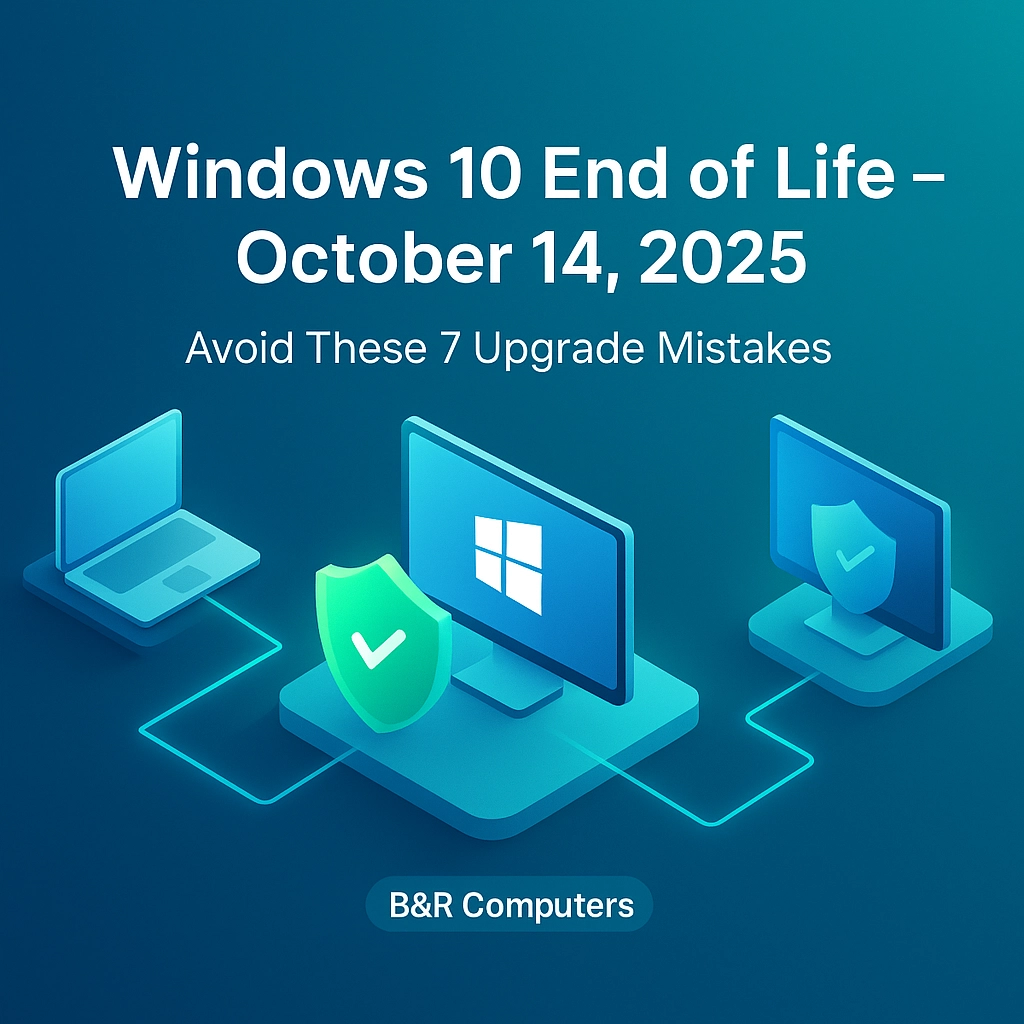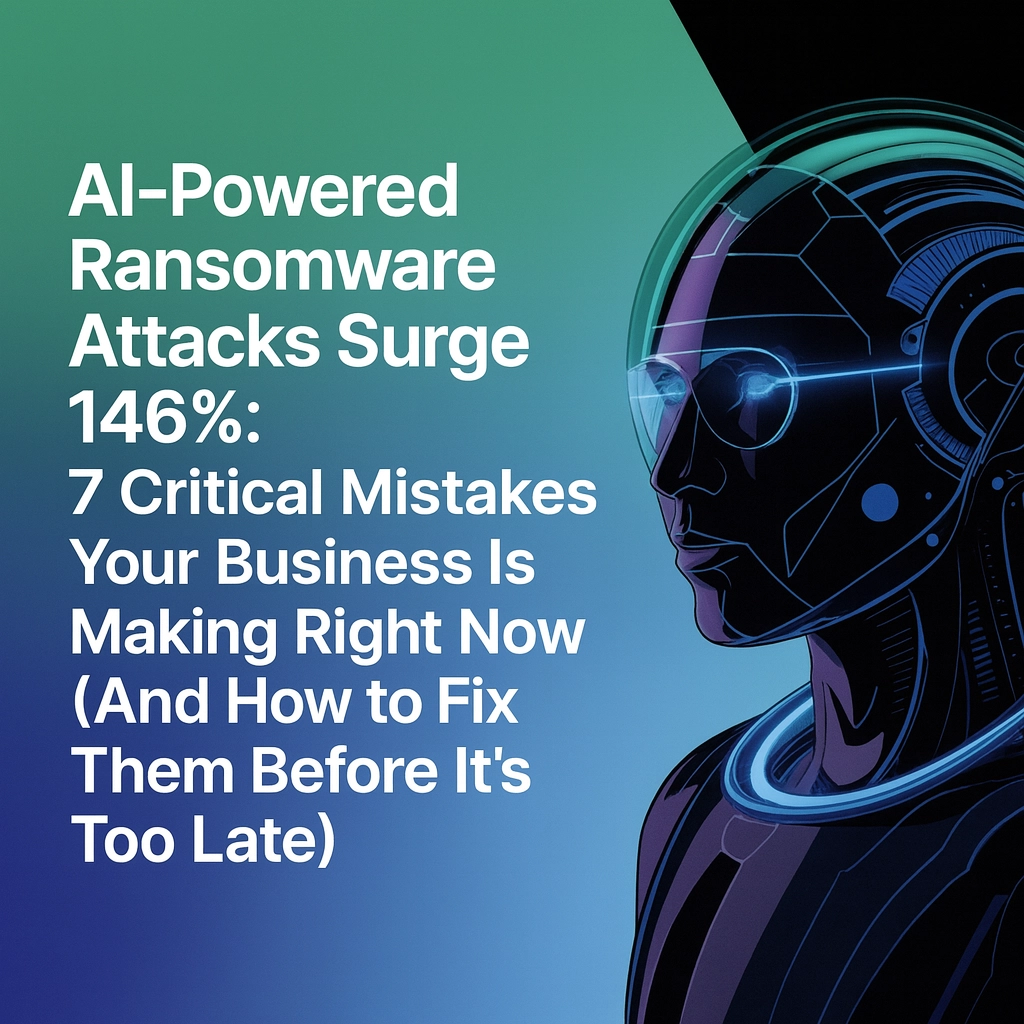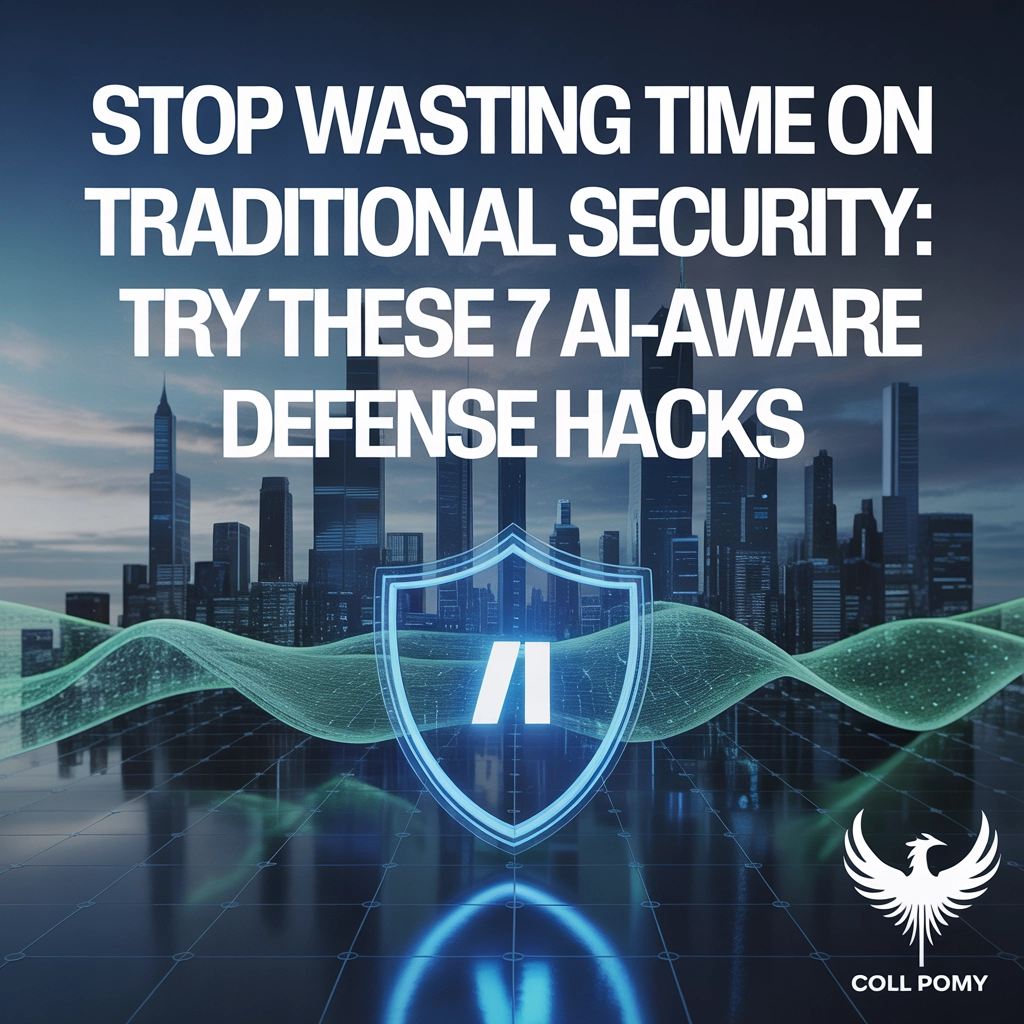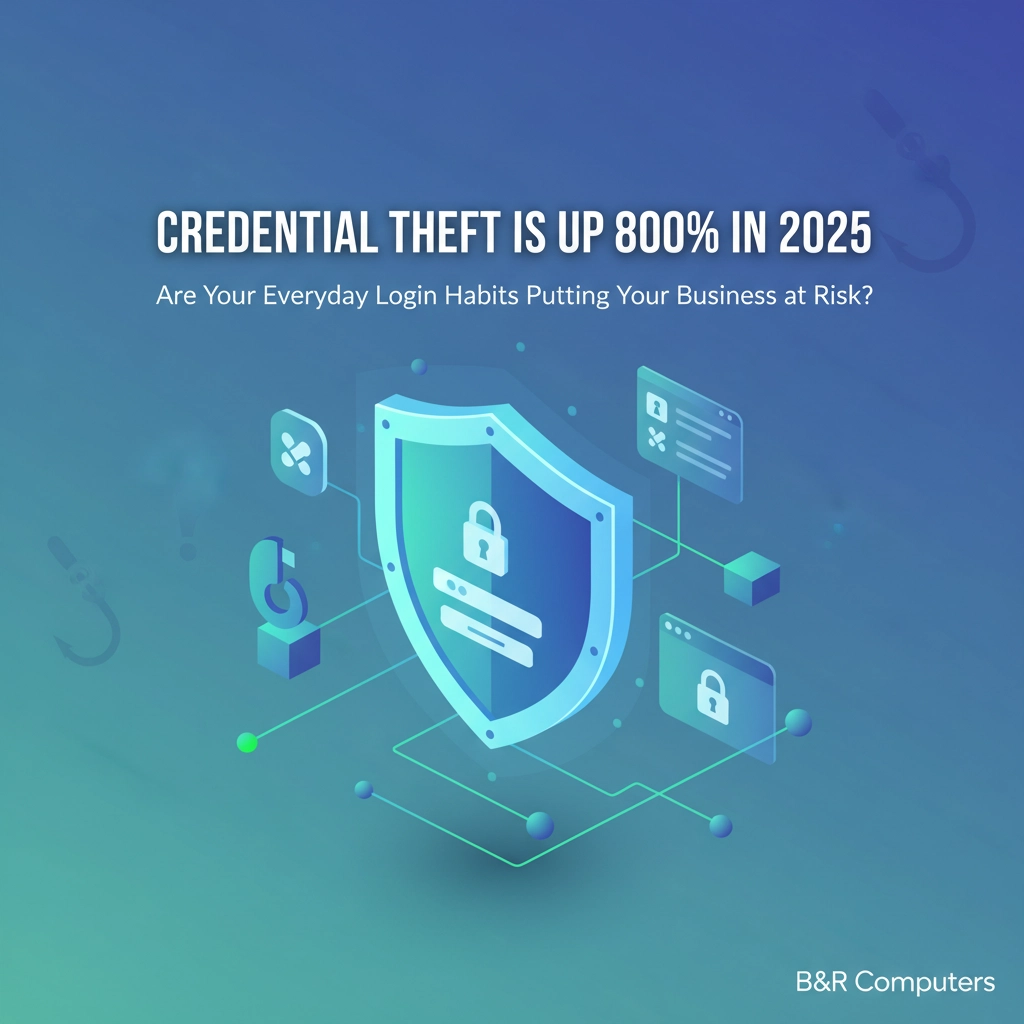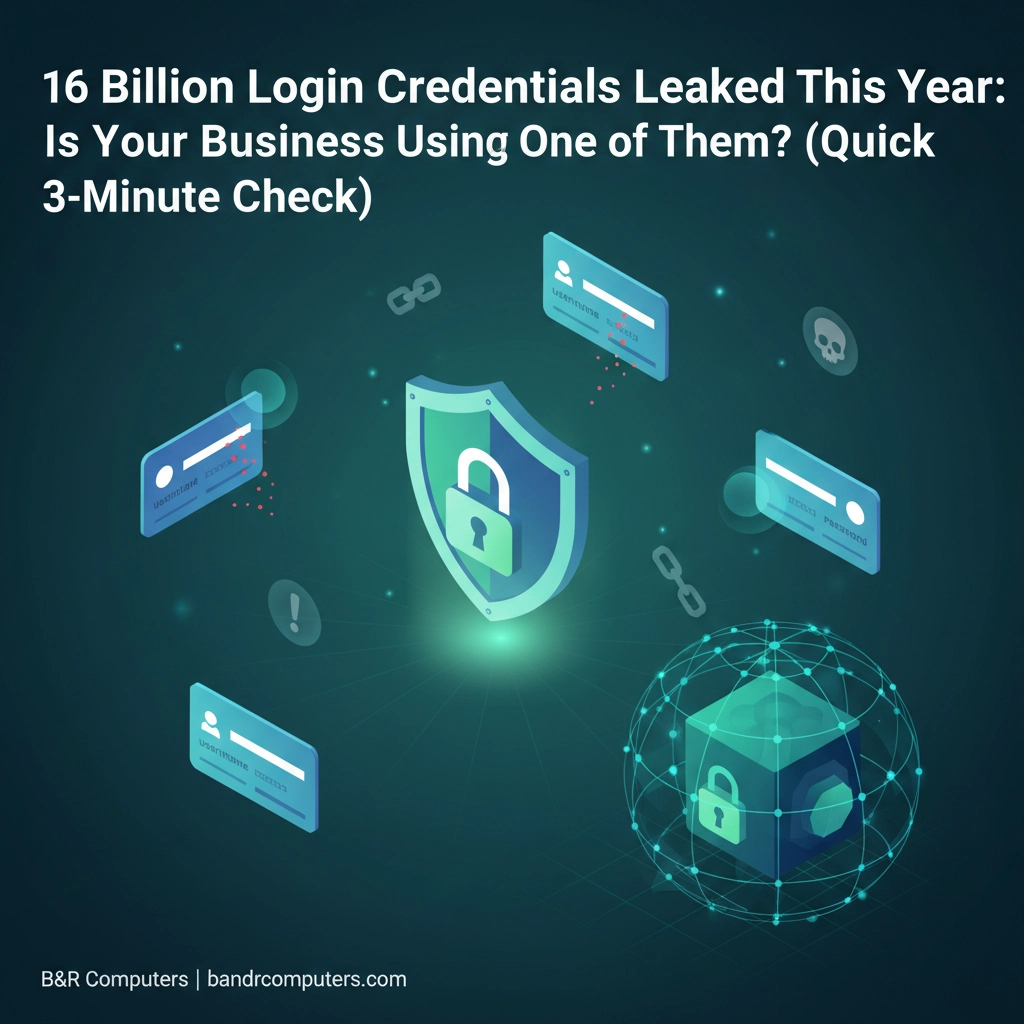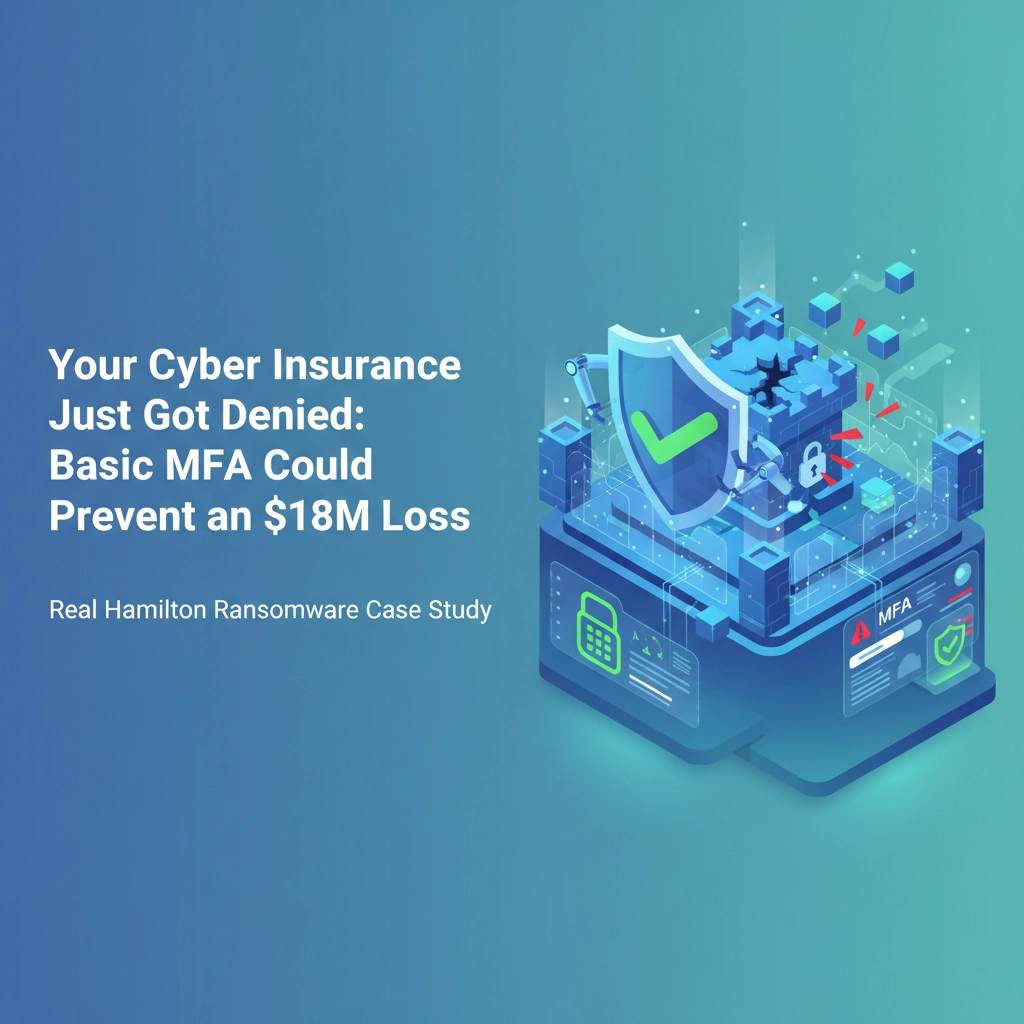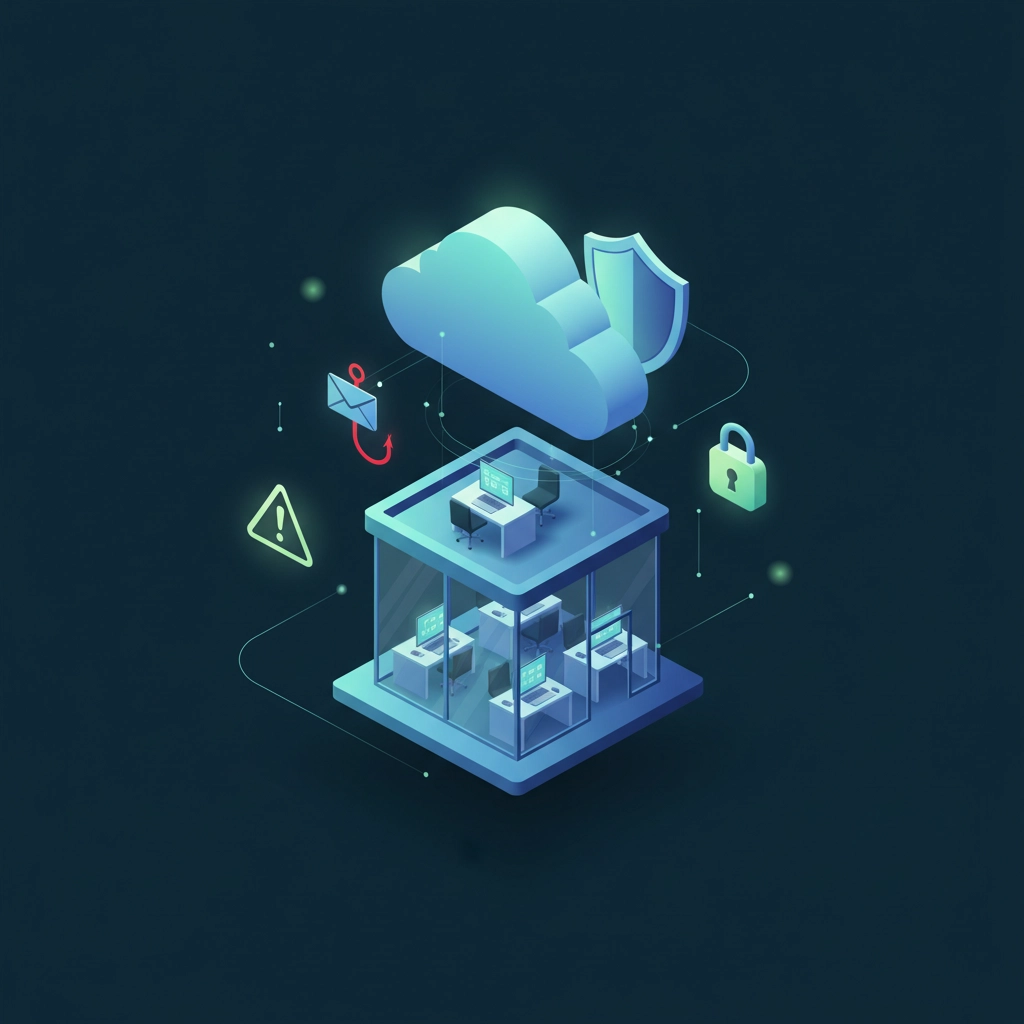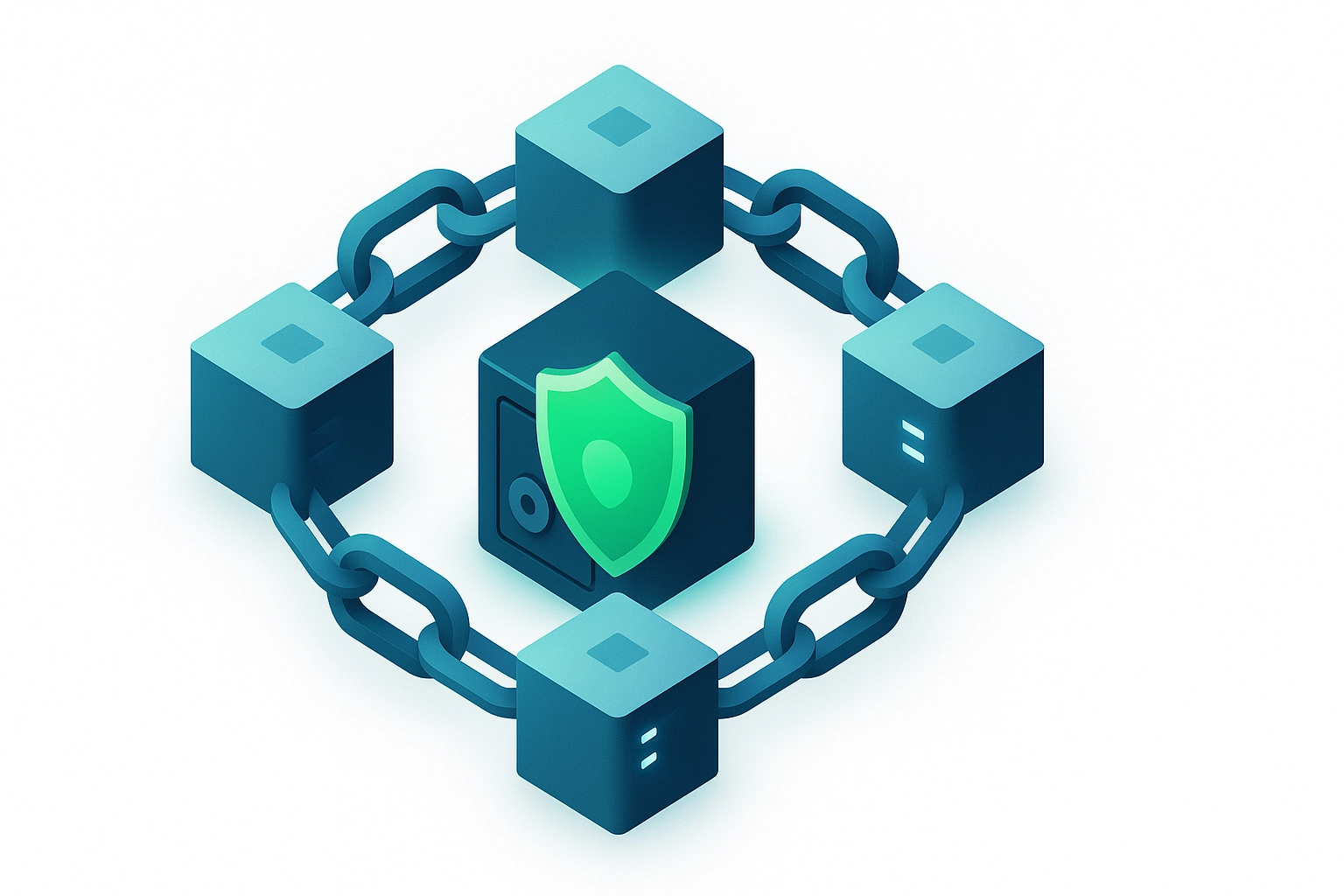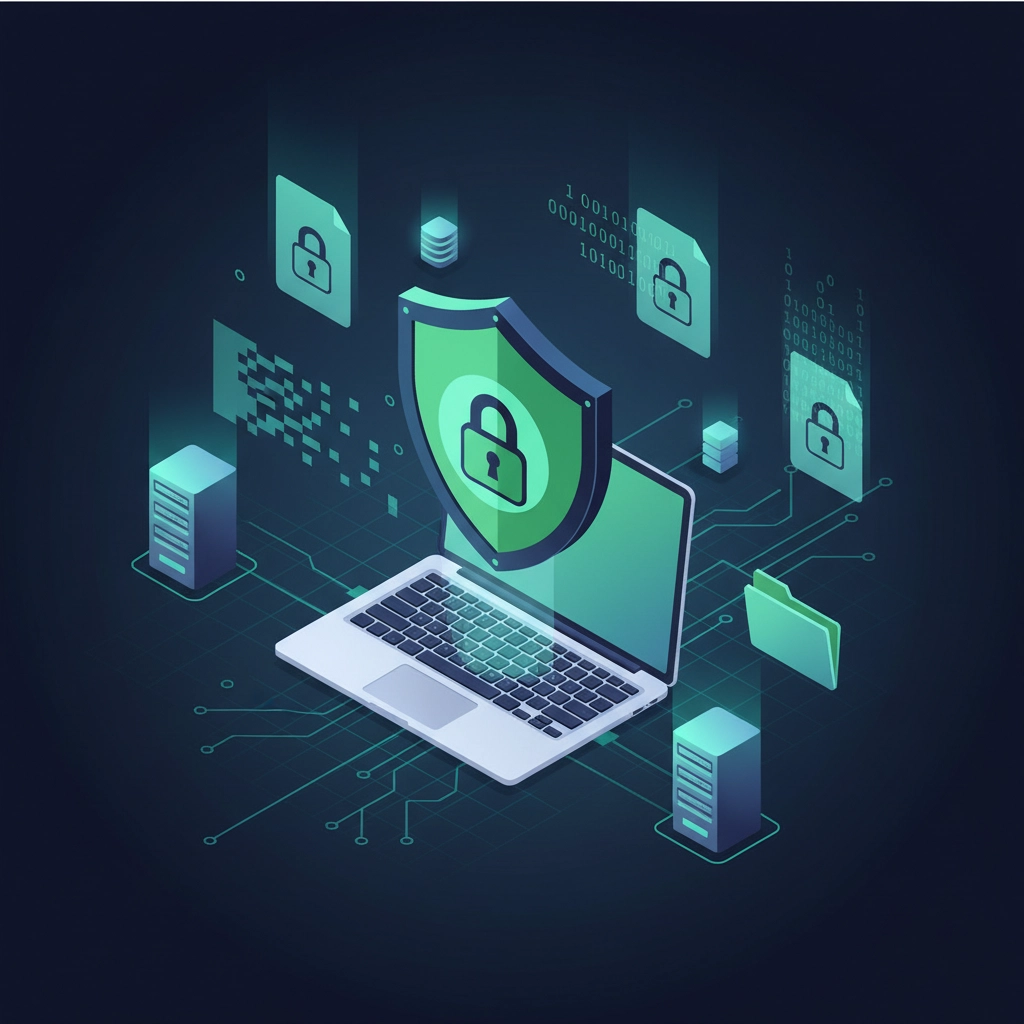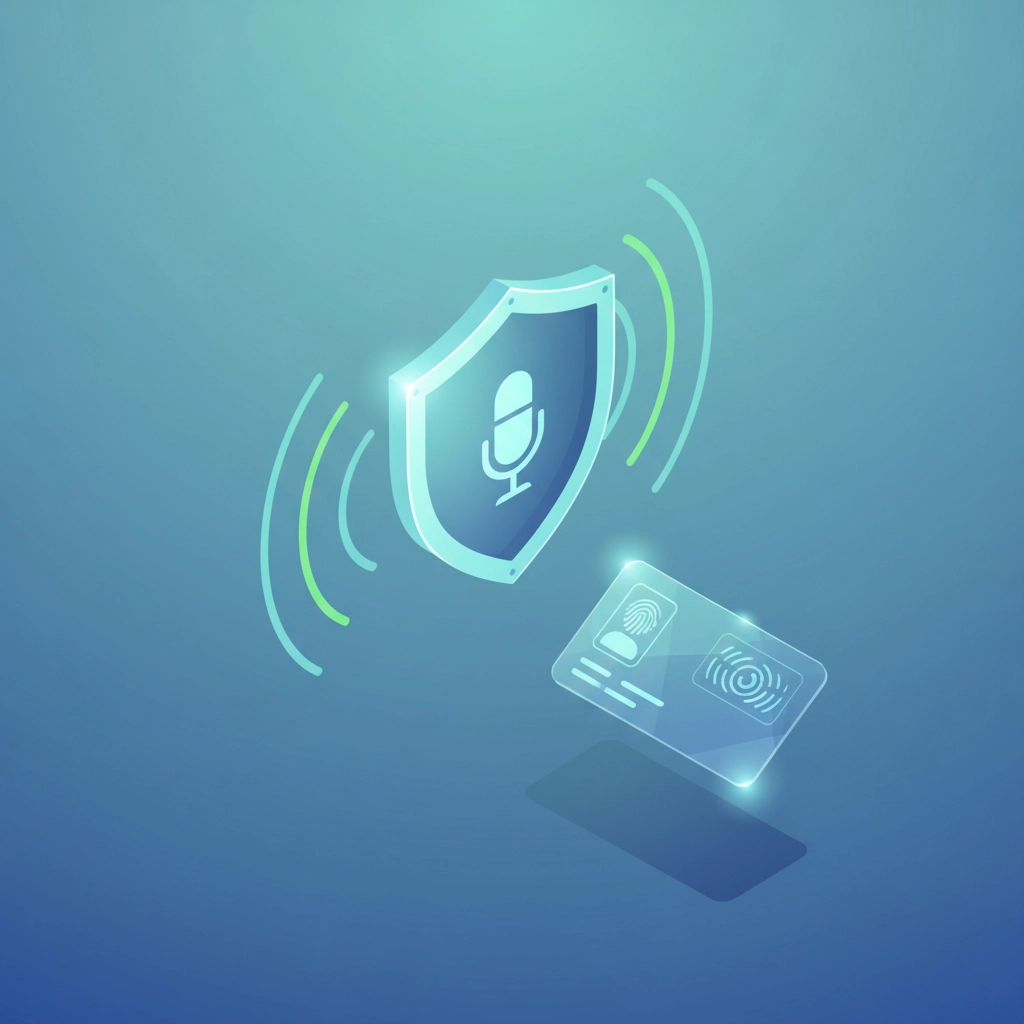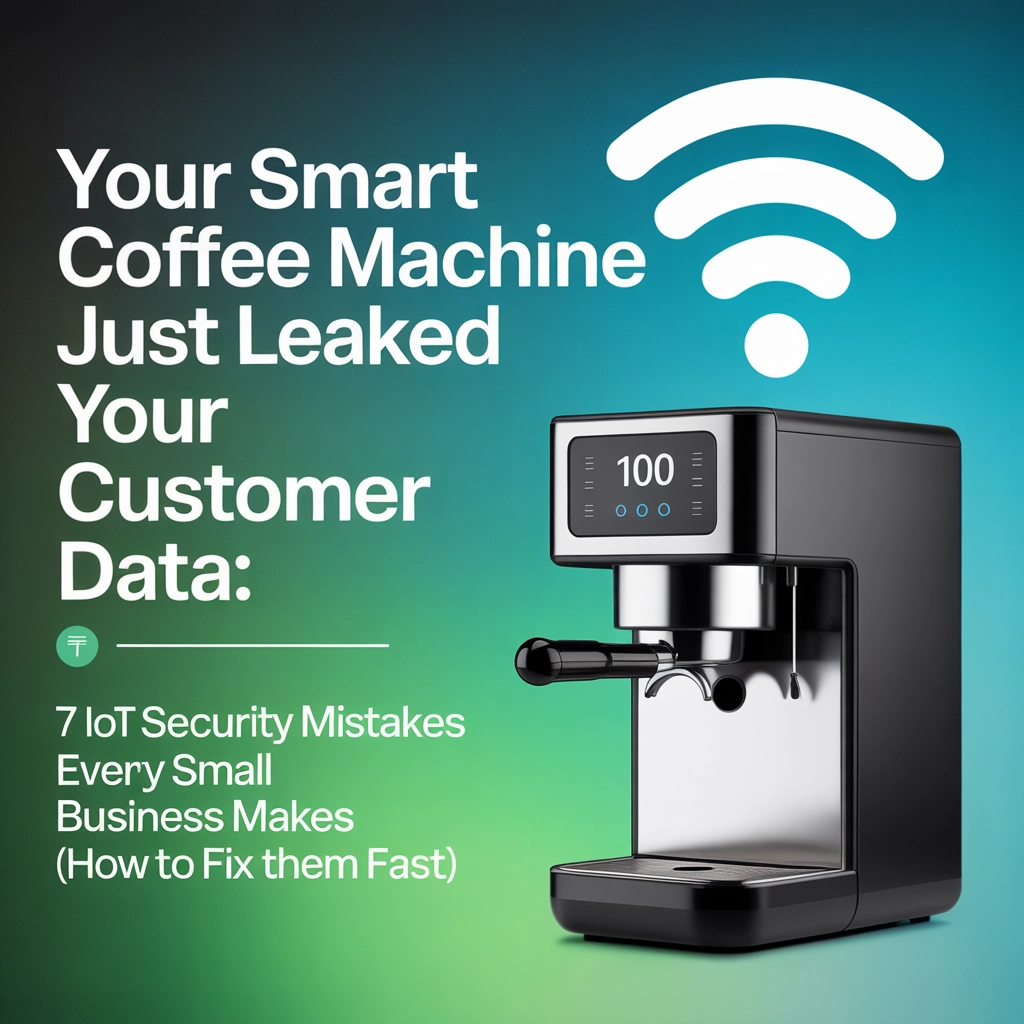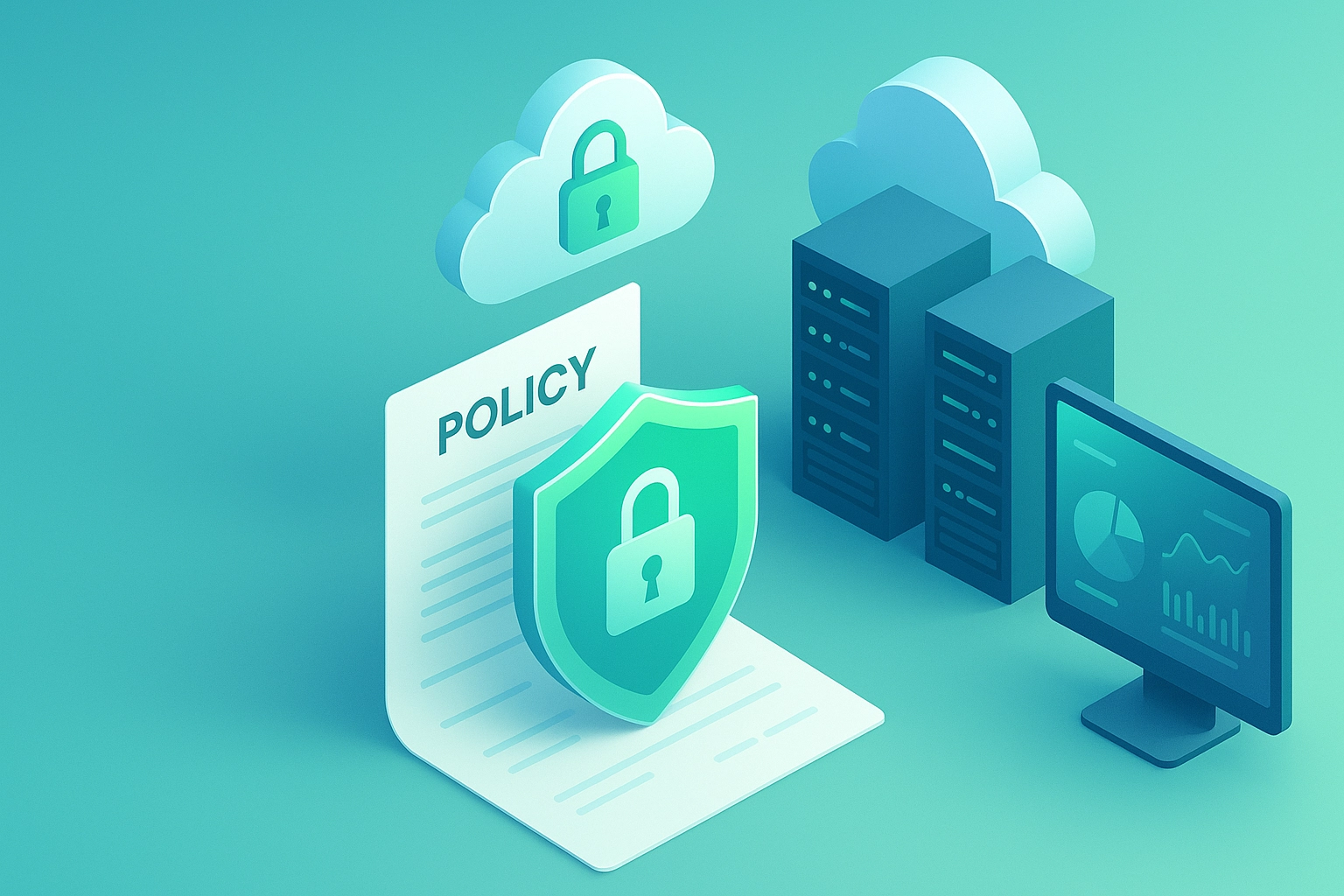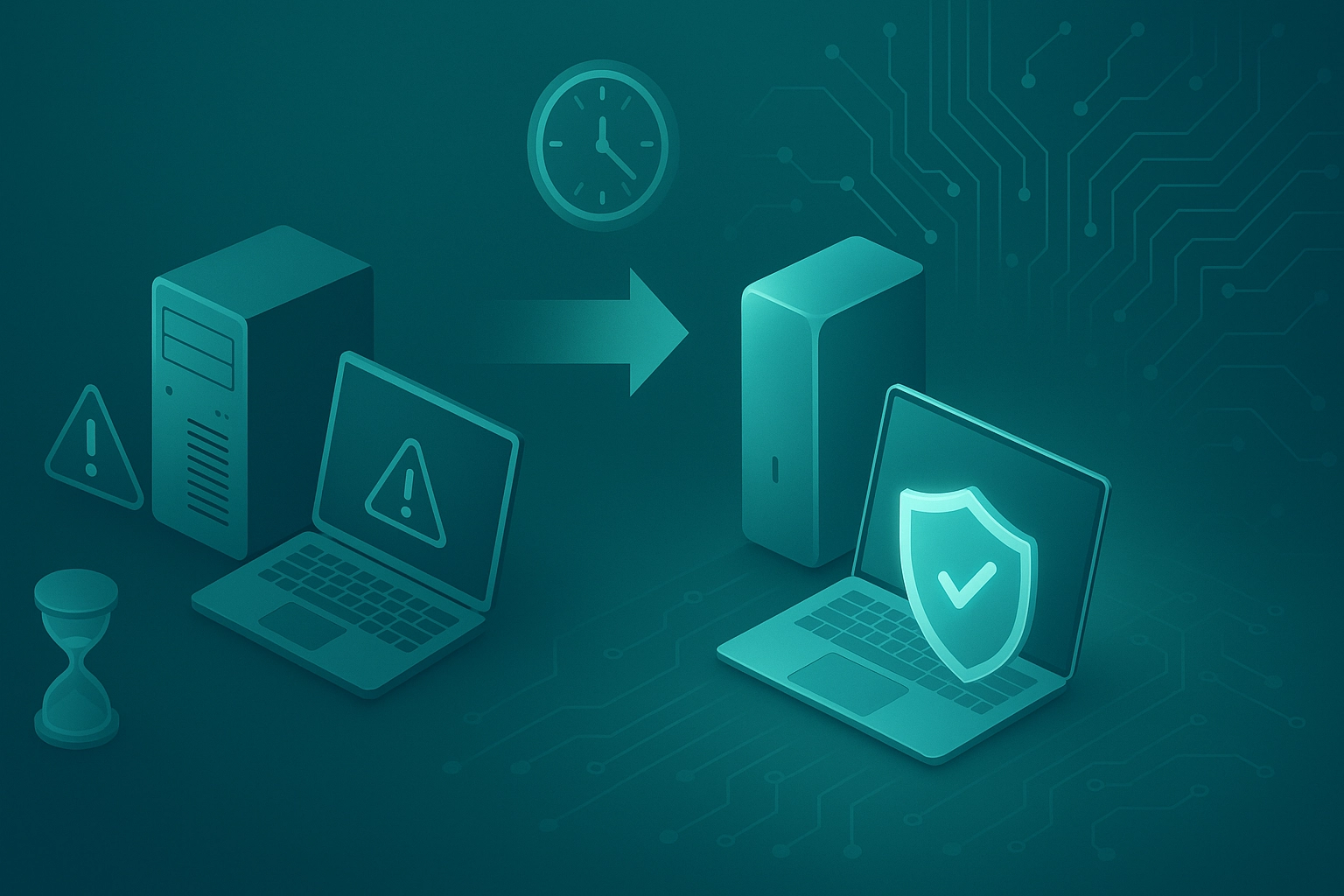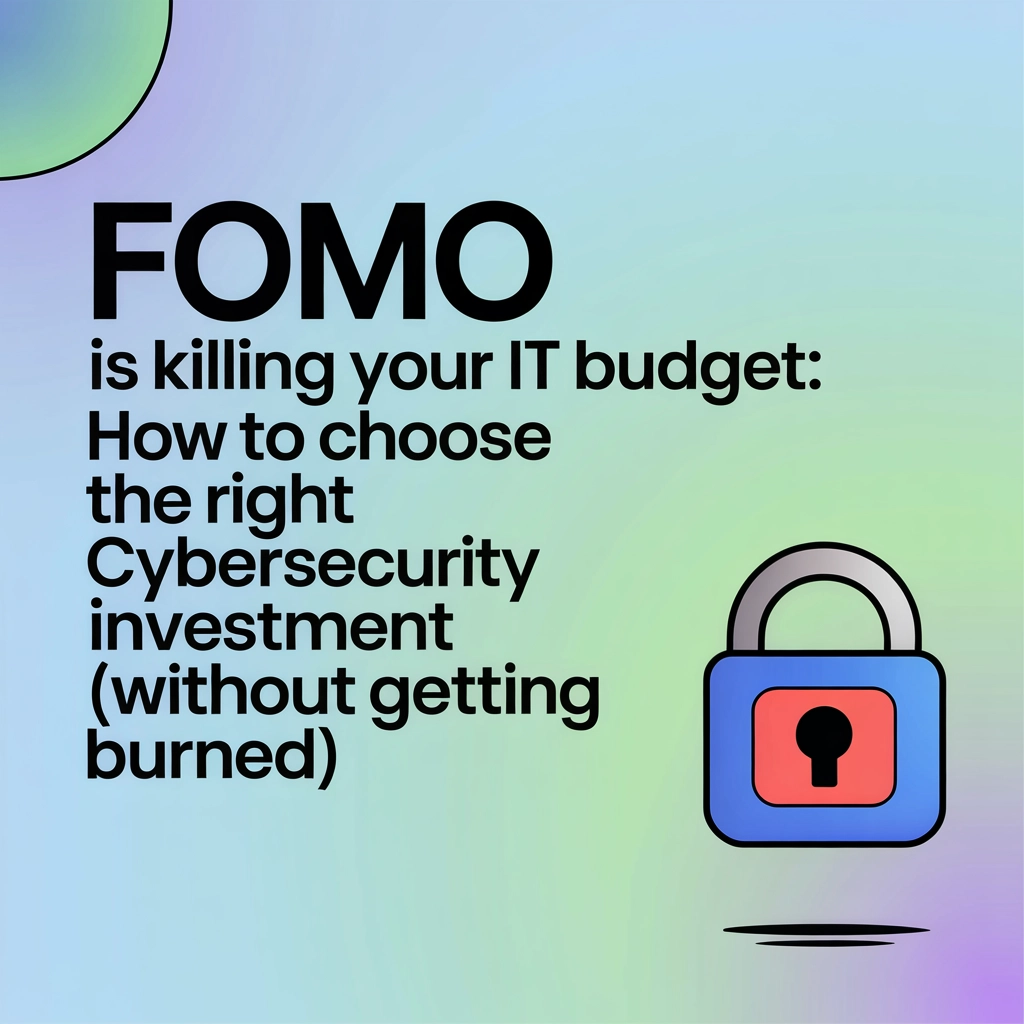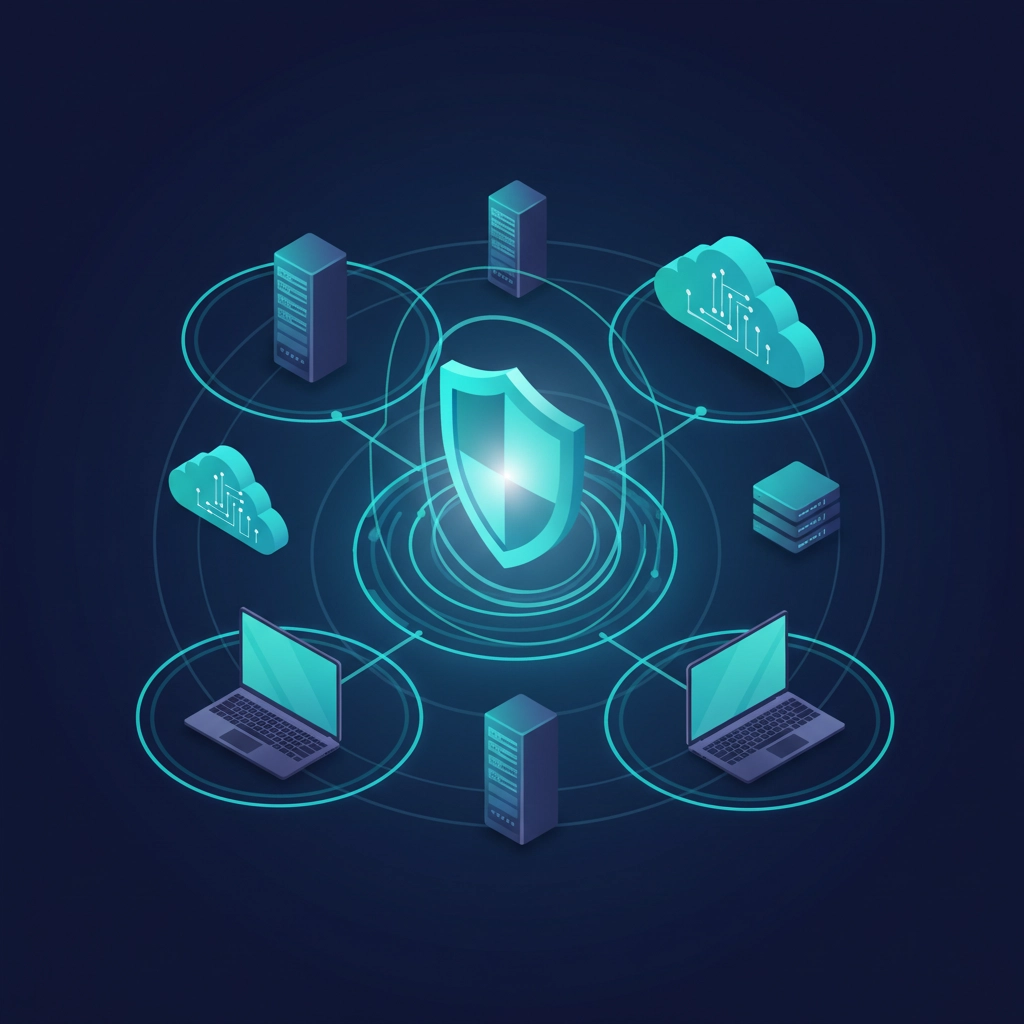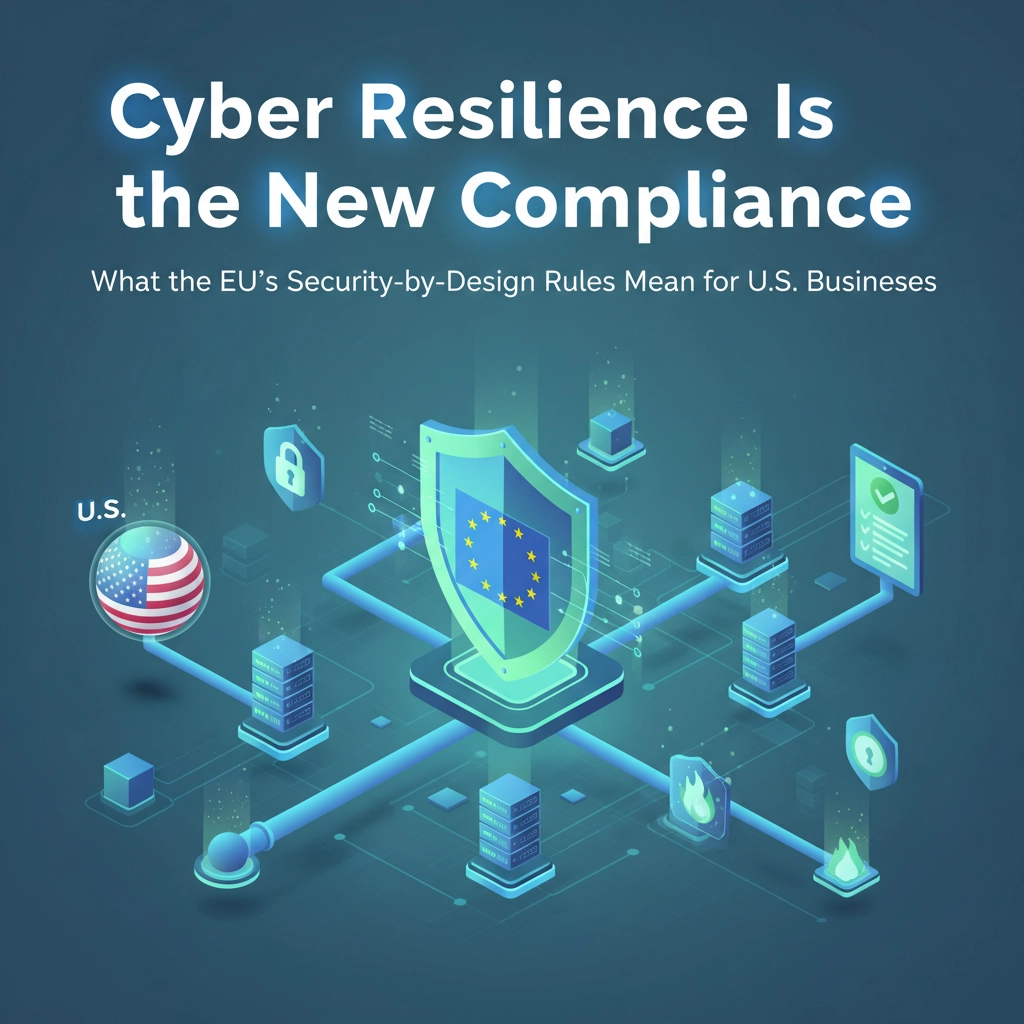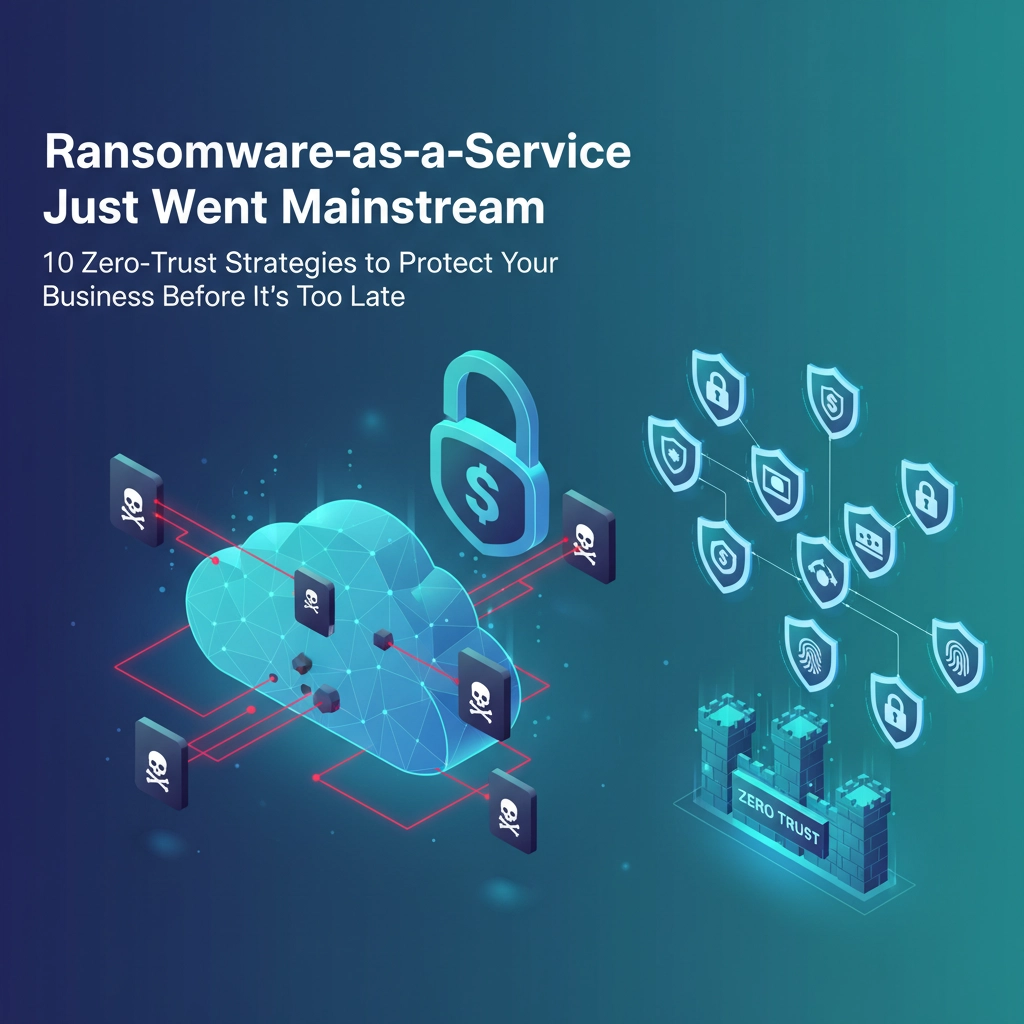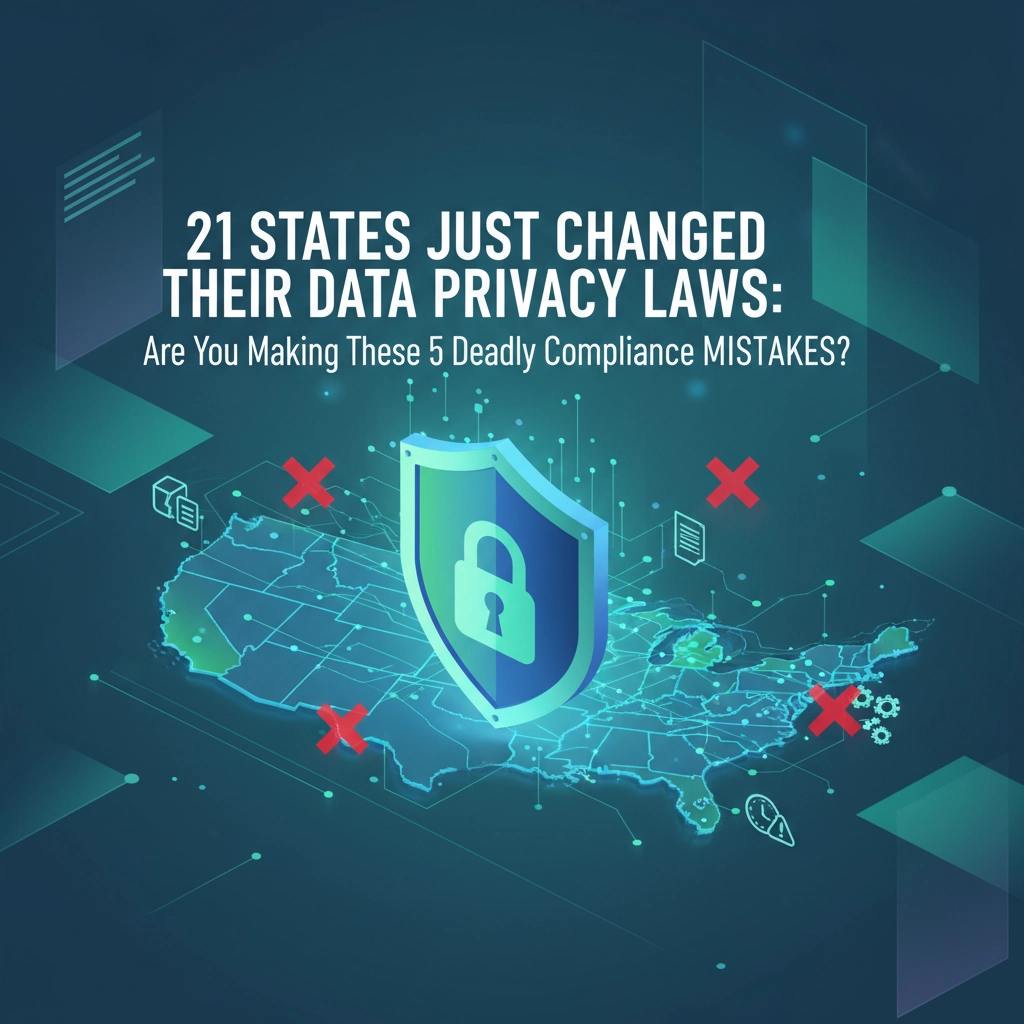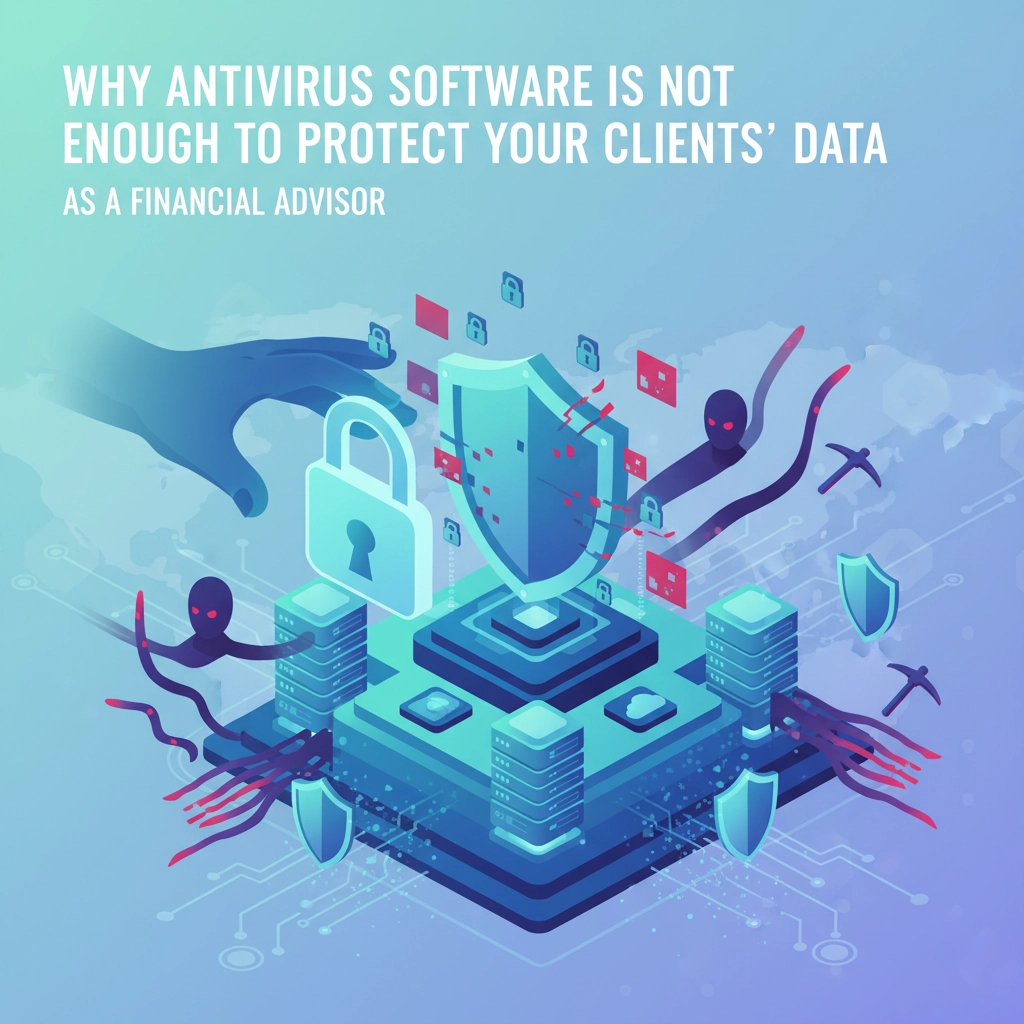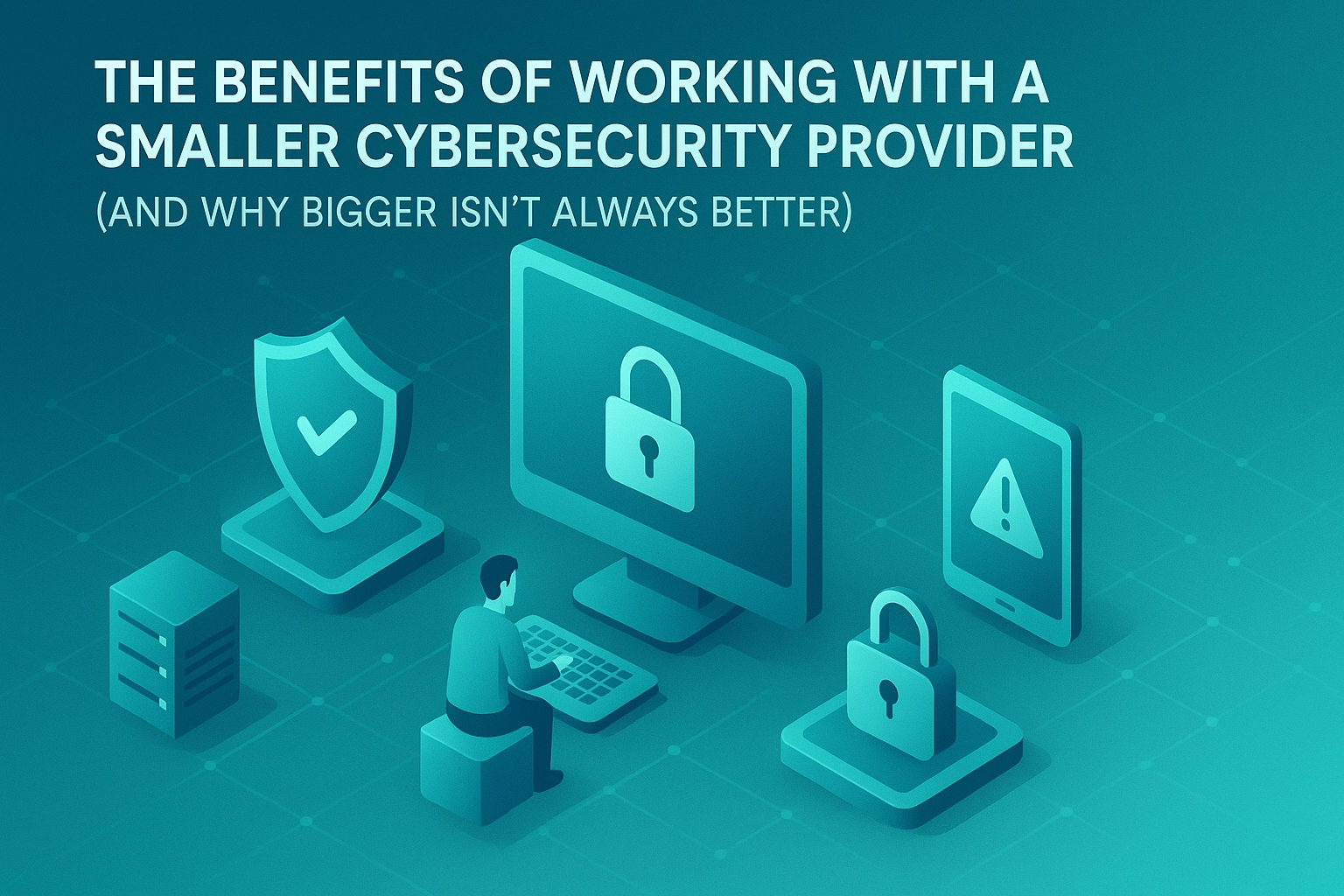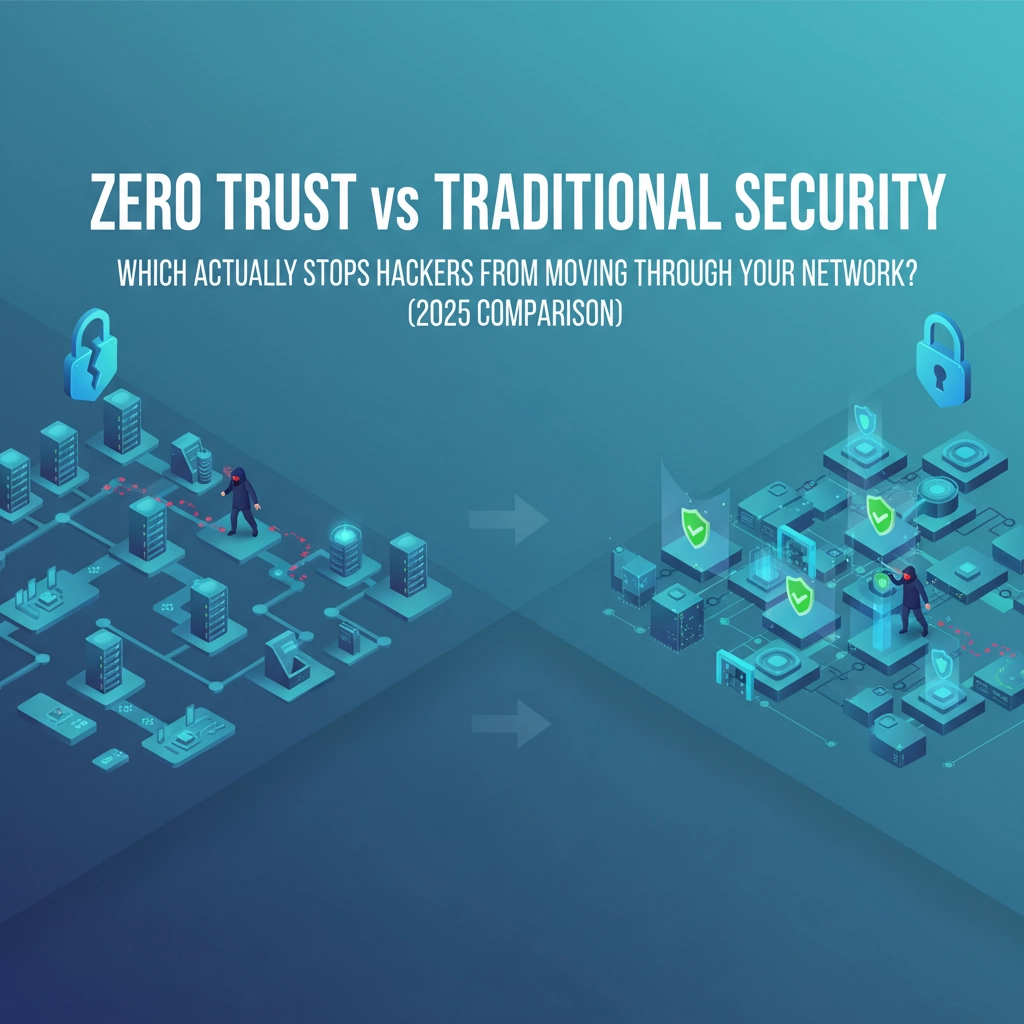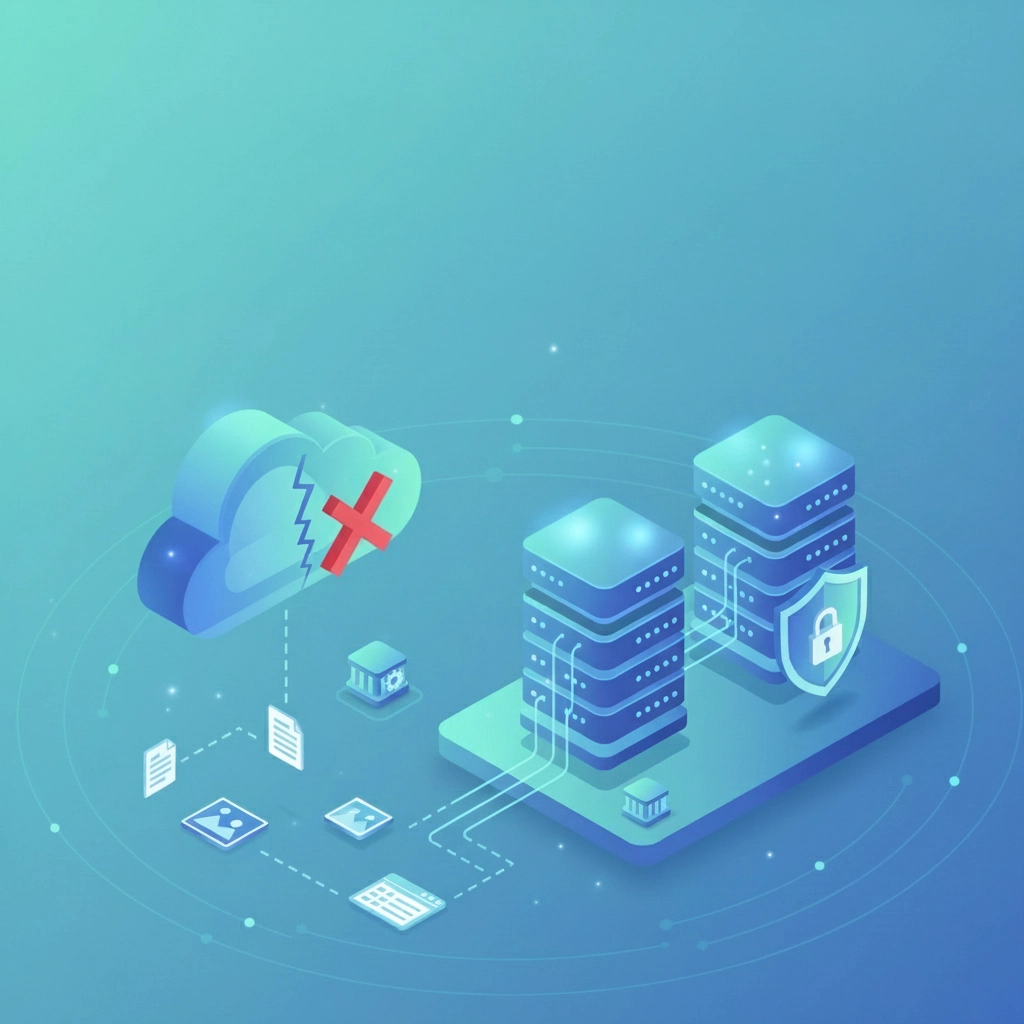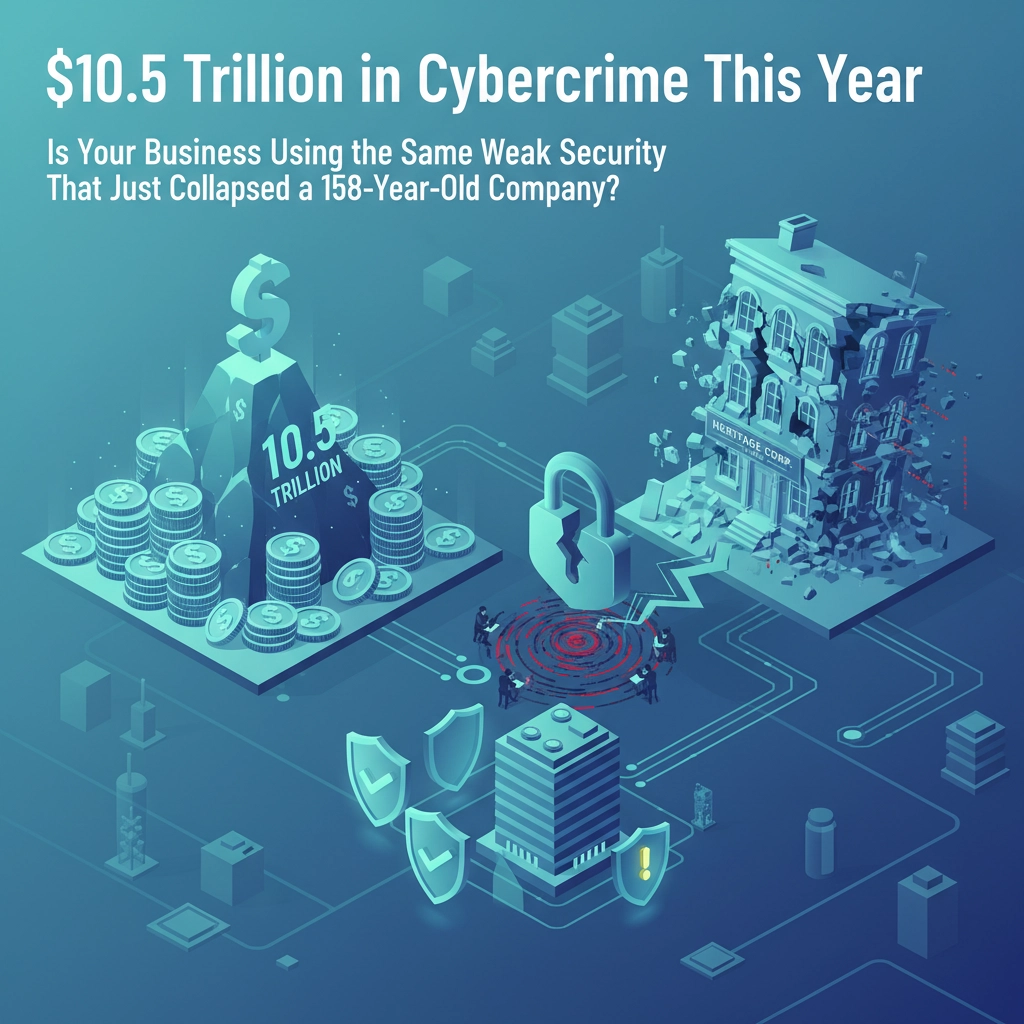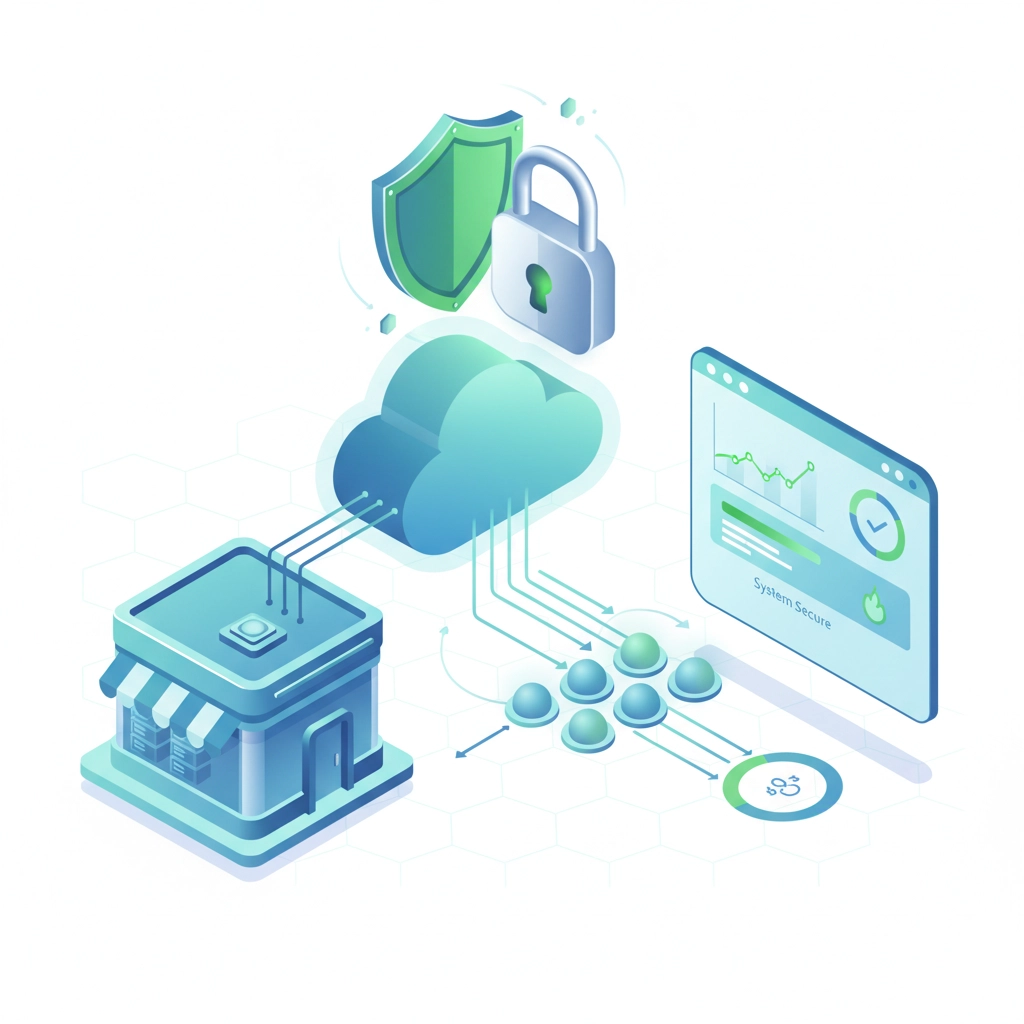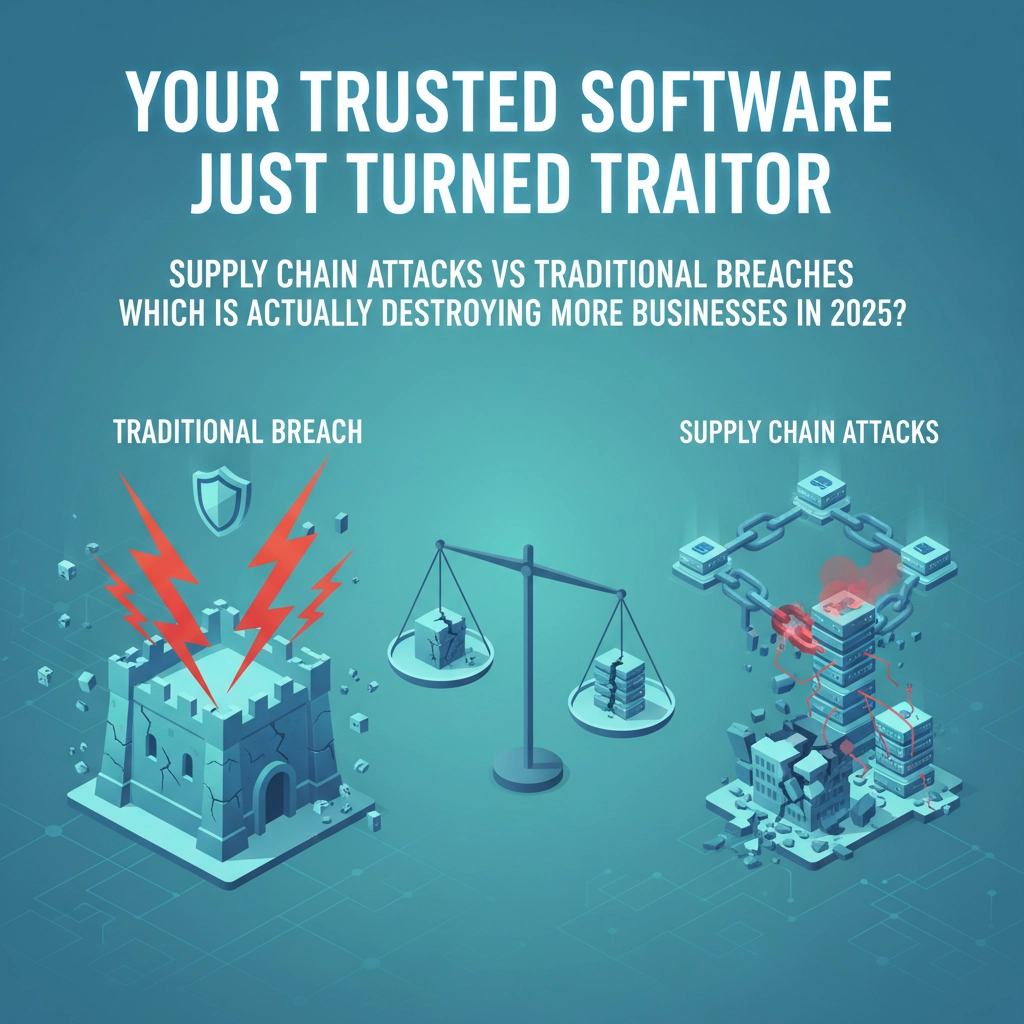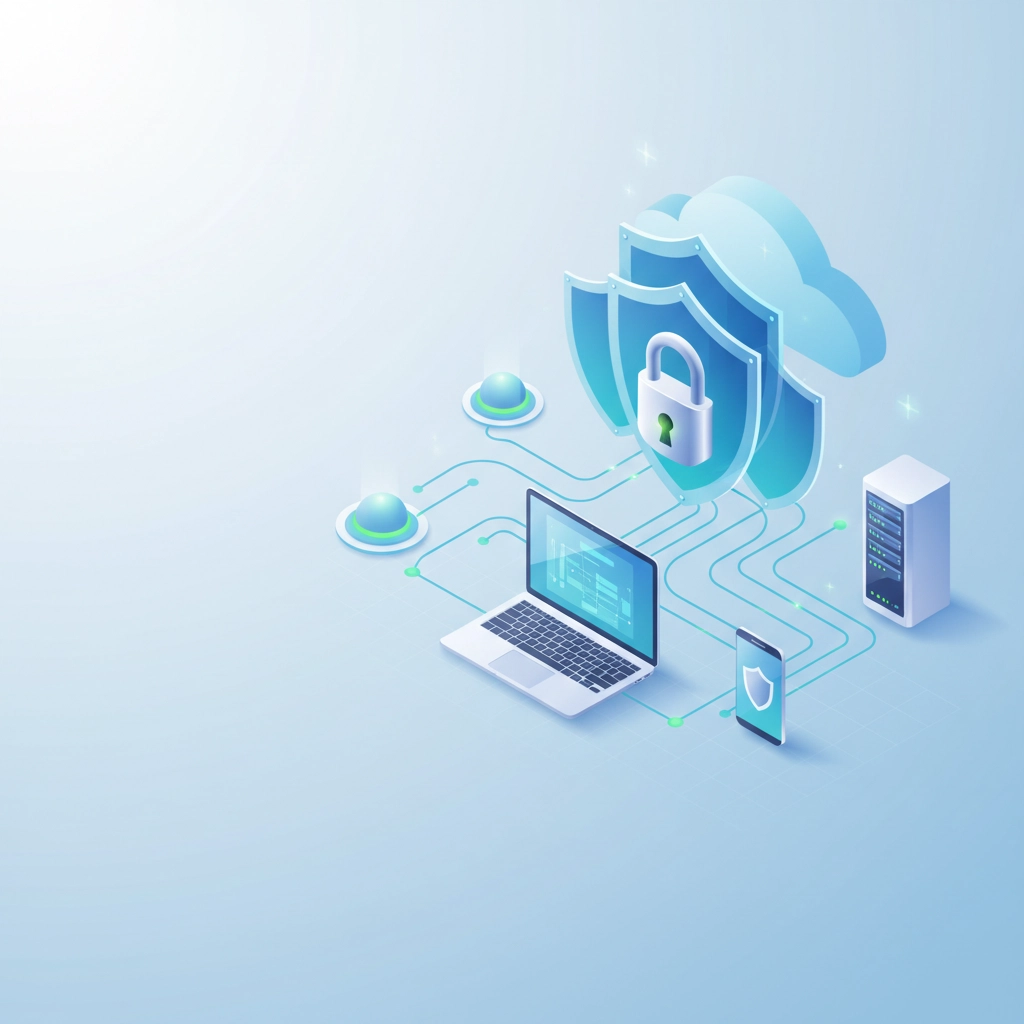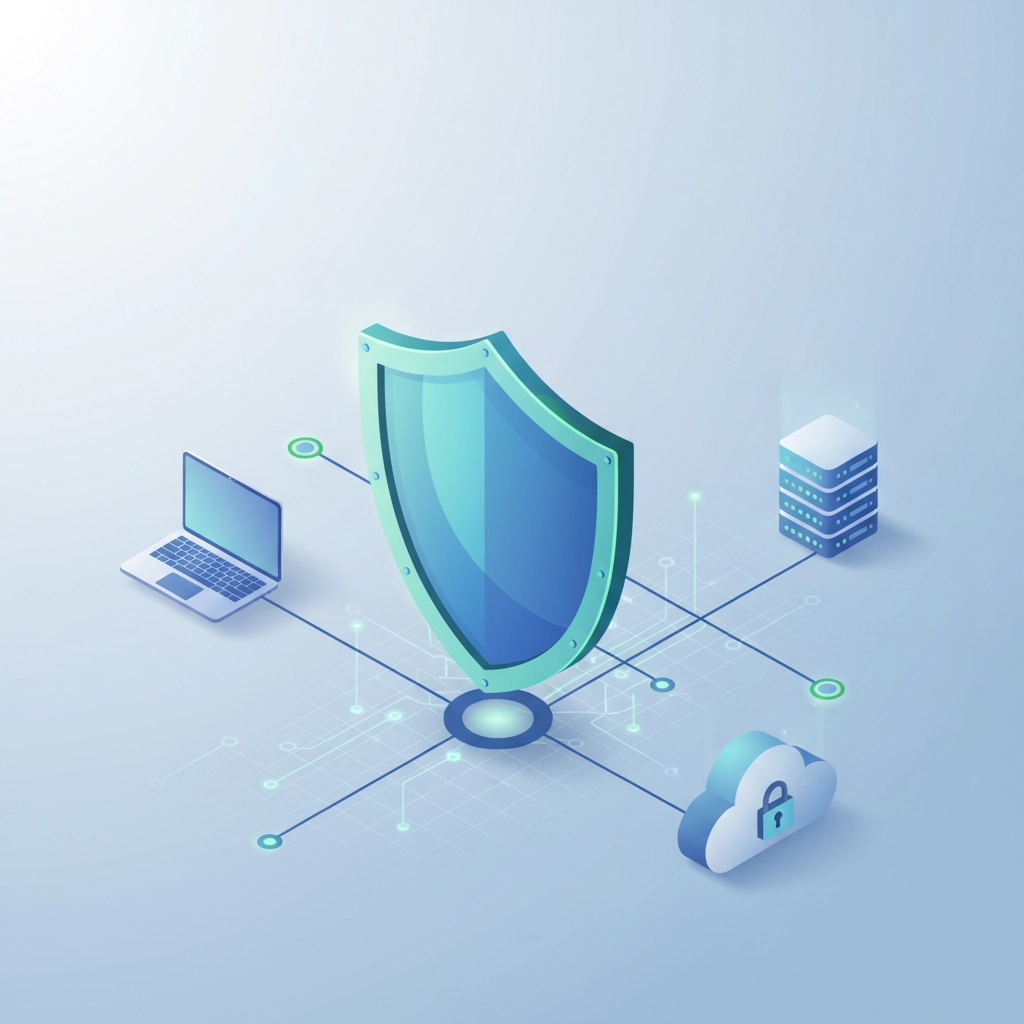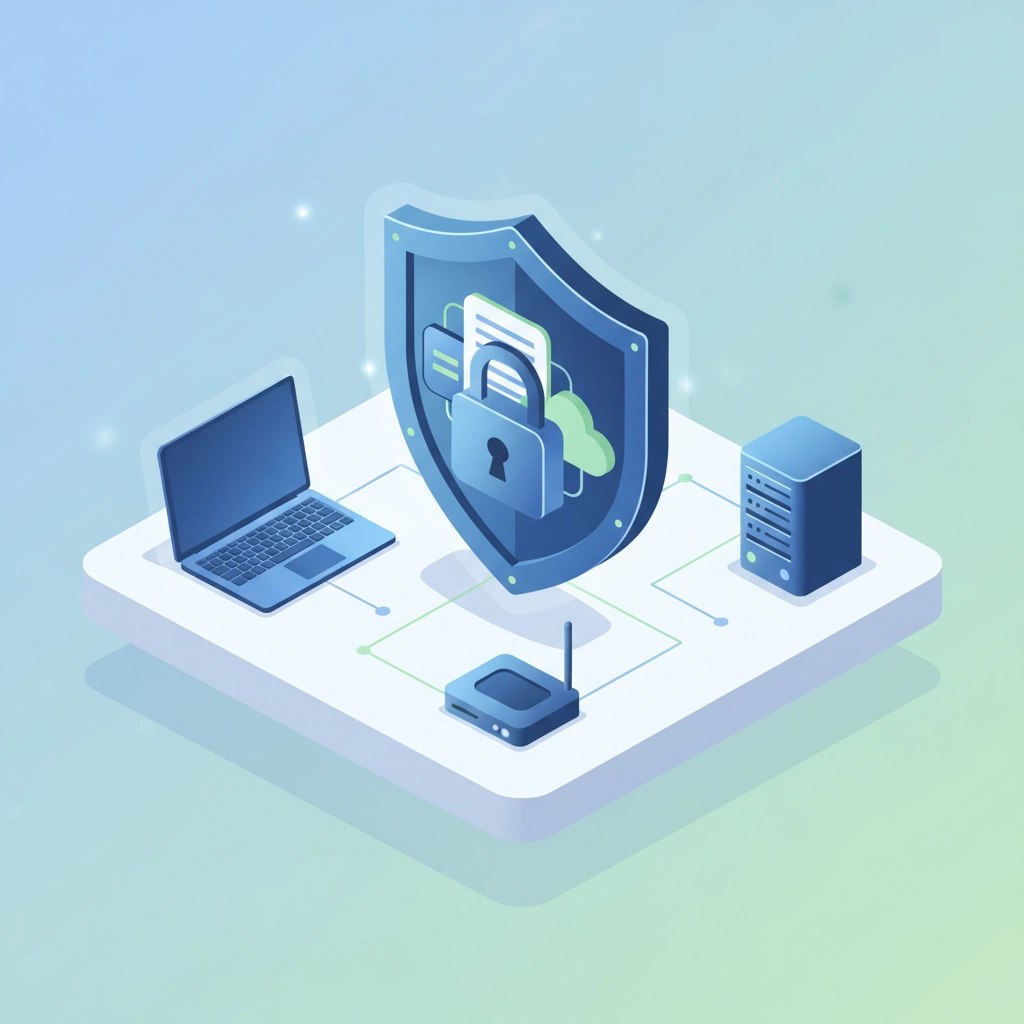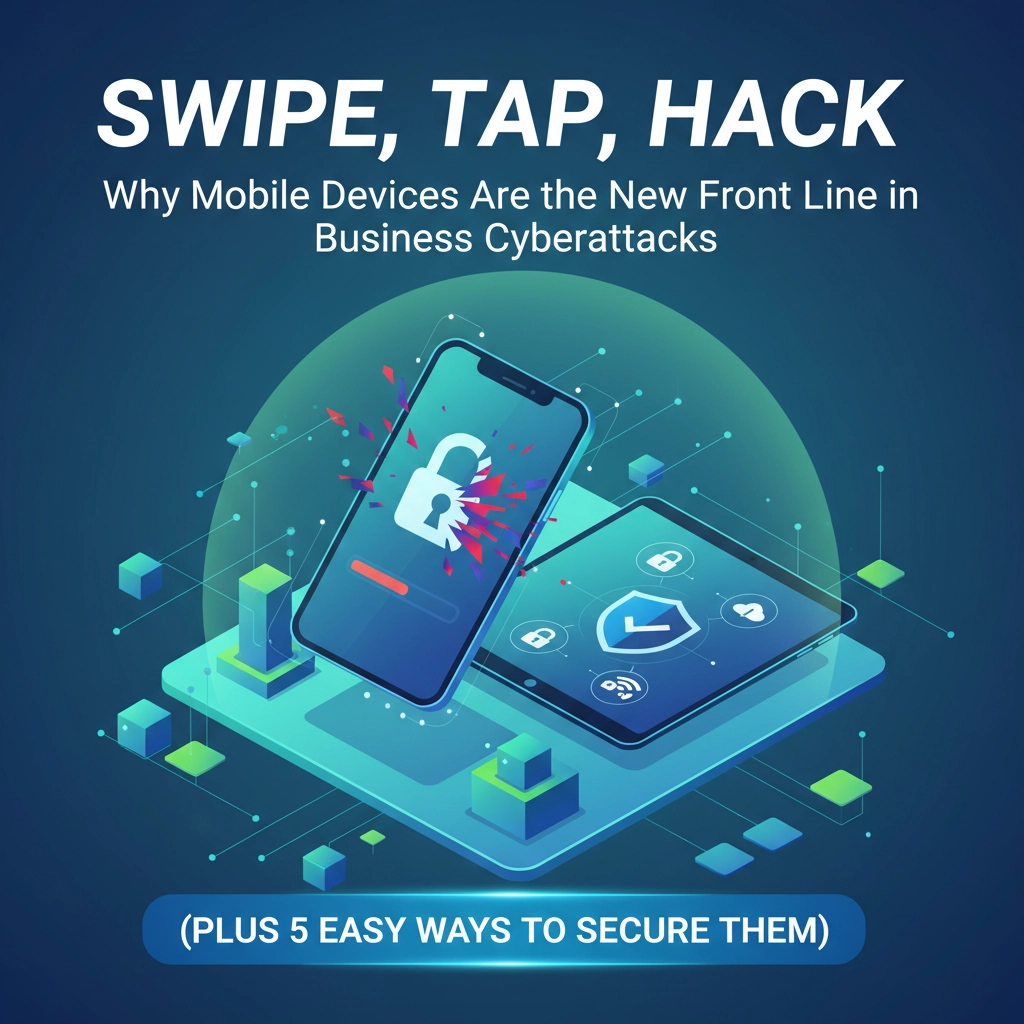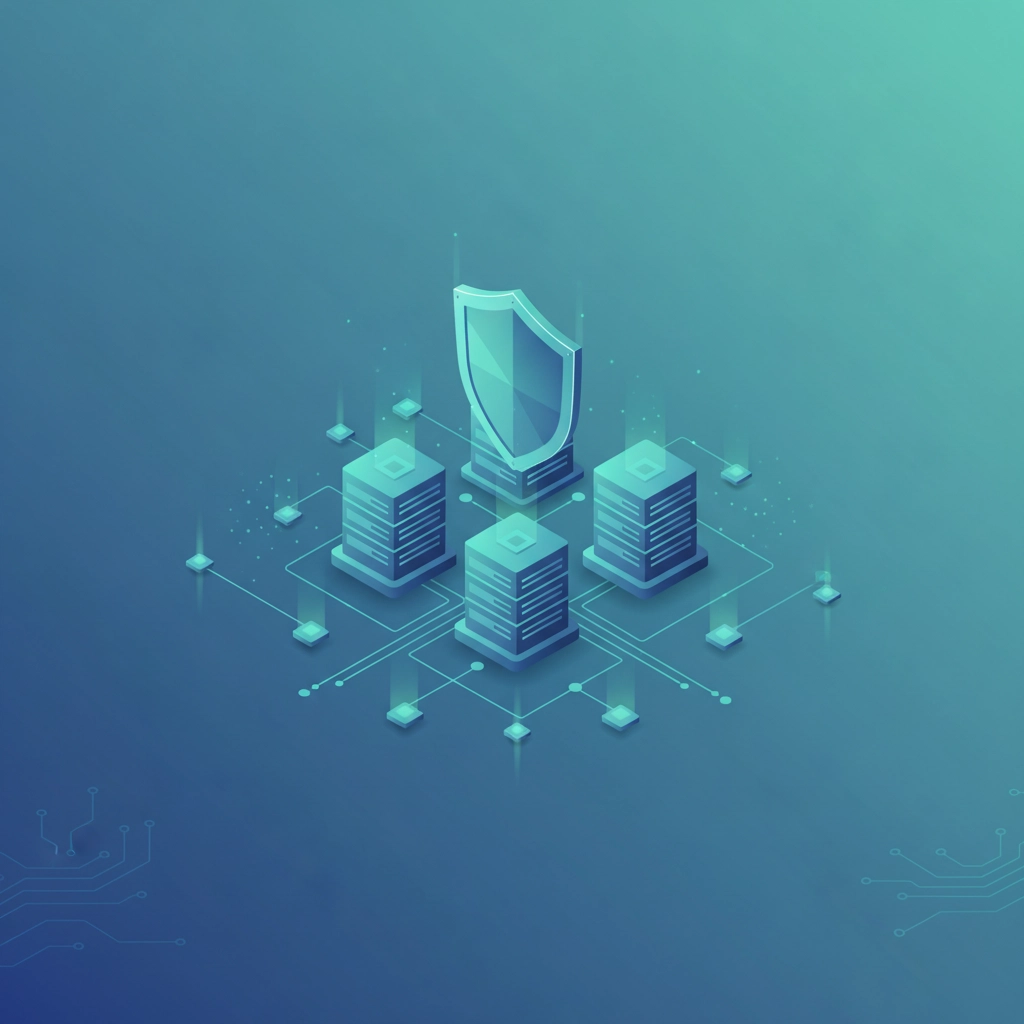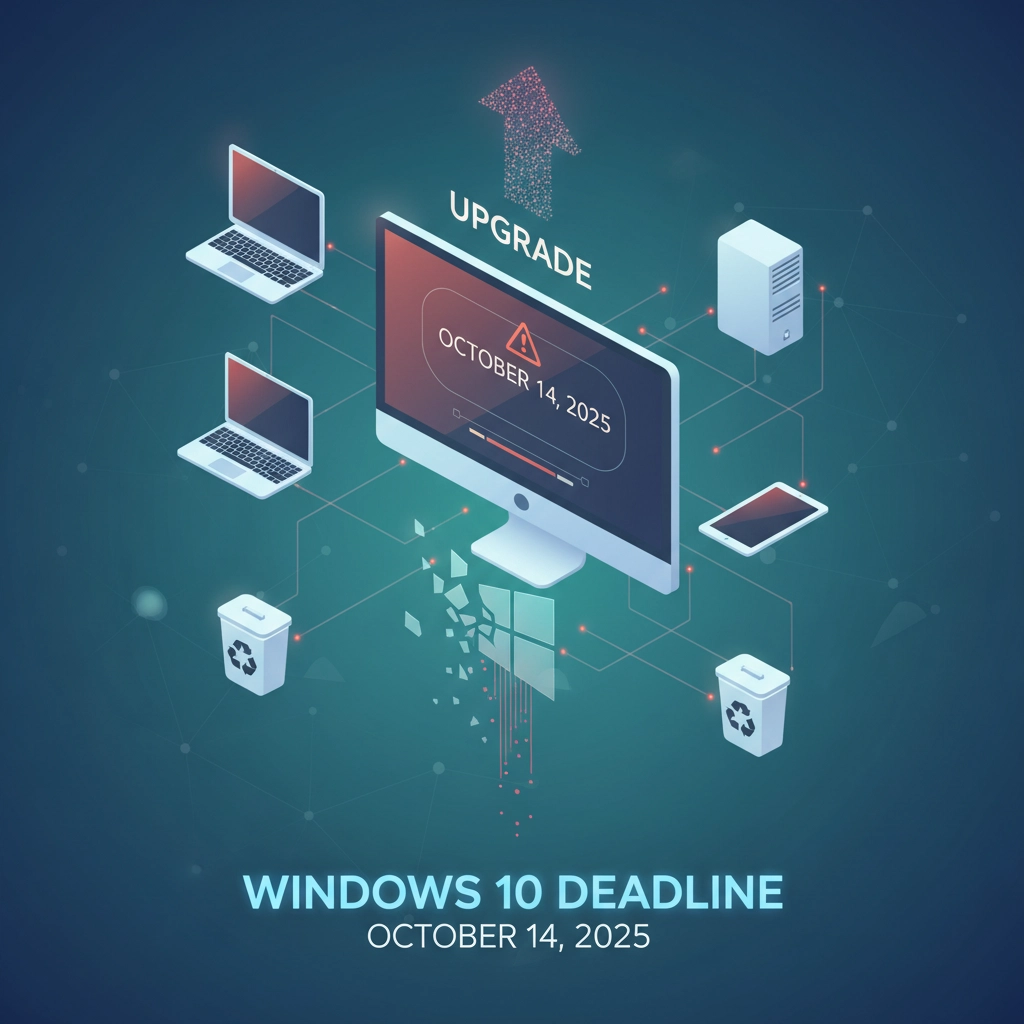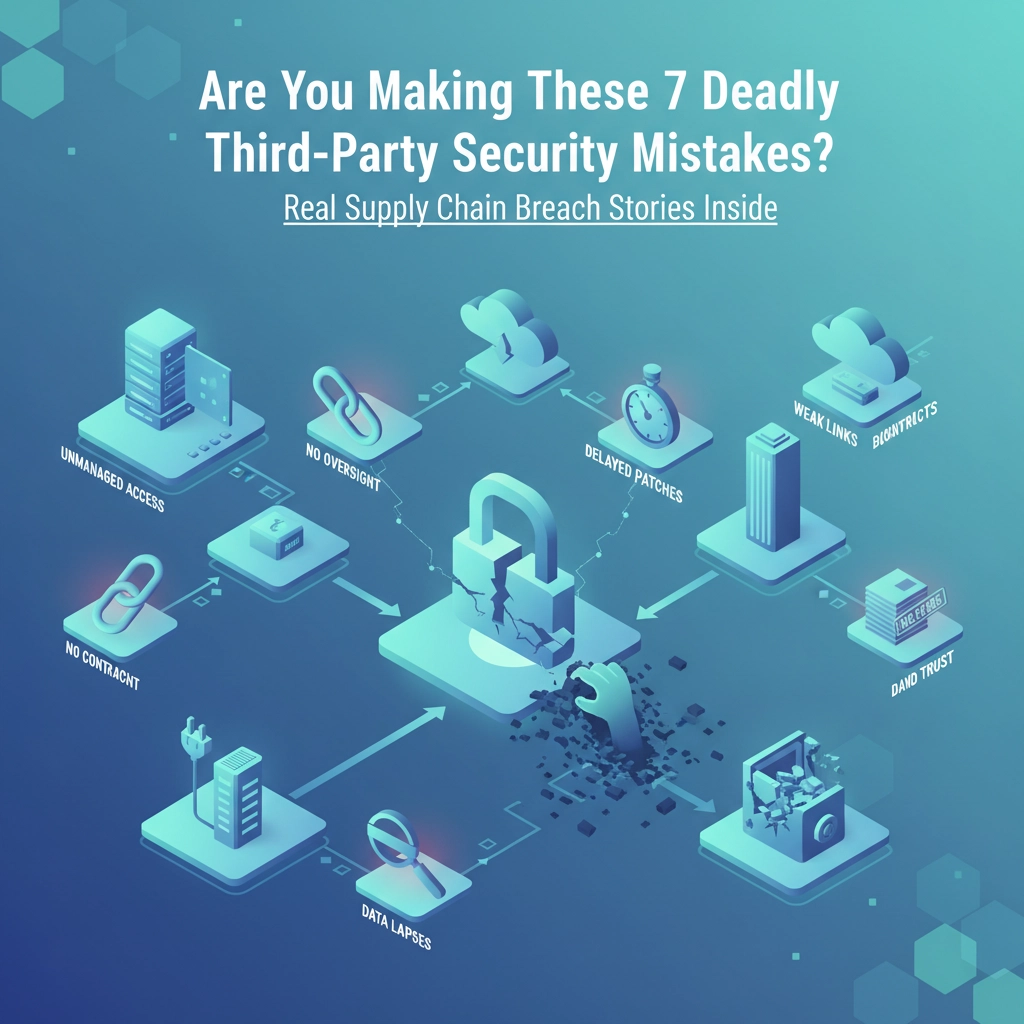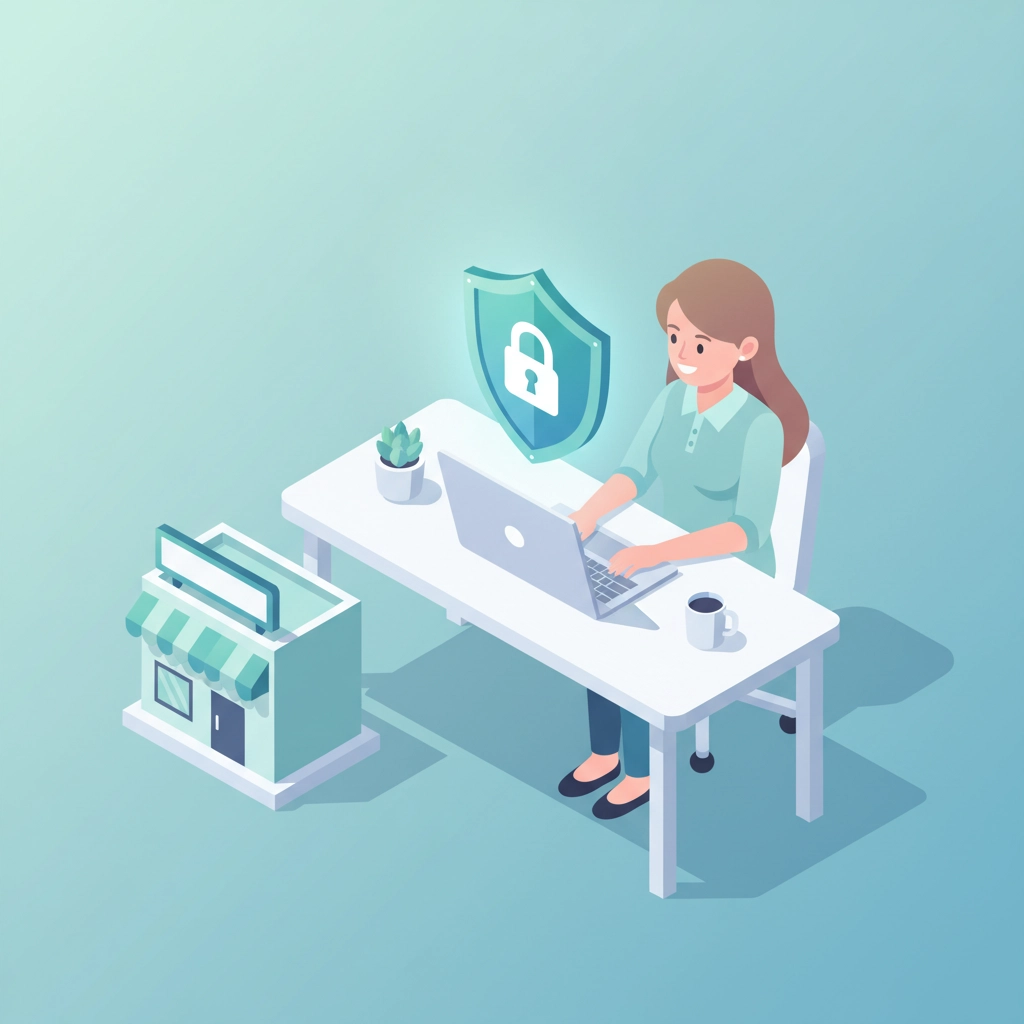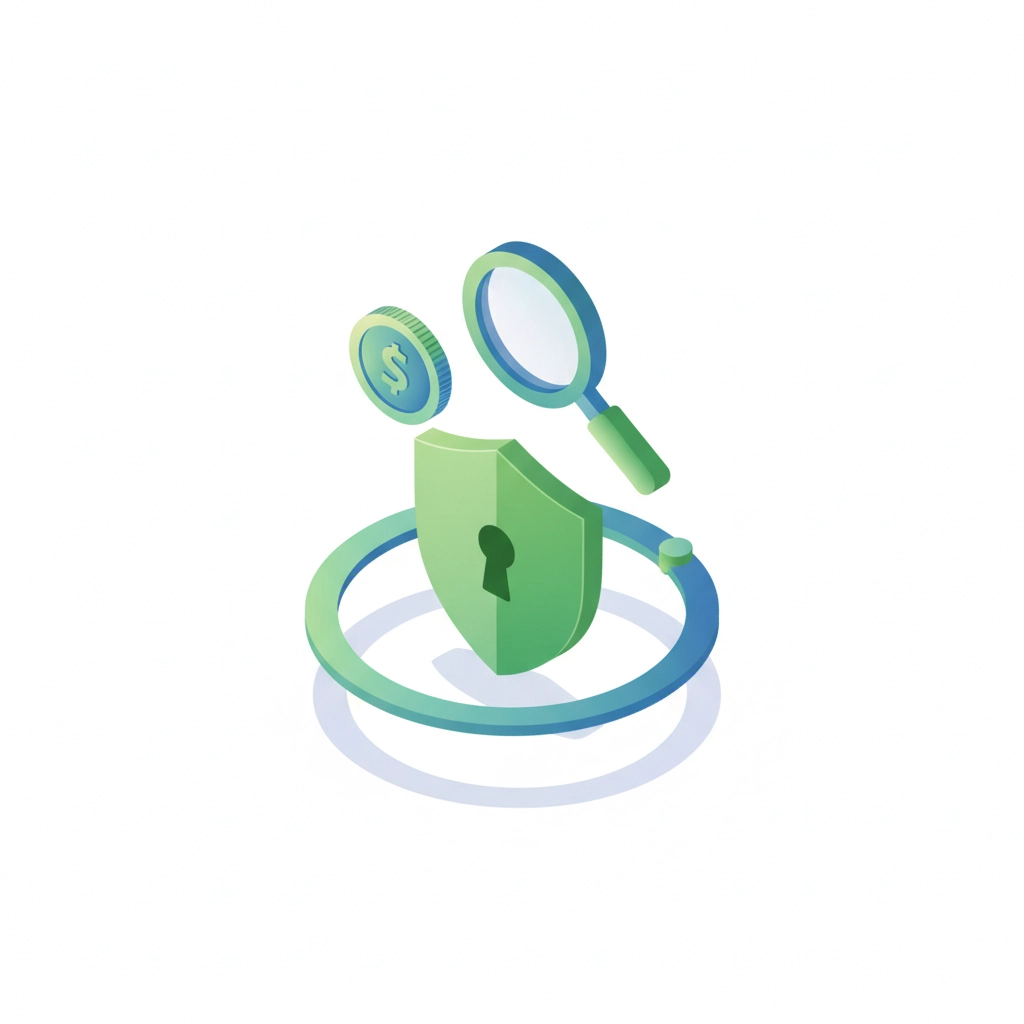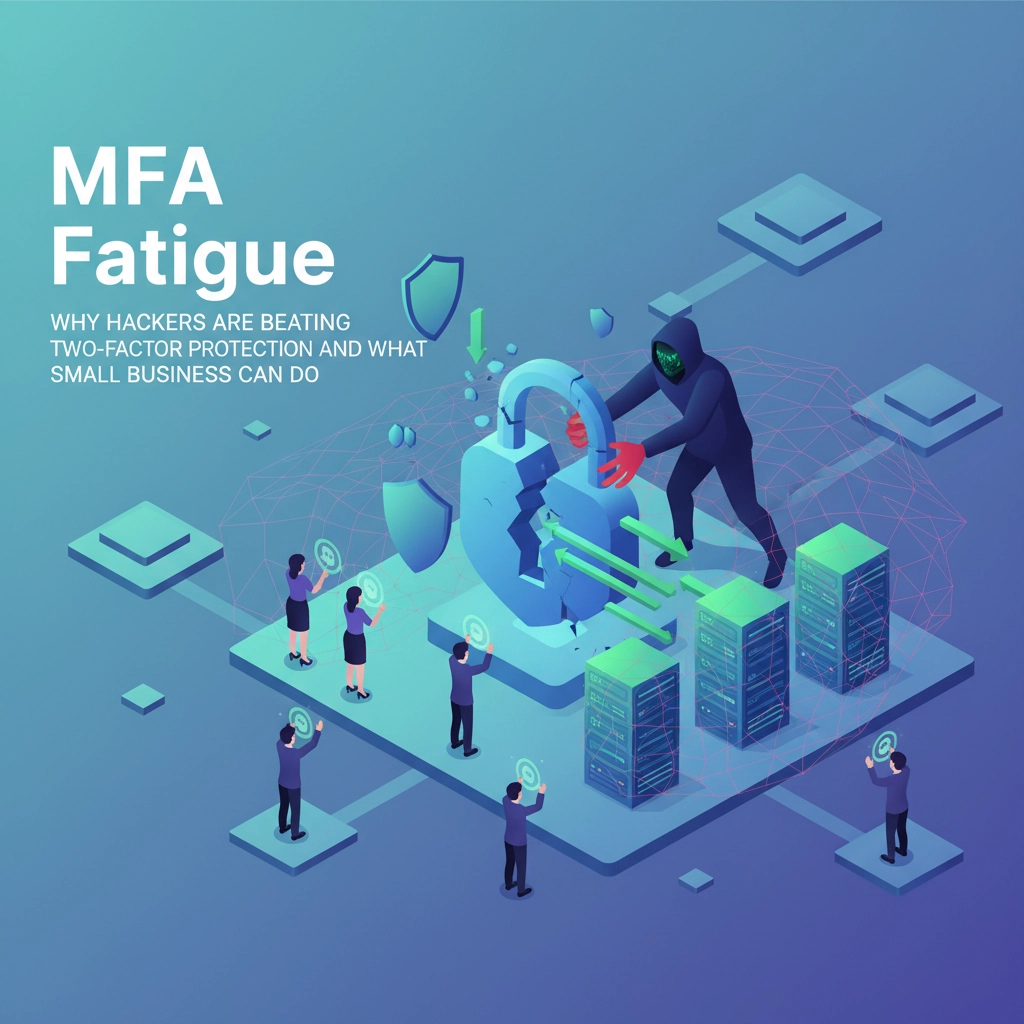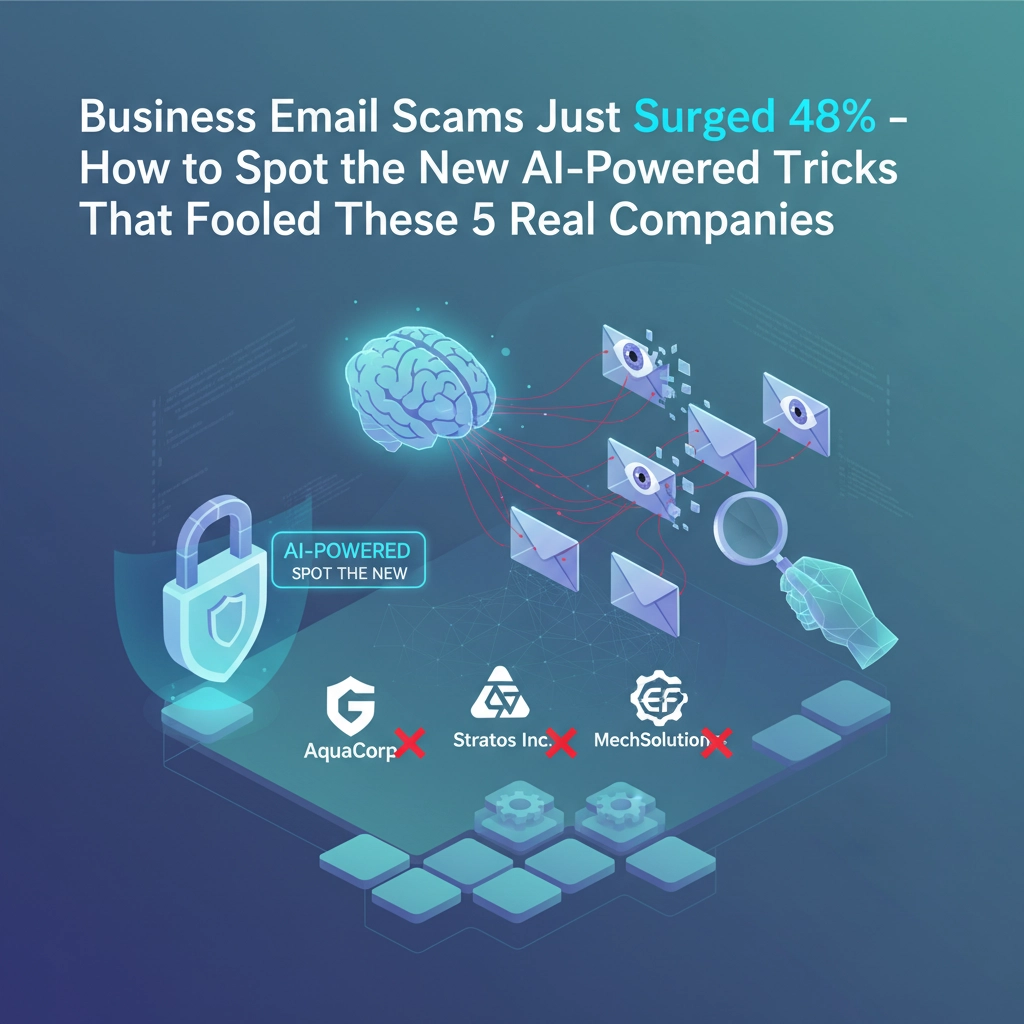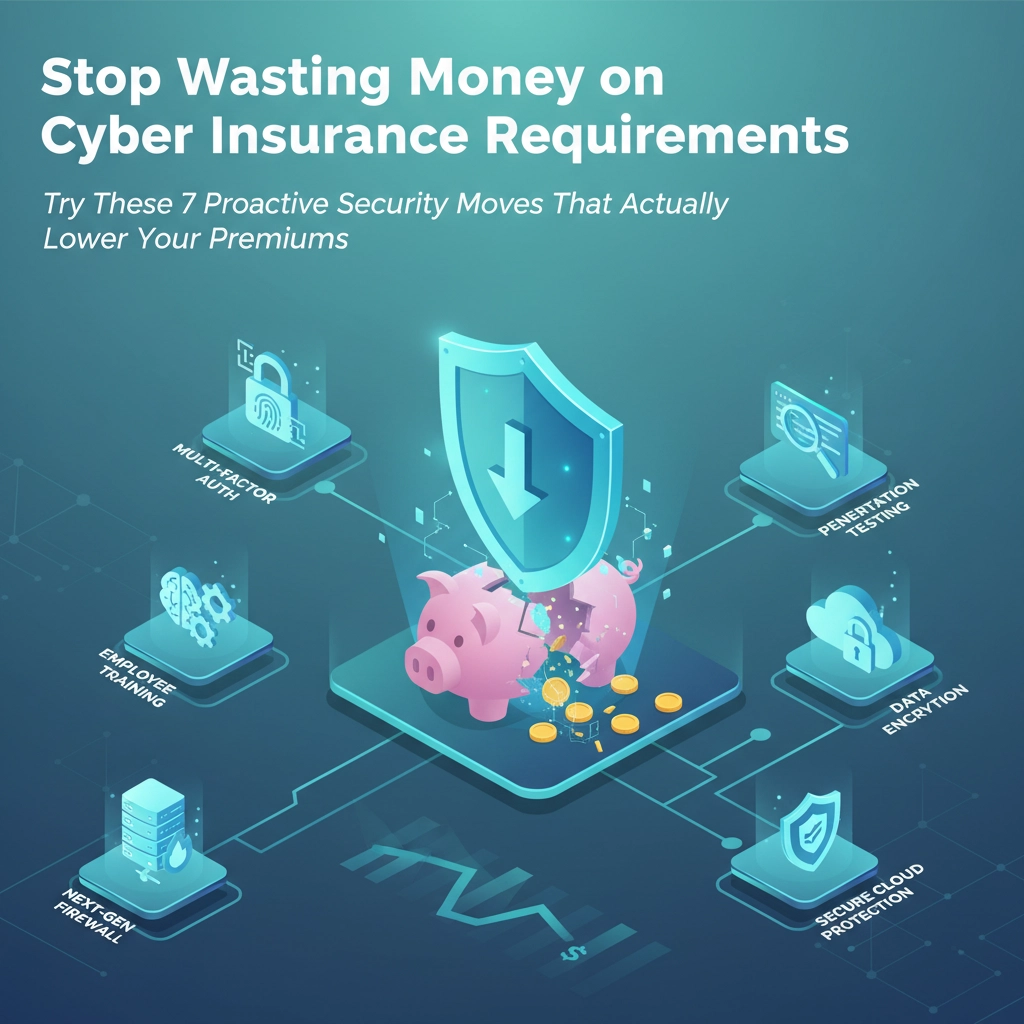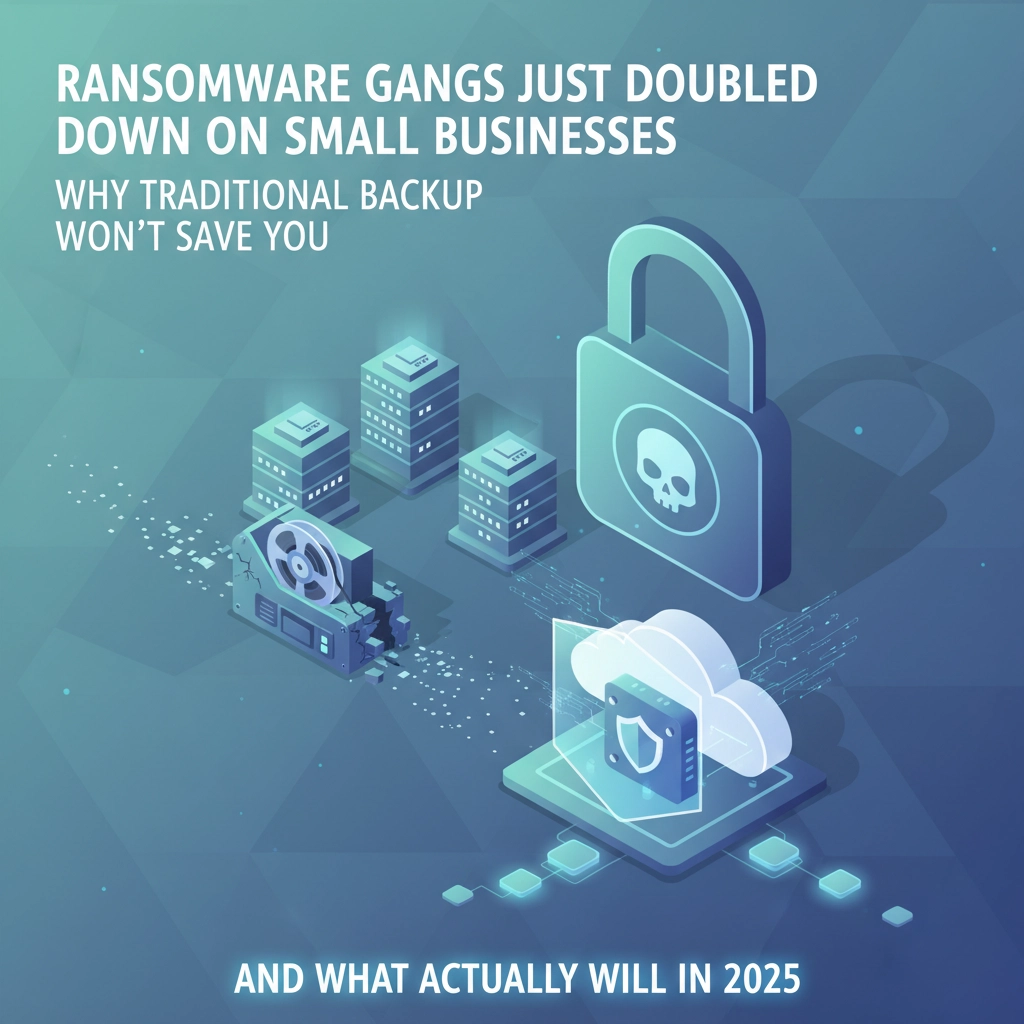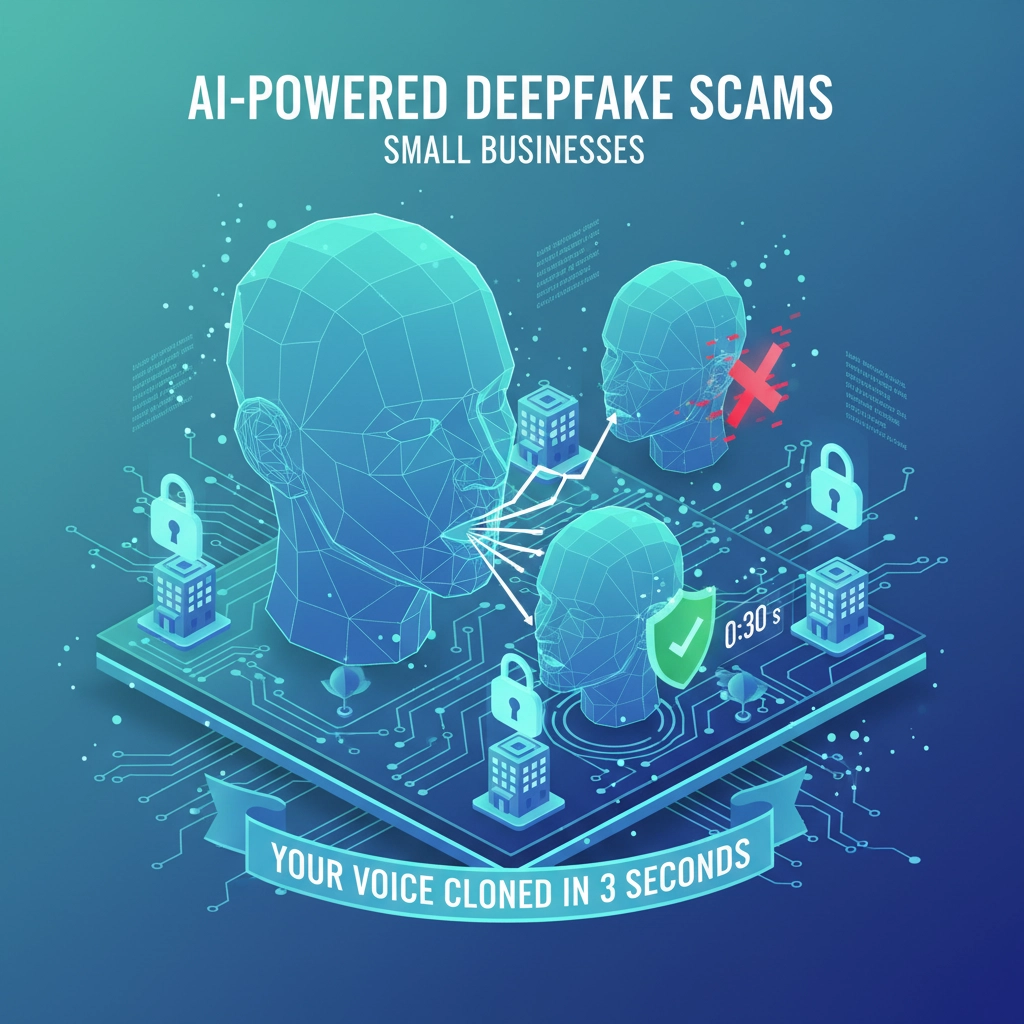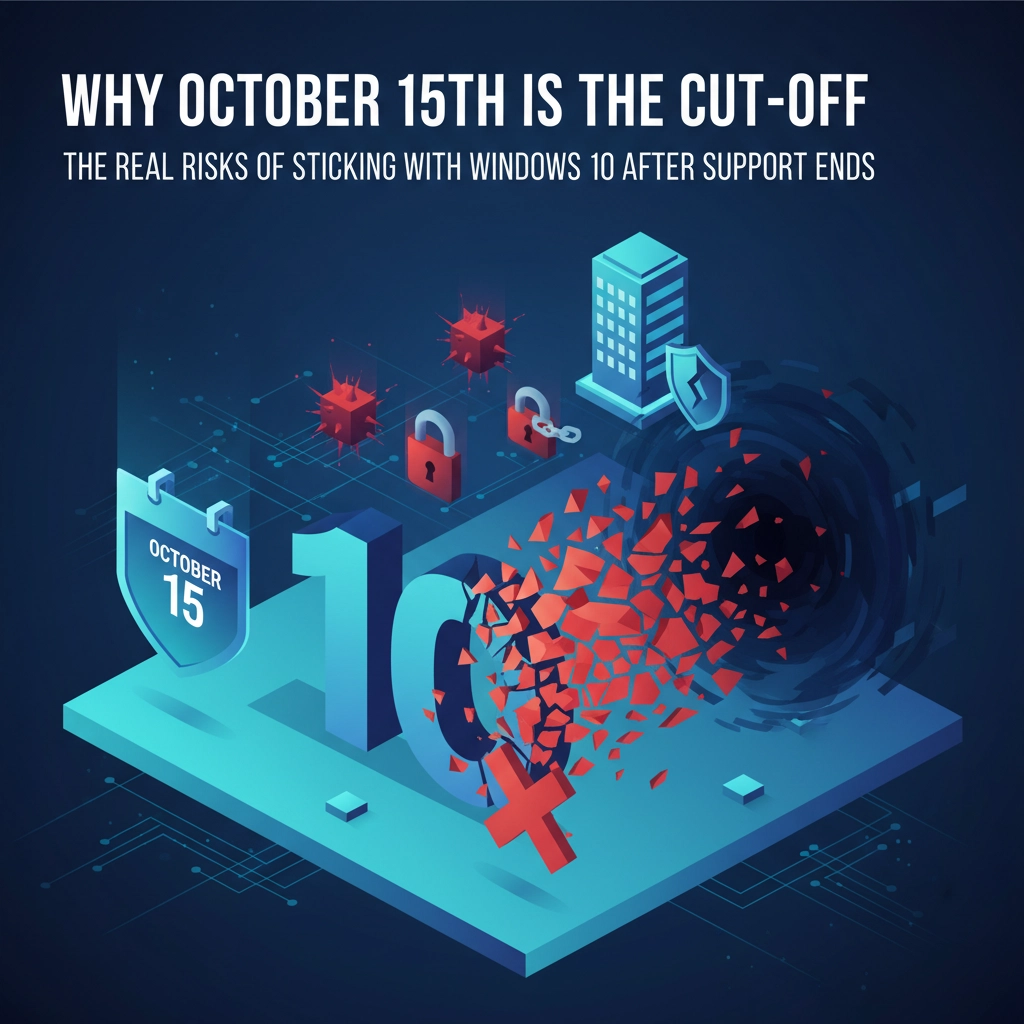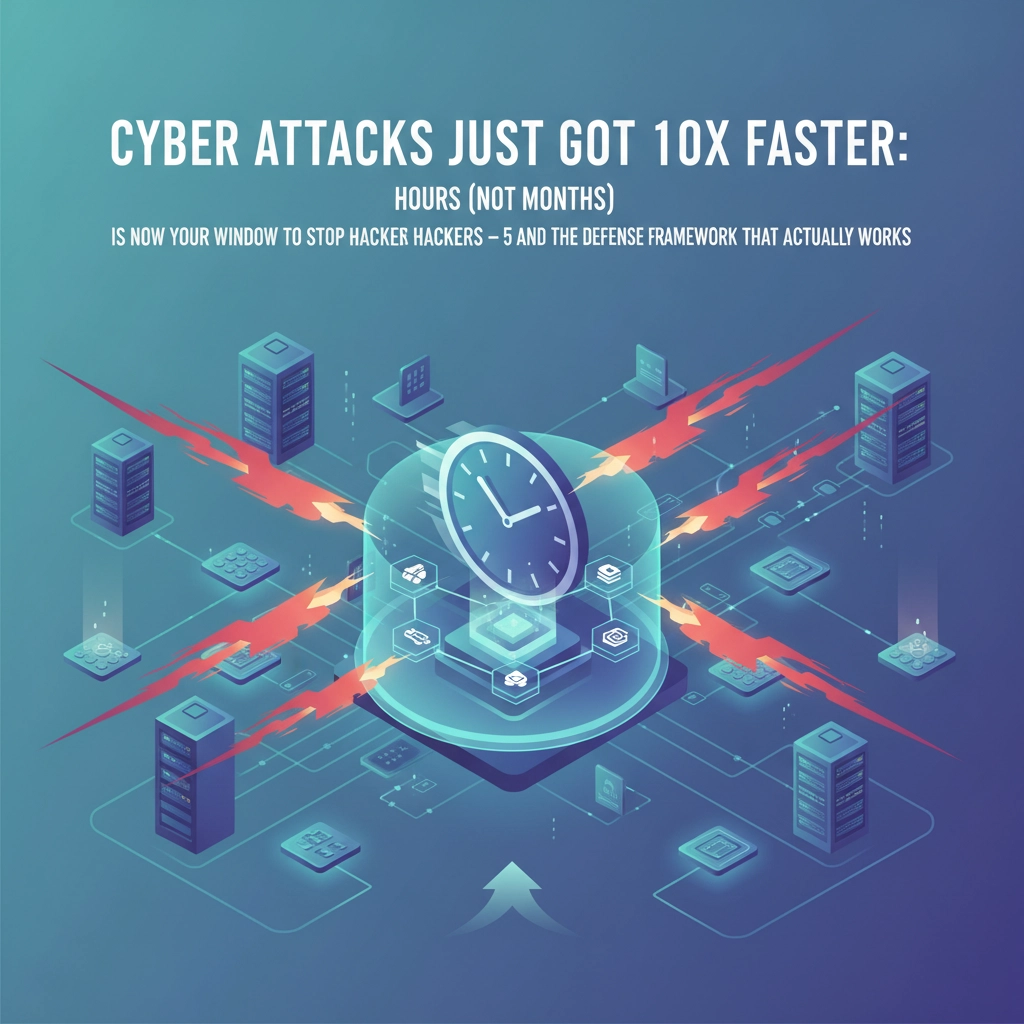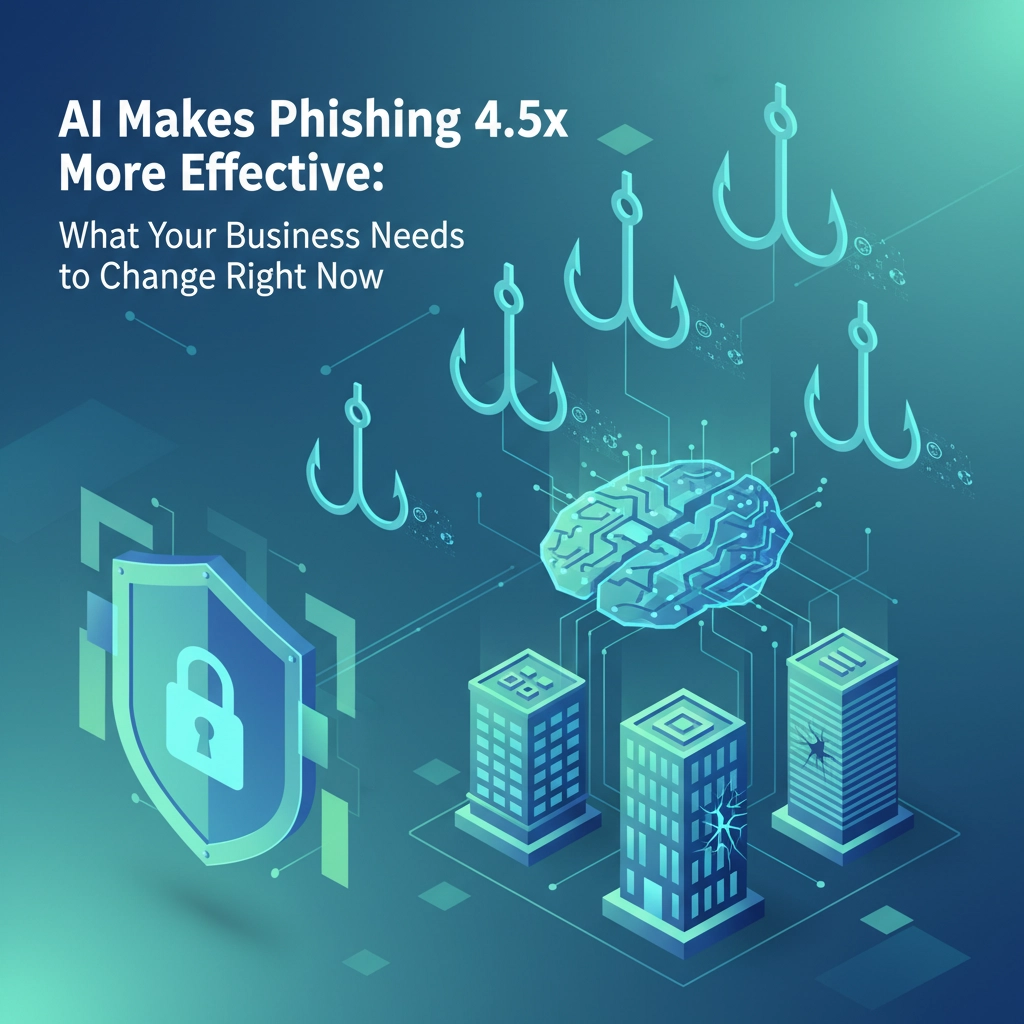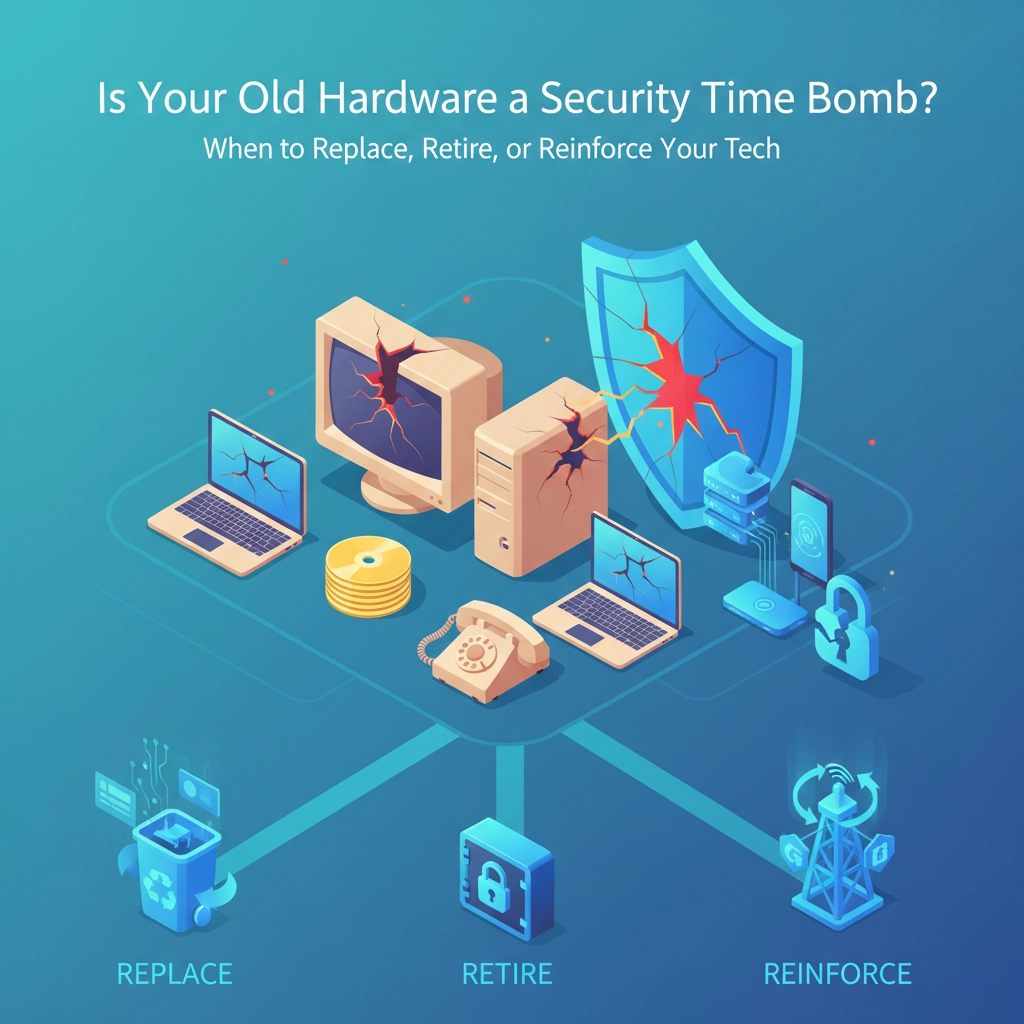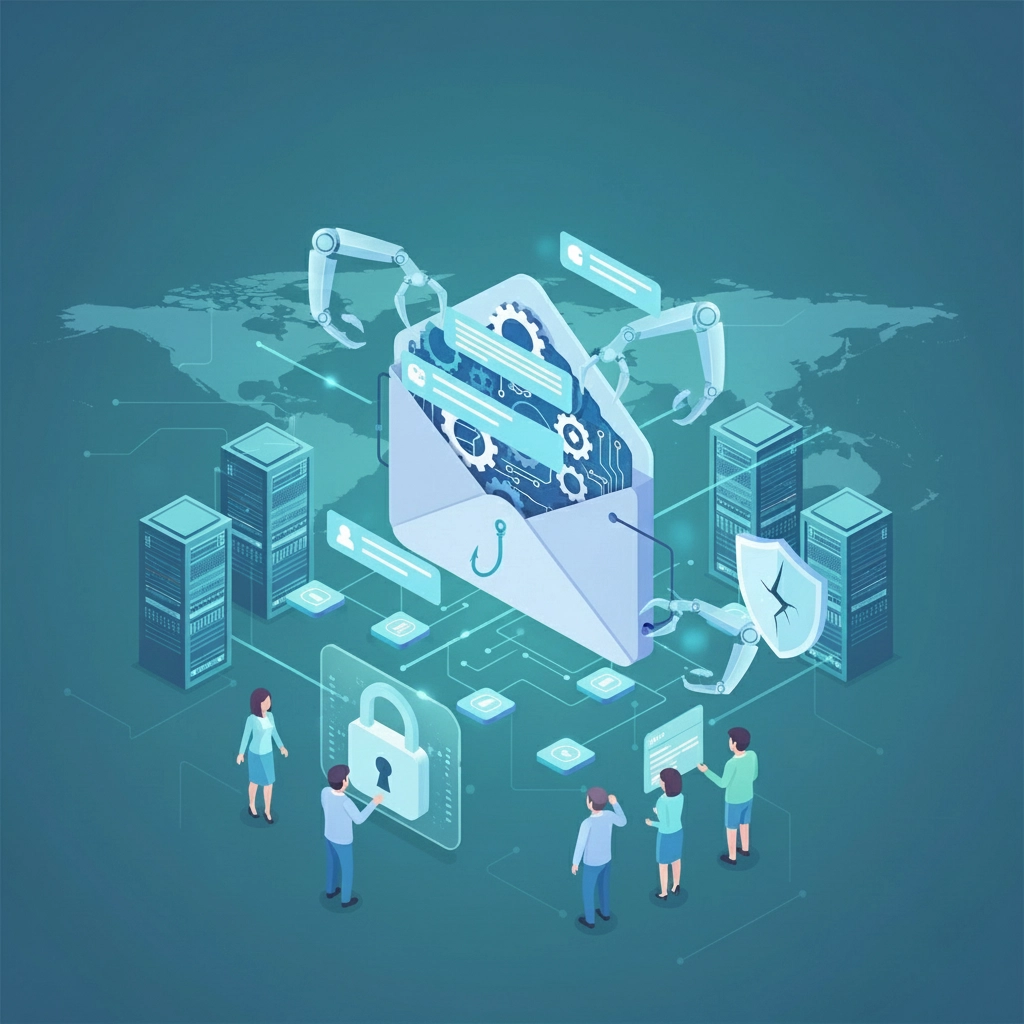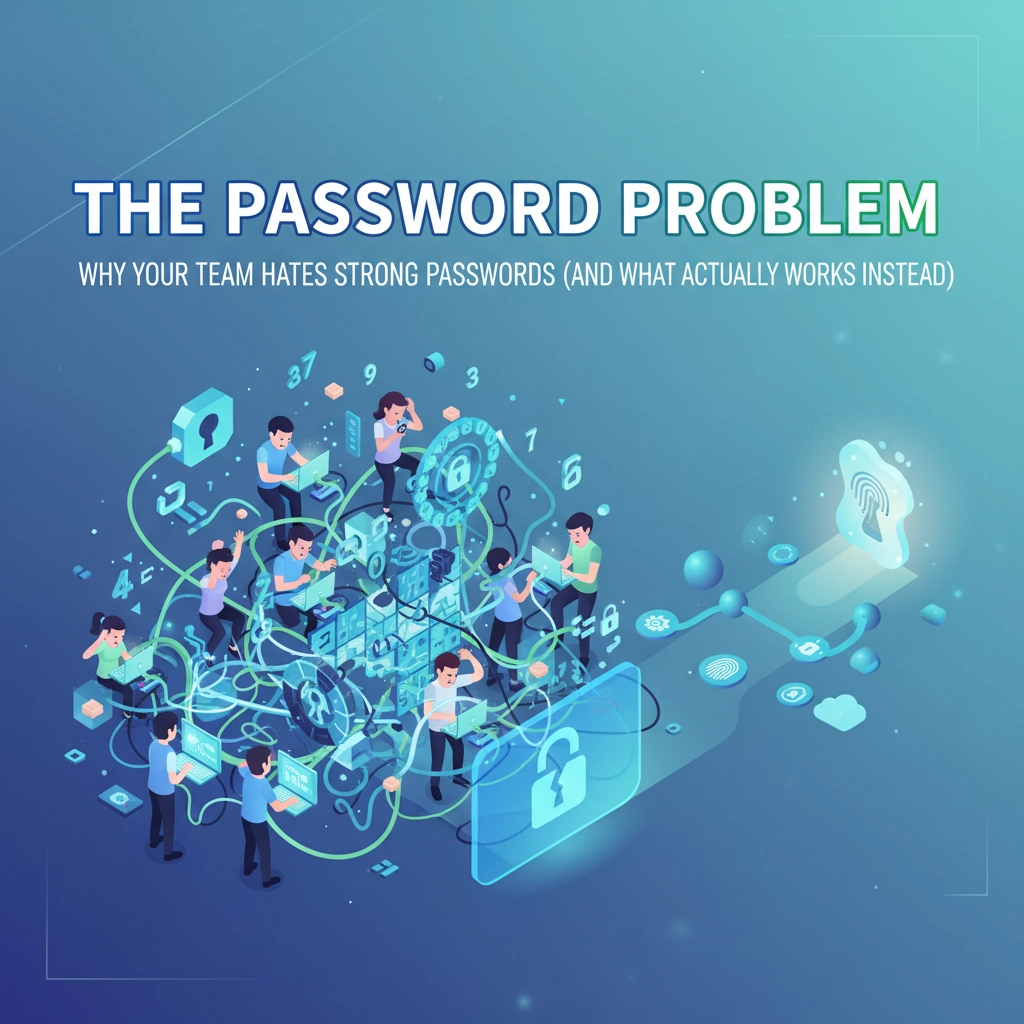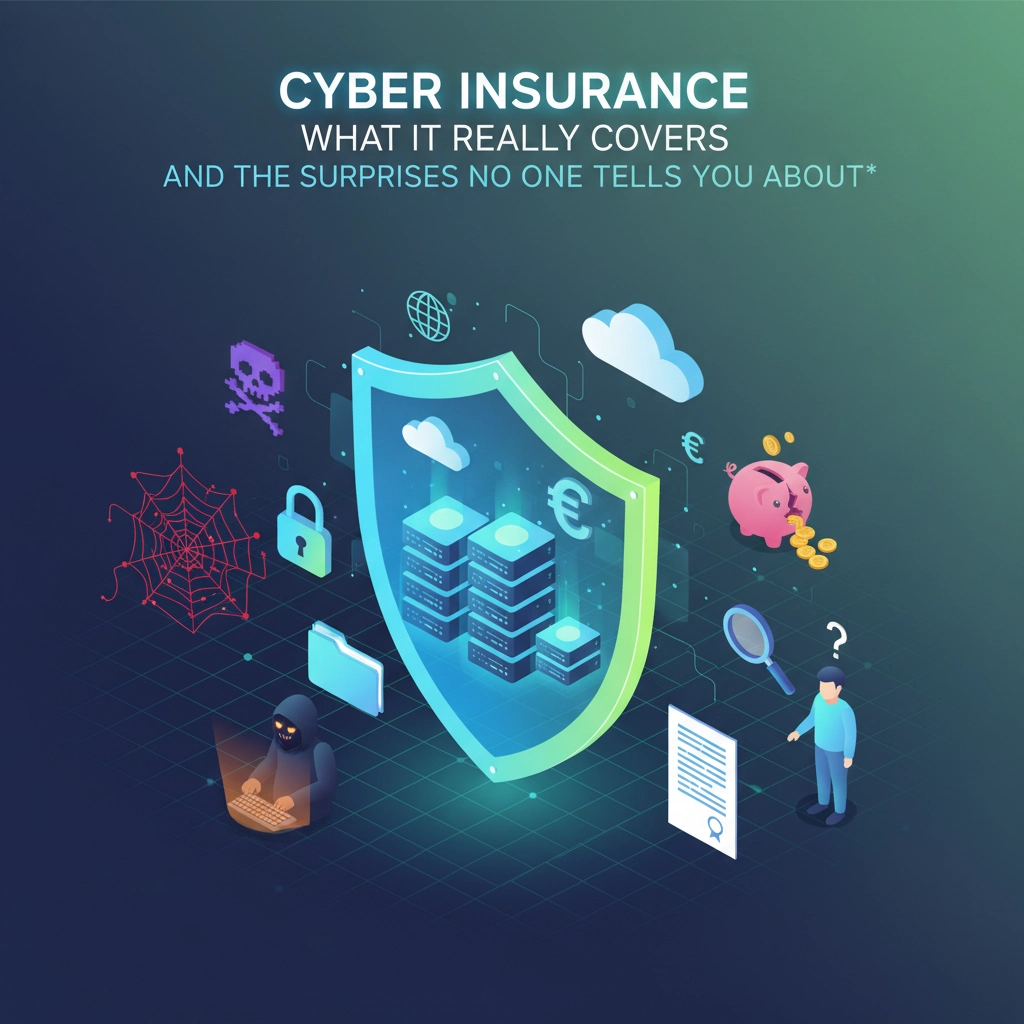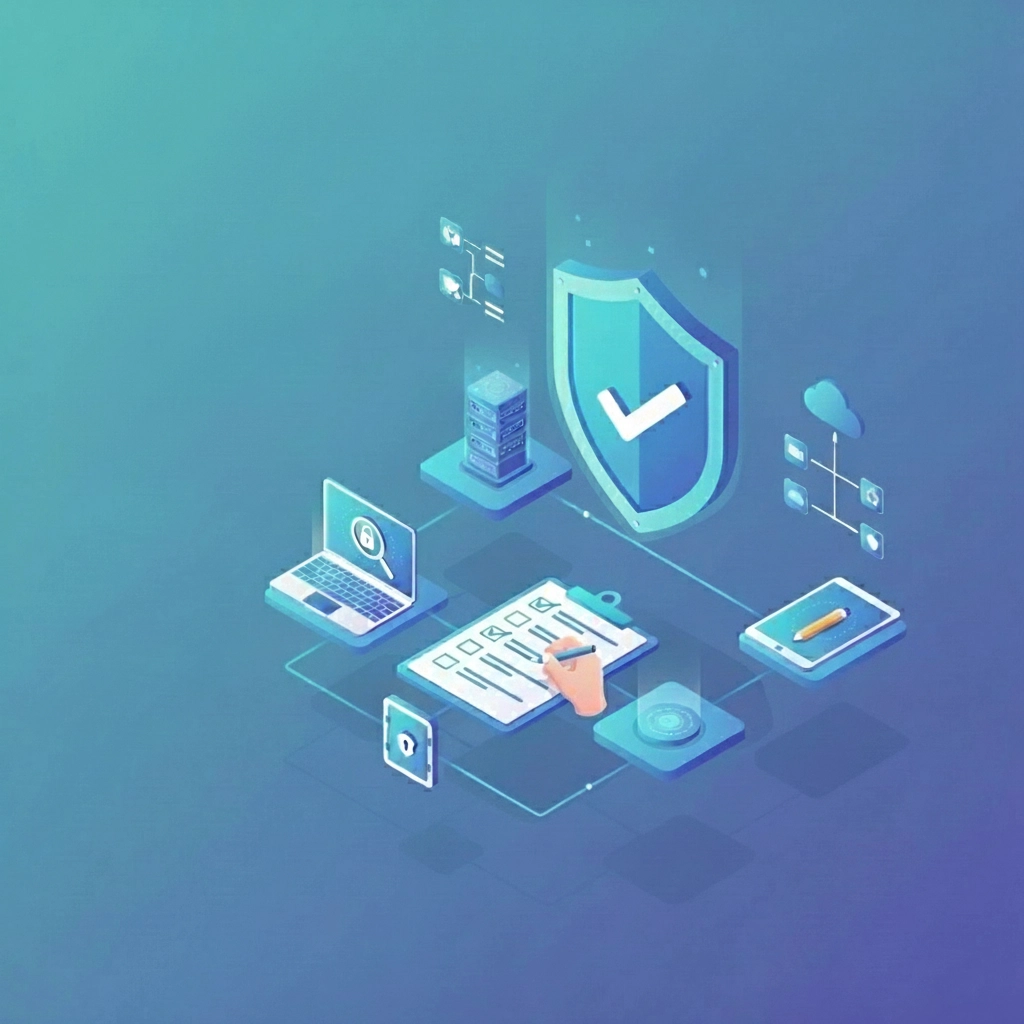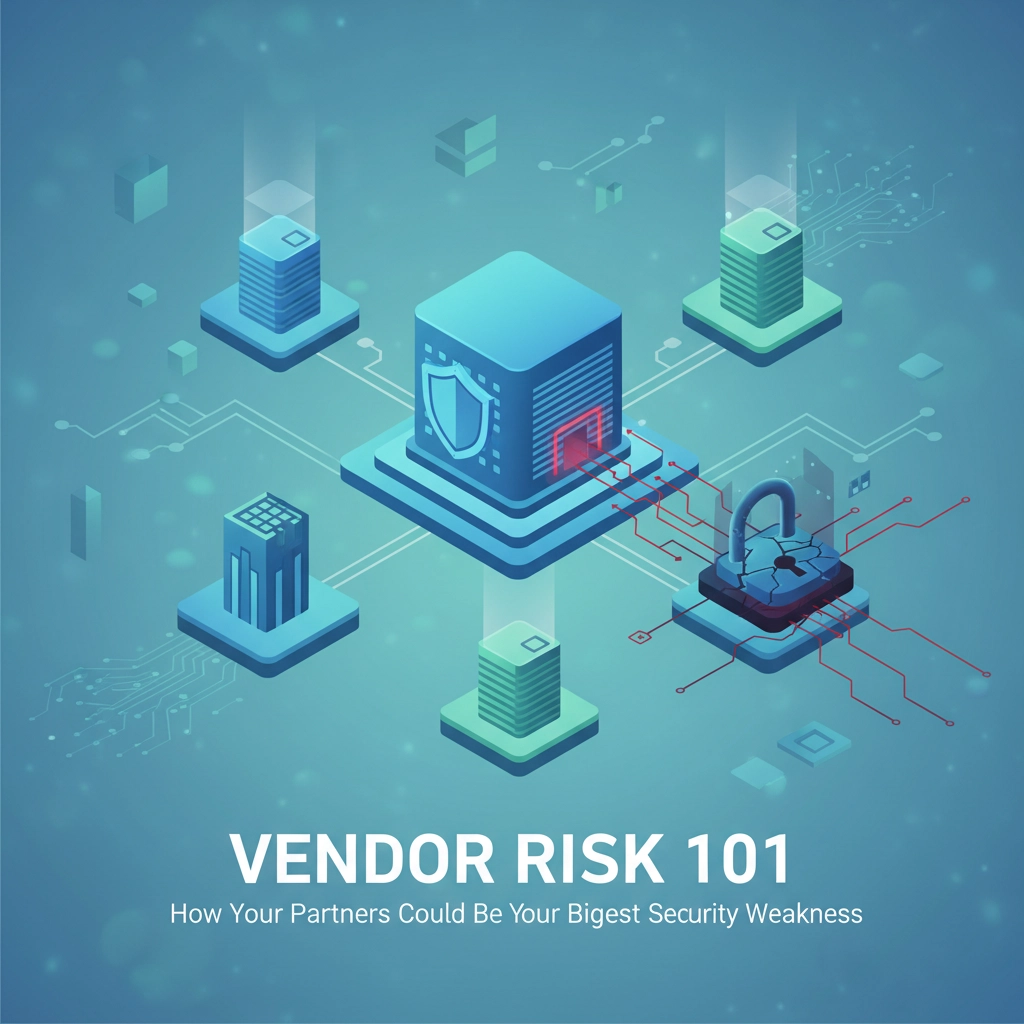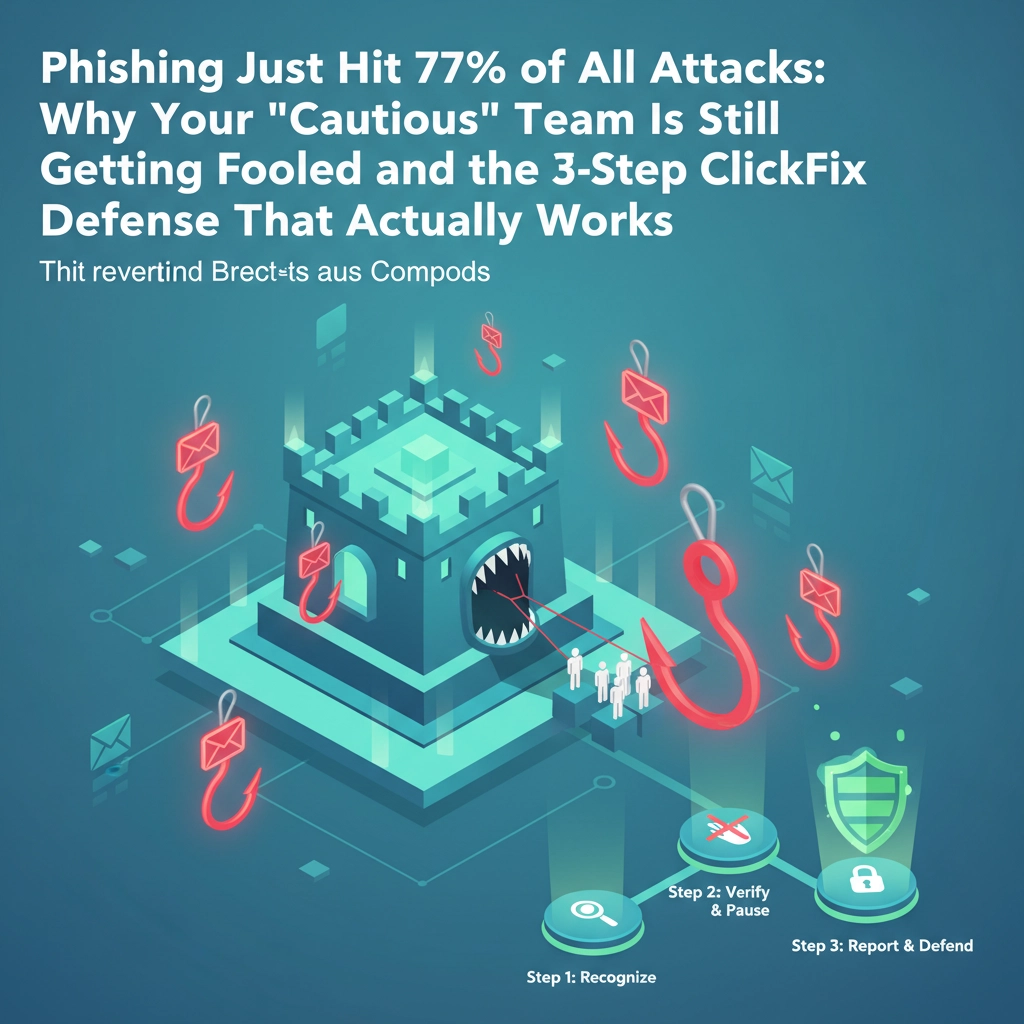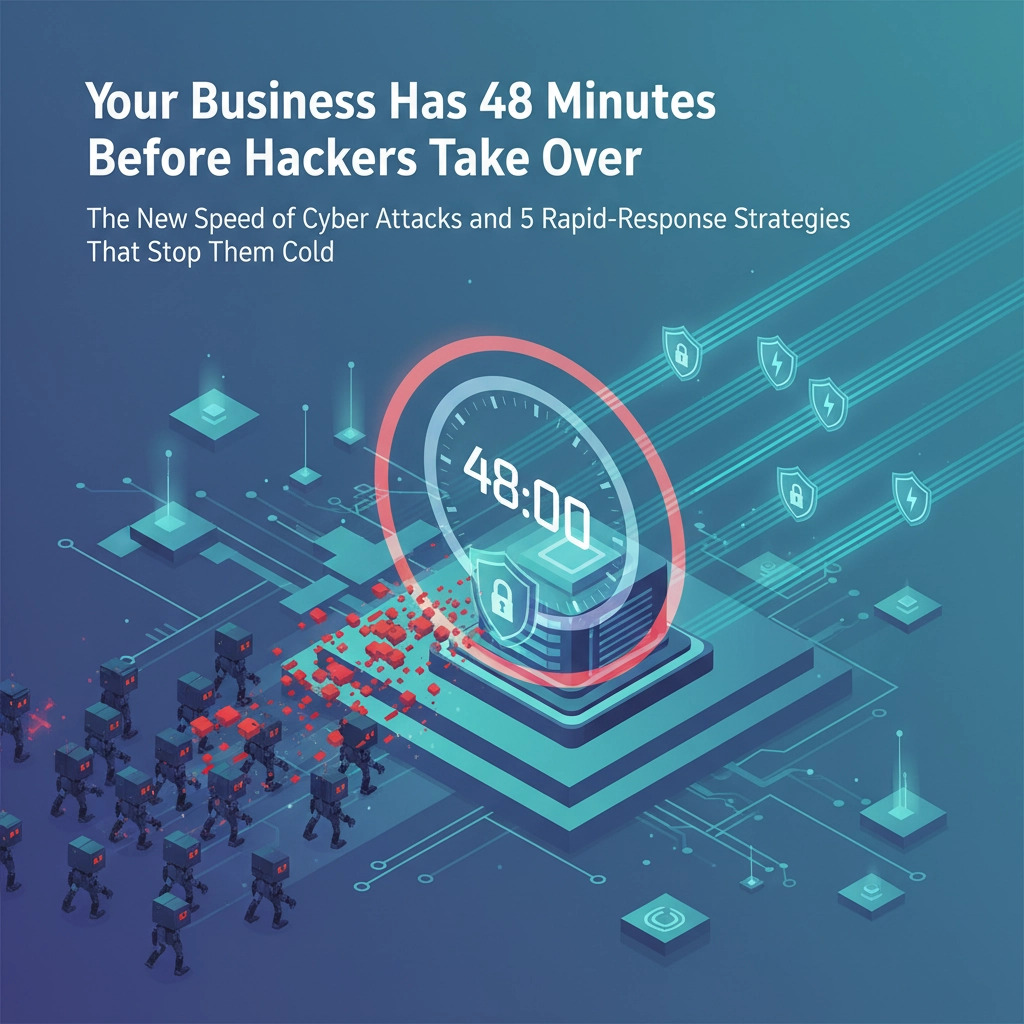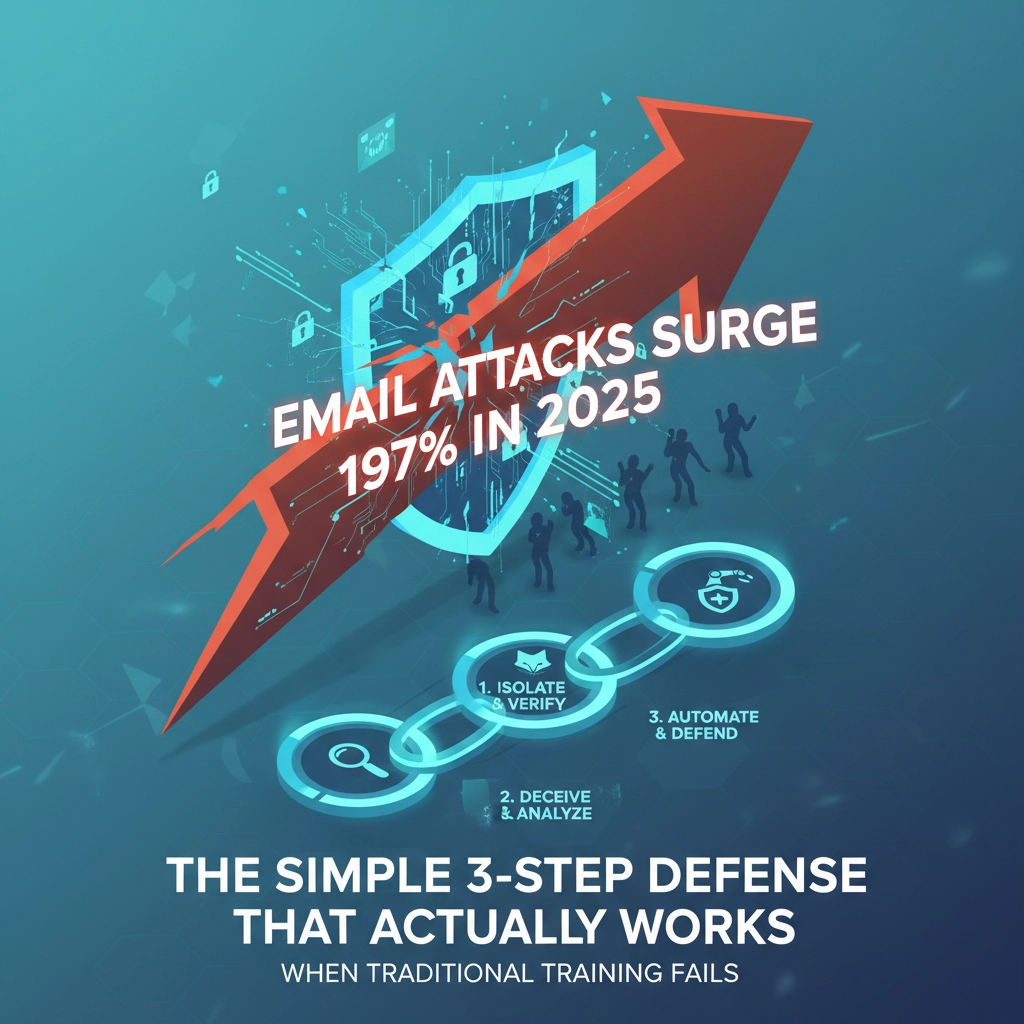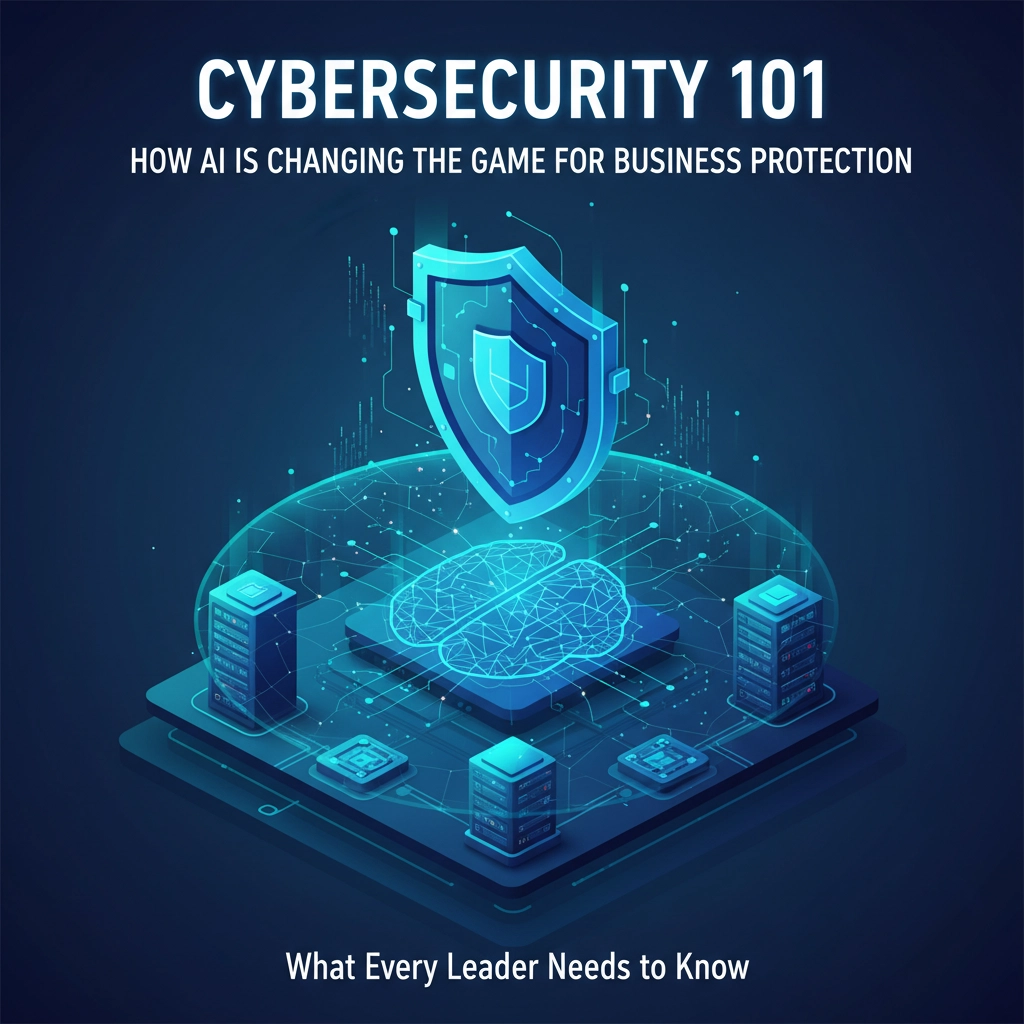Look, I need to set the record straight right off the bat. While headlines love throwing around scary numbers like "400% surge," the reality is that supply chain attacks have actually doubled since April 2025 – which is still absolutely terrifying, but let's stick to facts here.
We're seeing an average of 26 supply chain attacks per month since April, compared to 13 per month earlier in the year. That's a 100% increase, and frankly, that's more than enough to keep any business owner awake at night. July alone saw 30 separate incidents, making these attacks practically a daily occurrence.
But here's what really matters: 45% of organizations worldwide will experience a supply chain attack by the end of 2025. That's nearly every other business. The question isn't whether you'll be targeted – it's whether you'll be ready.
Why Supply Chain Attacks Are So Devastatingly Effective
Think of your business like a fortress. You've got great walls, armed guards, and state-of-the-art security systems. But what if I told you there's a trusted delivery truck that comes through your gates every day – and one day, that truck is loaded with explosives instead of supplies?
That's exactly how supply chain attacks work. Instead of trying to break through your defenses, hackers compromise your vendors, suppliers, or service providers first. Then they use those trusted relationships to waltz right through your front door.
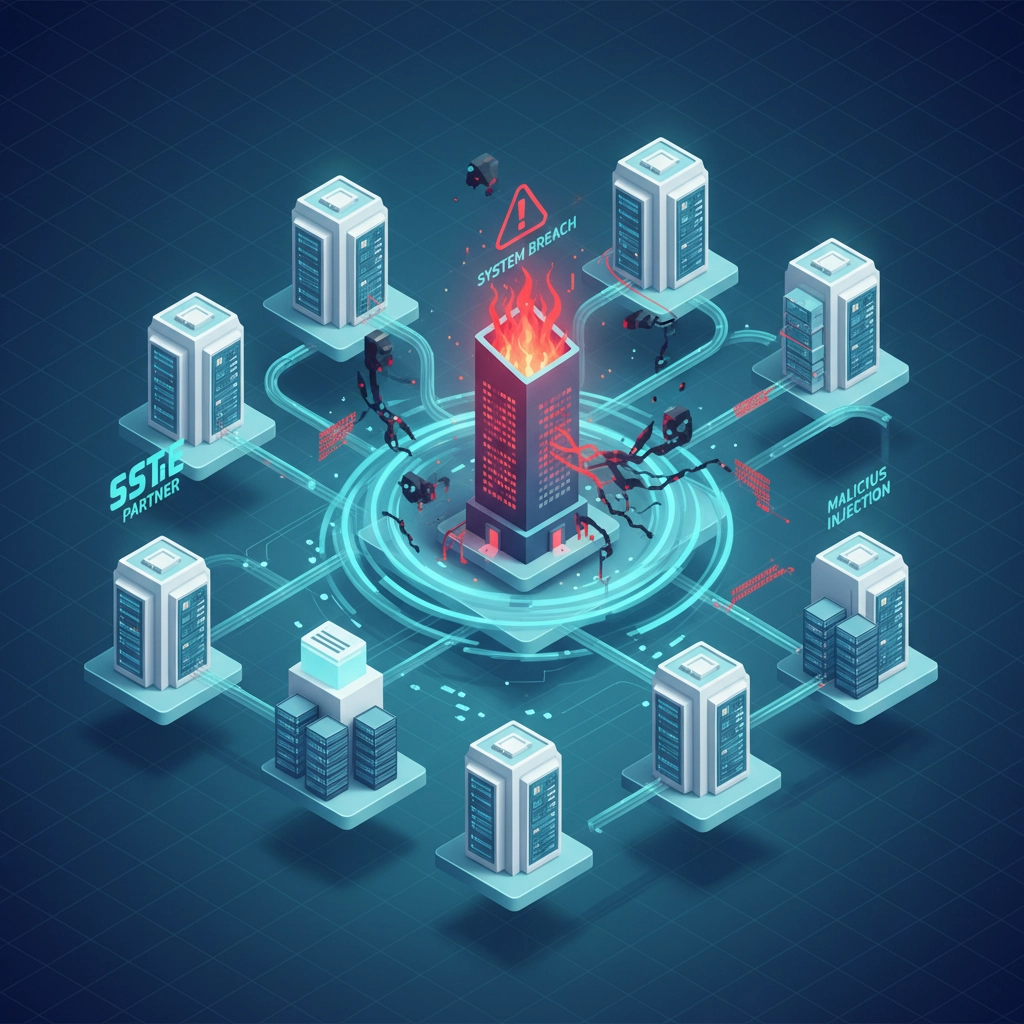
The 3CX attack is a perfect example. Hackers didn't go after 3CX directly. Instead, they compromised Trading Technologies software first. When a 3CX employee downloaded that infected software, it poisoned 3CX's entire build process, pushing malicious updates to all their customers. Brilliant? Absolutely. Terrifying? You bet.
This strategy works because of what experts call "cyber inequity" – the massive gap between your security budget and your smallest vendor's security budget. Your chain is only as strong as its weakest link, and that link probably doesn't have a CISO or a cybersecurity budget.
The 5 Deadly Vendor Trust Mistakes That Could Kill Your Business
Mistake #1: Giving Third-Party Access Without Continuous Oversight
Here's a painful truth: more than one-third of organizations experienced three or more supply chain incidents this year. That's not a coincidence – it's what happens when you hand out access like candy on Halloween and then forget to check who's actually using it.
Your vendors need access to do their jobs, but are you monitoring what they're doing with that access? Are you getting alerts when they log in from unusual locations? Do you even know how many vendors have administrative privileges to your systems?
Most businesses set up vendor access once and never look back. That's like giving someone the keys to your house and never changing the locks.
Mistake #2: Not Demanding Software Bill of Materials (SBOM)
Quick question: Do you know every component that makes up the software your vendors provide? If you can't answer that with confidence, you're flying blind.
A Software Bill of Materials is like an ingredient list for software. Just like you'd want to know if your food contains allergens, you need to know if your vendor's software contains vulnerable components. Without an SBOM, you can't assess risks, track vulnerabilities, or comply with frameworks like NIST or ISO 27001.
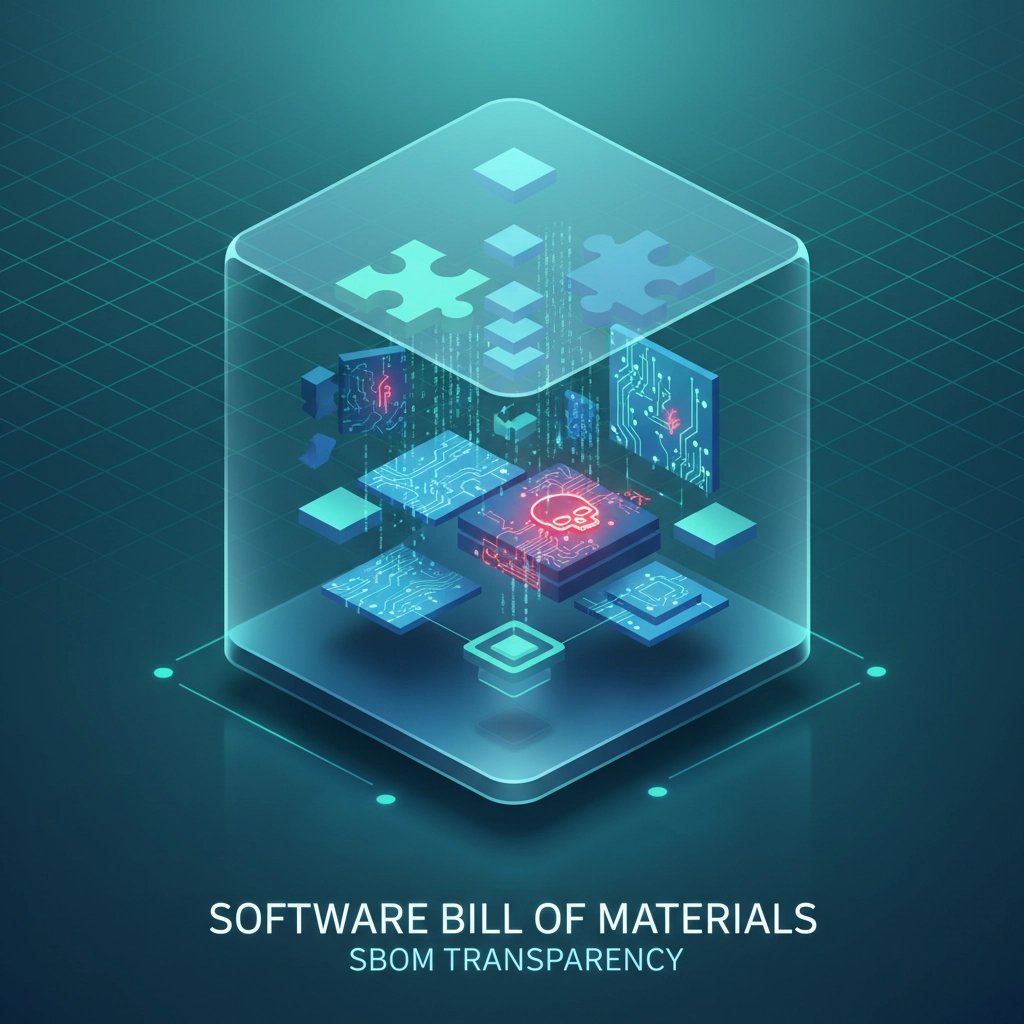
The scary part? Most vendors can't provide an accurate SBOM because they don't even know what's in their own software. They're using third-party libraries, open-source components, and inherited code that could contain decade-old vulnerabilities.
Mistake #3: Trusting Vendor Reputation Over Security Assessment
"They're a big company, they must be secure."
Wrong. Dead wrong.
IT and software companies are being targeted more than any other sector precisely because everyone assumes they're secure. Hackers know that compromising one IT vendor gives them access to hundreds or thousands of downstream victims.
SolarWinds was a massive, trusted company. So was Kaseya. So was 3CX. Reputation means nothing when you're dealing with sophisticated threat actors who spend months planning their attacks.
You need to verify vendor security through rigorous assessment, not trust it based on their marketing materials or client list.
Mistake #4: Ignoring Zero-Day and Unpatched Vulnerabilities
This year alone, we've seen widespread exploitation of vulnerabilities in Citrix NetScaler, Microsoft SharePoint, and dozens of other enterprise tools. Ransomware groups are specifically targeting these unpatched vulnerabilities because they know businesses are slow to update.
But here's the kicker: you're not just responsible for patching your own systems anymore. You need to track vulnerabilities in every system your vendors use, every service they provide, and every piece of software they install on your network.
If your vendor gets compromised through an unpatched vulnerability, guess who else gets compromised? That's right – you do.
Mistake #5: Failing to Plan for Vendor Failure
Let me paint you a picture: It's 3 AM, and your critical vendor just got hit by ransomware. Their systems are down, your data might be compromised, and you have customers depending on services that are now offline.
Do you have a plan for that? Most businesses don't.
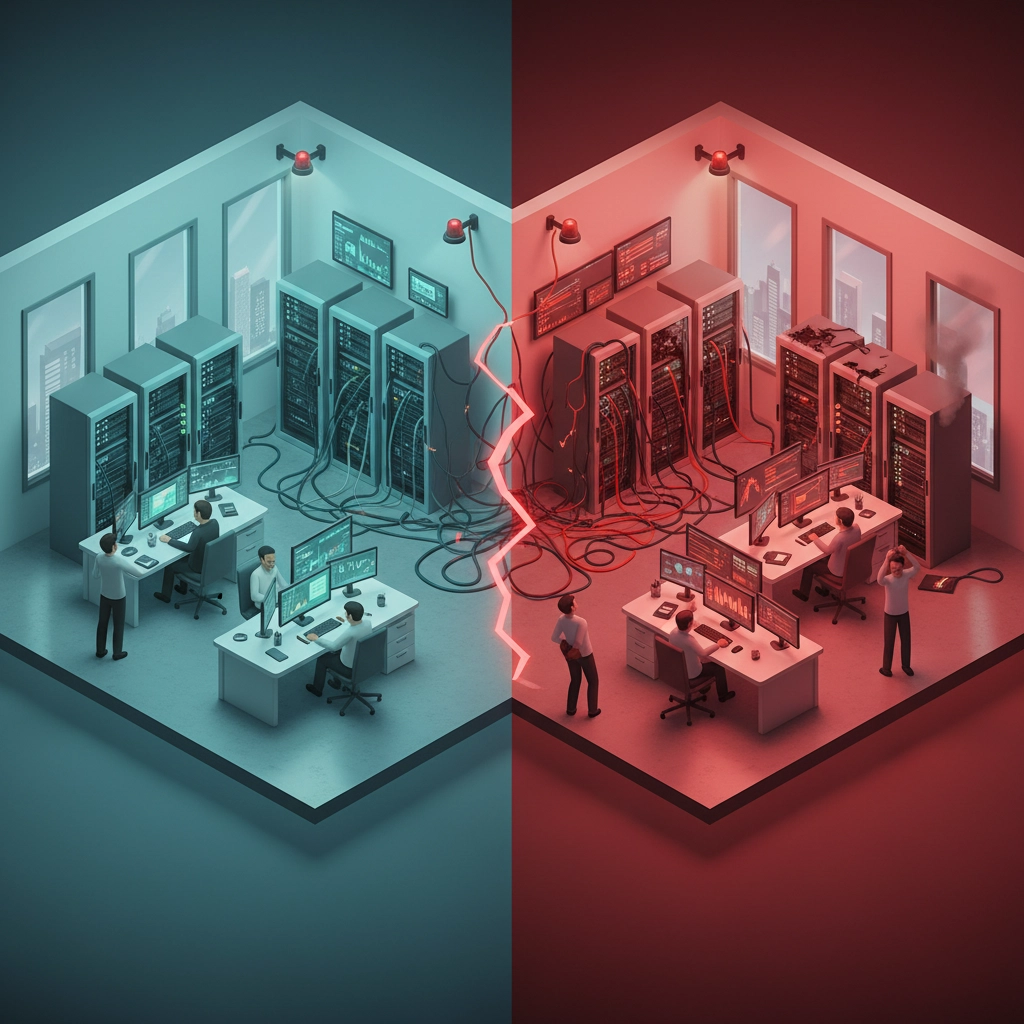
You need immutable, air-gapped, tested backups that ensure clean recovery when vendors fail. You need incident response playbooks specifically for vendor breaches. And you need to test these plans regularly, because when seconds count, you can't afford to figure it out on the fly.
Response times during vendor failures are measured in hours, not days. If you don't have a solid backup and recovery plan, those hours could turn into weeks of downtime.
The Financial Reality Check
Global supply chain attack costs are predicted to hit $60 billion this year and climb to $138 billion by 2031. One successful attack can yield data on tens of thousands of customers – one ransomware group recently claimed to have stolen data on 41,000 customers from a single company breach.
For small and medium businesses, a supply chain attack isn't just expensive – it's often fatal. The combination of direct costs, regulatory fines, customer loss, and reputation damage can put you out of business permanently.
The Regulatory Hammer Is Coming Down
Regulations like DORA in the EU, NIS2, HIPAA, and PCI DSS now require organizations to assess and manage cybersecurity risks from third-party providers. This isn't optional anymore – it's mandatory compliance.
CISOs consistently rank supply chain risk as their biggest challenge and the greatest area of unmanaged risk. If the experts are worried, you should be too.
What You Need to Do Right Now
The threat is real, it's growing, and it's targeting businesses exactly like yours. But you're not powerless. Here's what you can do today:
Start with a vendor risk assessment. Identify who has access to your systems, what data they can see, and how well they're protecting it. Demand SBOMs from software vendors. Implement continuous monitoring of third-party access.
Most importantly, stop treating cybersecurity as someone else's problem. Your vendors' security is your security. Their breach becomes your breach. Their failure becomes your failure.
Ready to get serious about supply chain security? At B&R Computers, we help businesses navigate these complex vendor relationships and build defense strategies that actually work. Don't wait for an attack to teach you these lessons the hard way.
Contact us today for a free vendor risk assessment and learn how to protect your business before it's too late.

